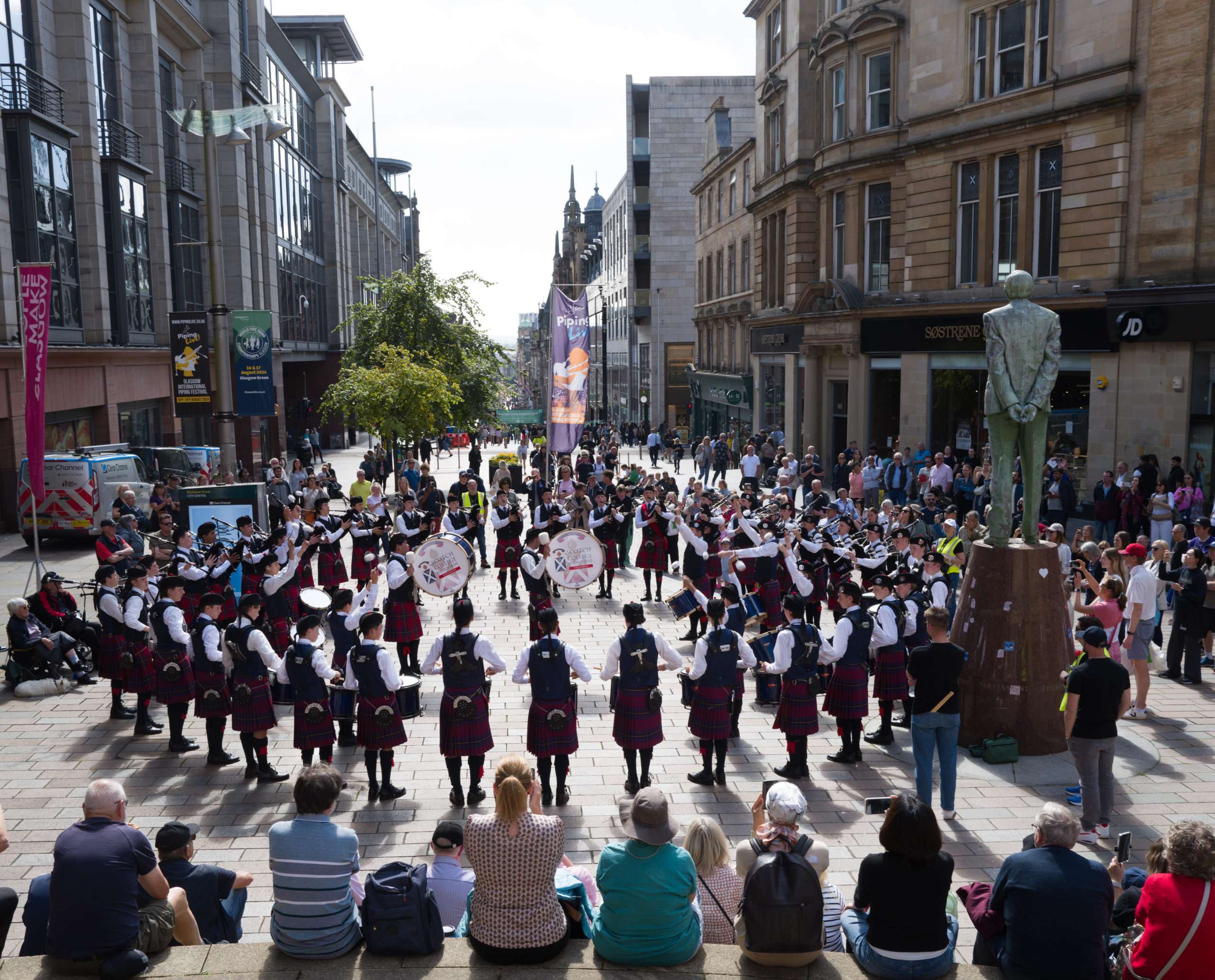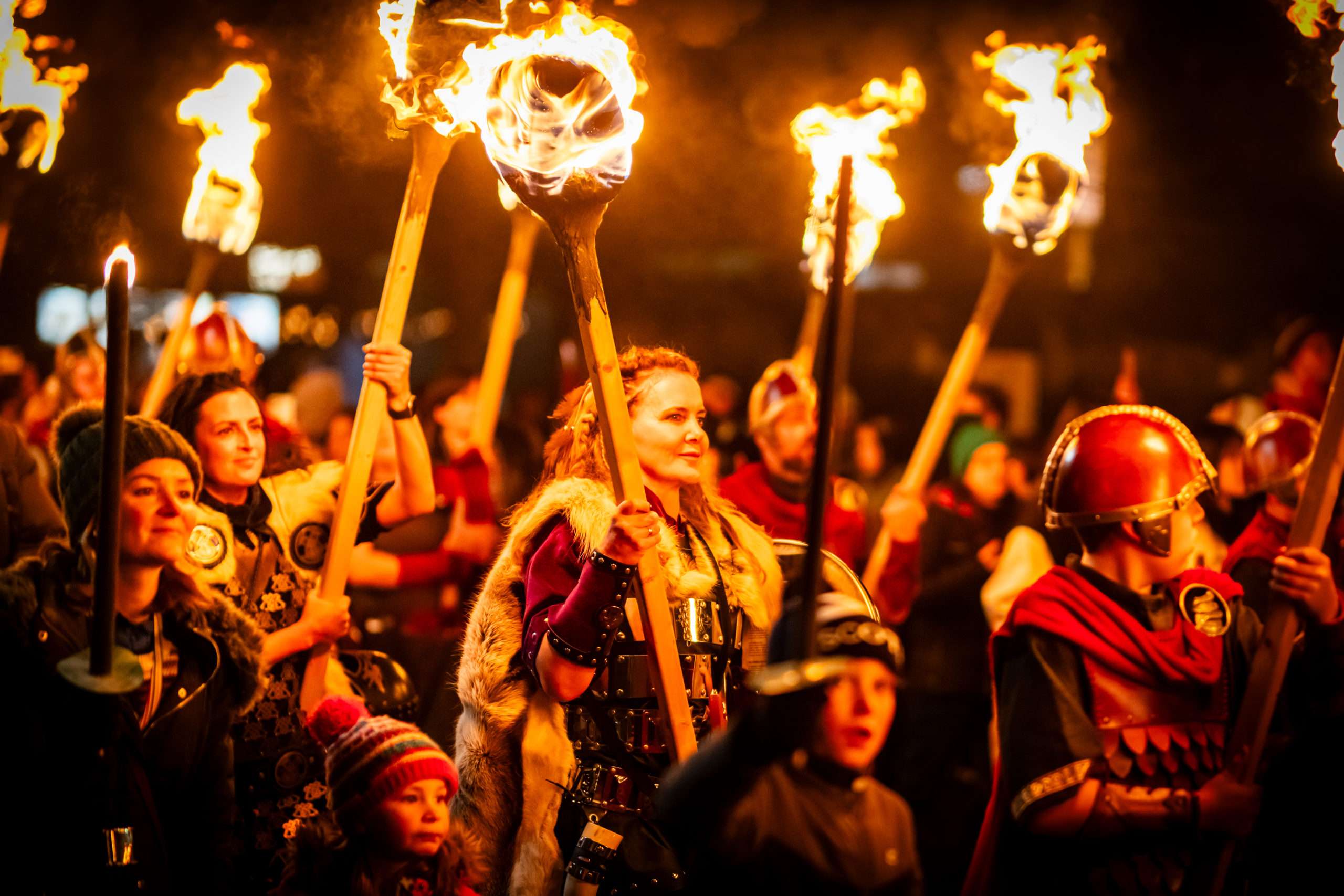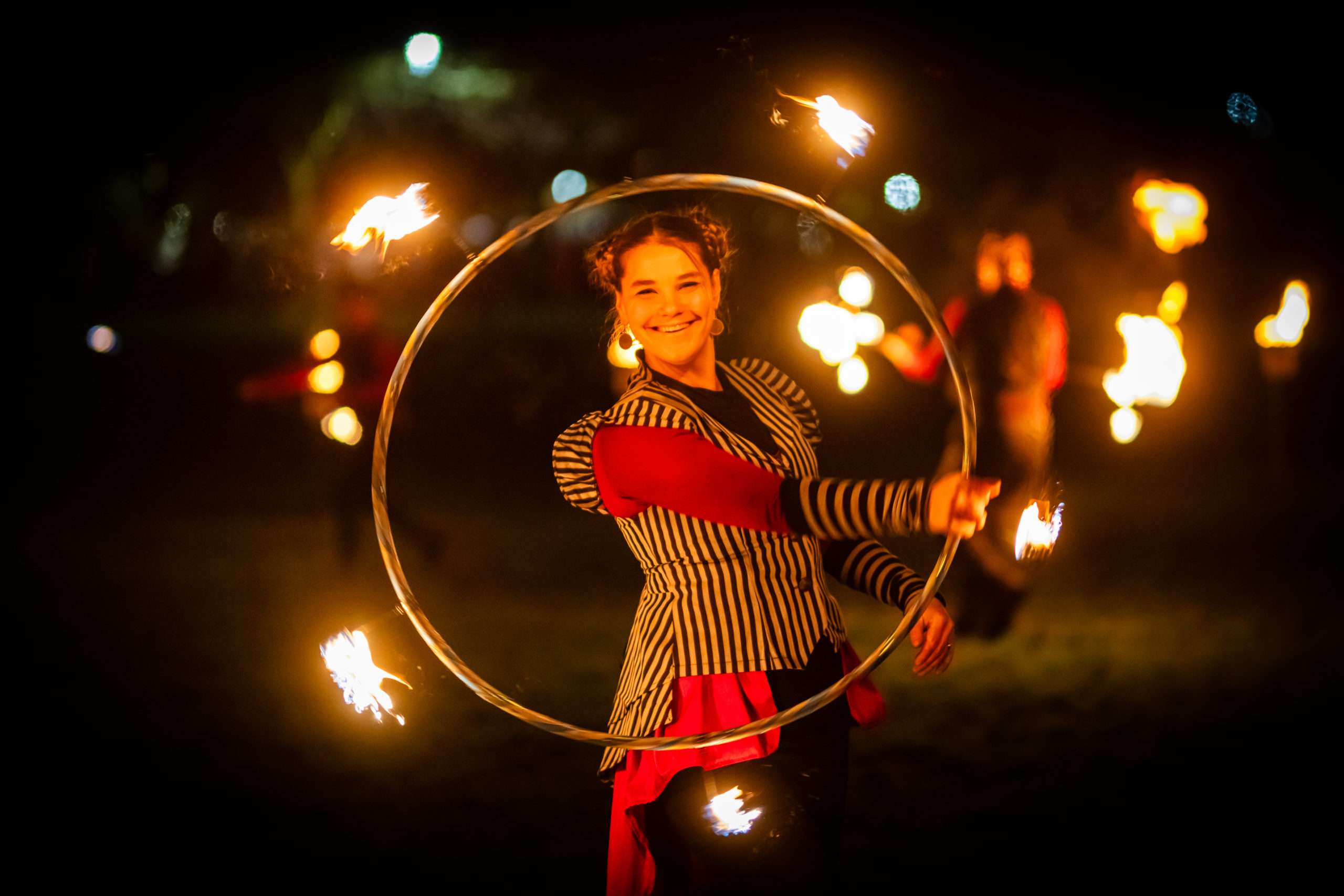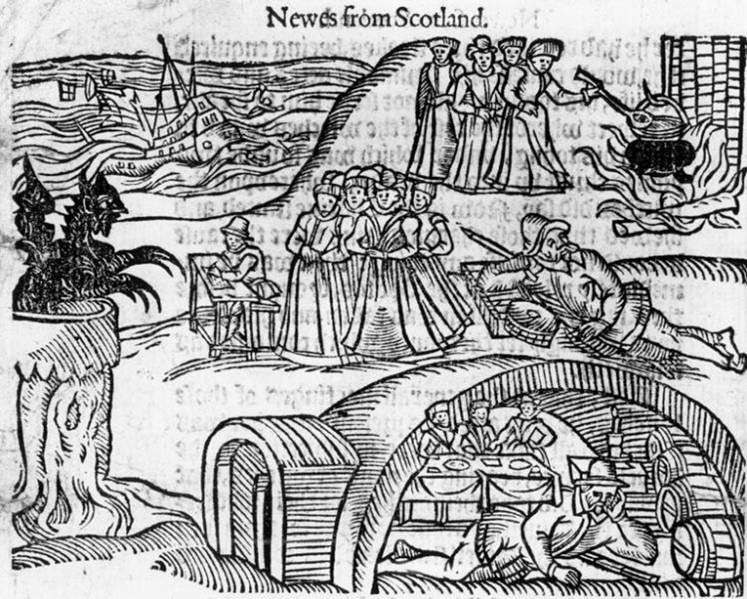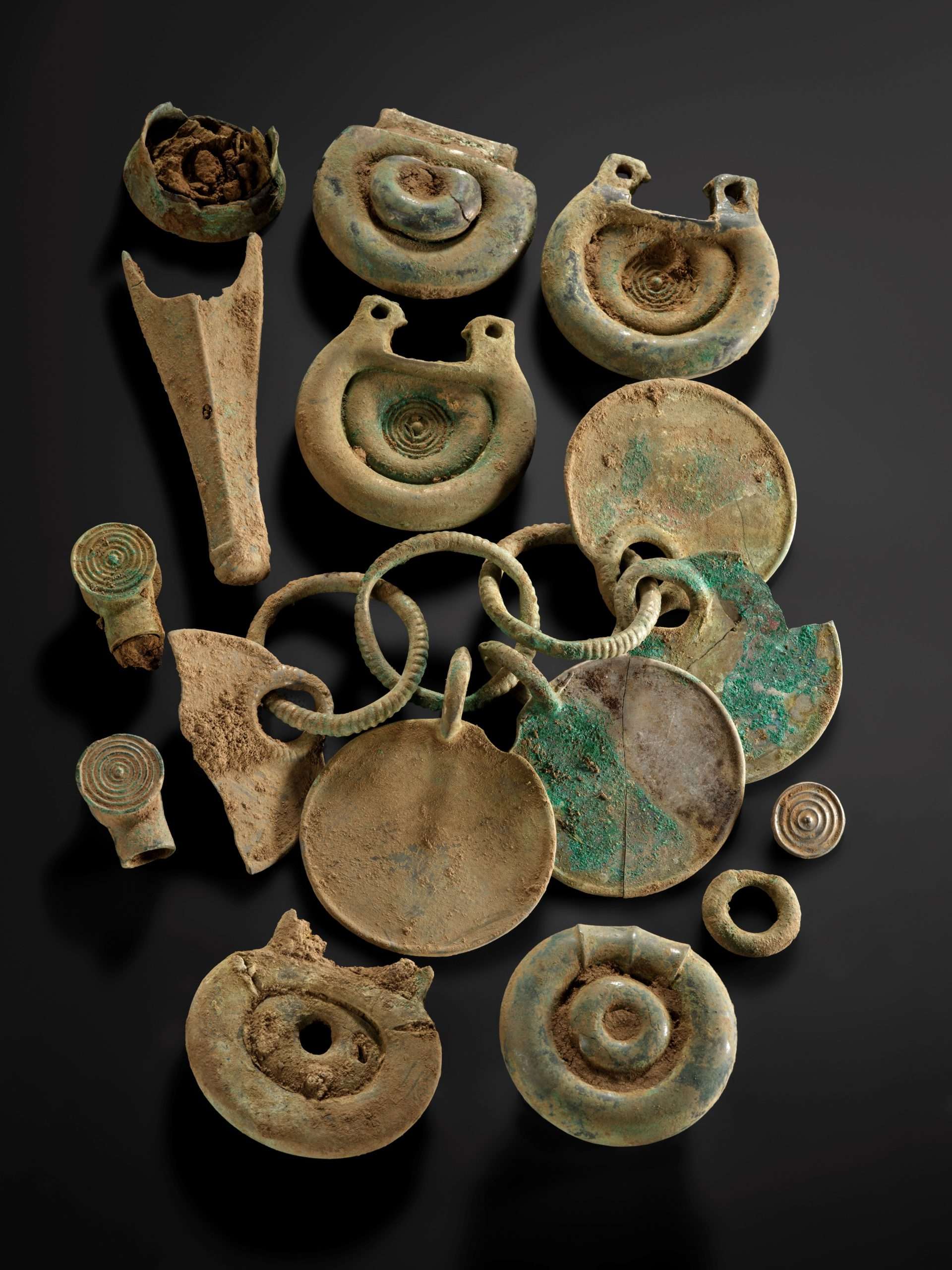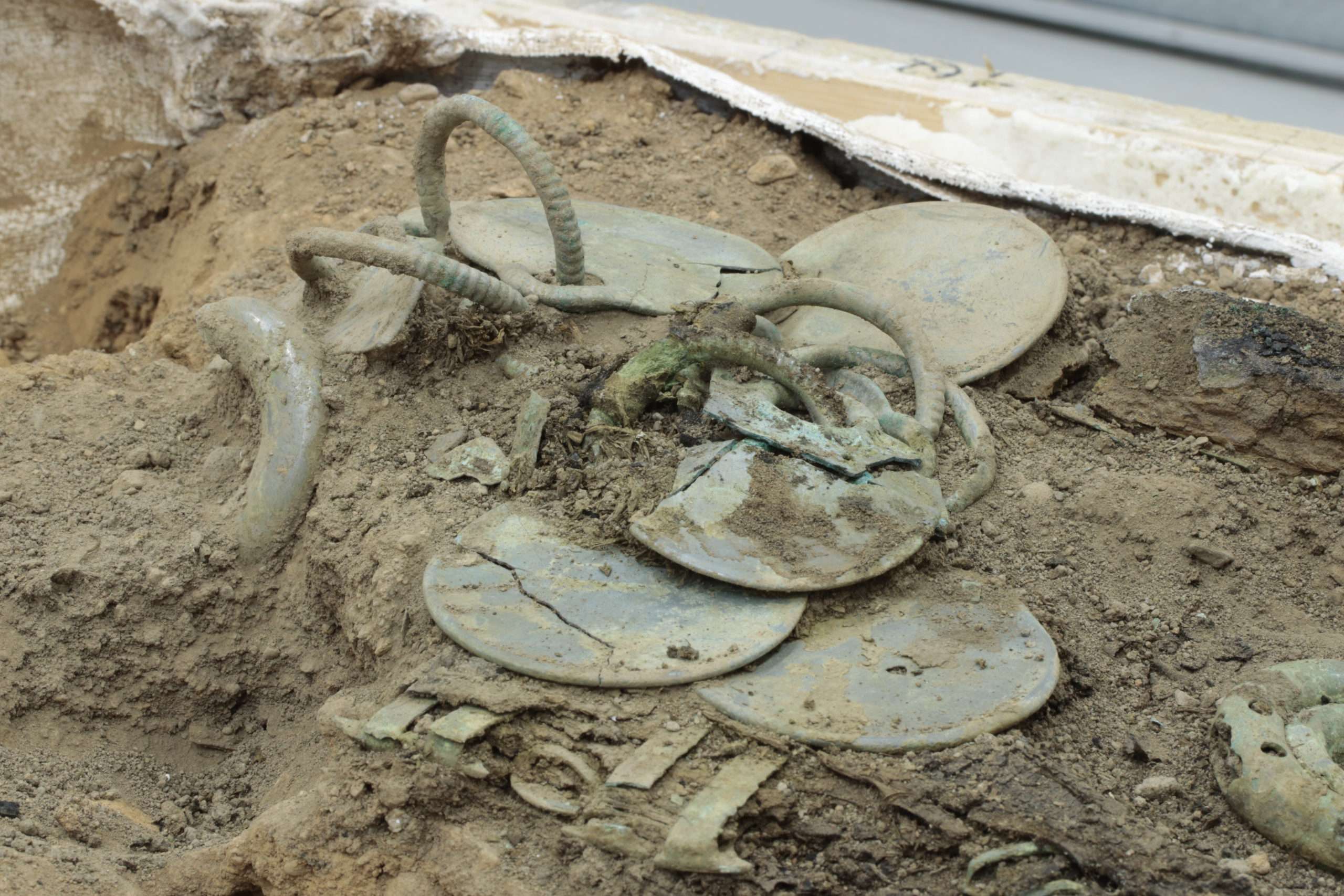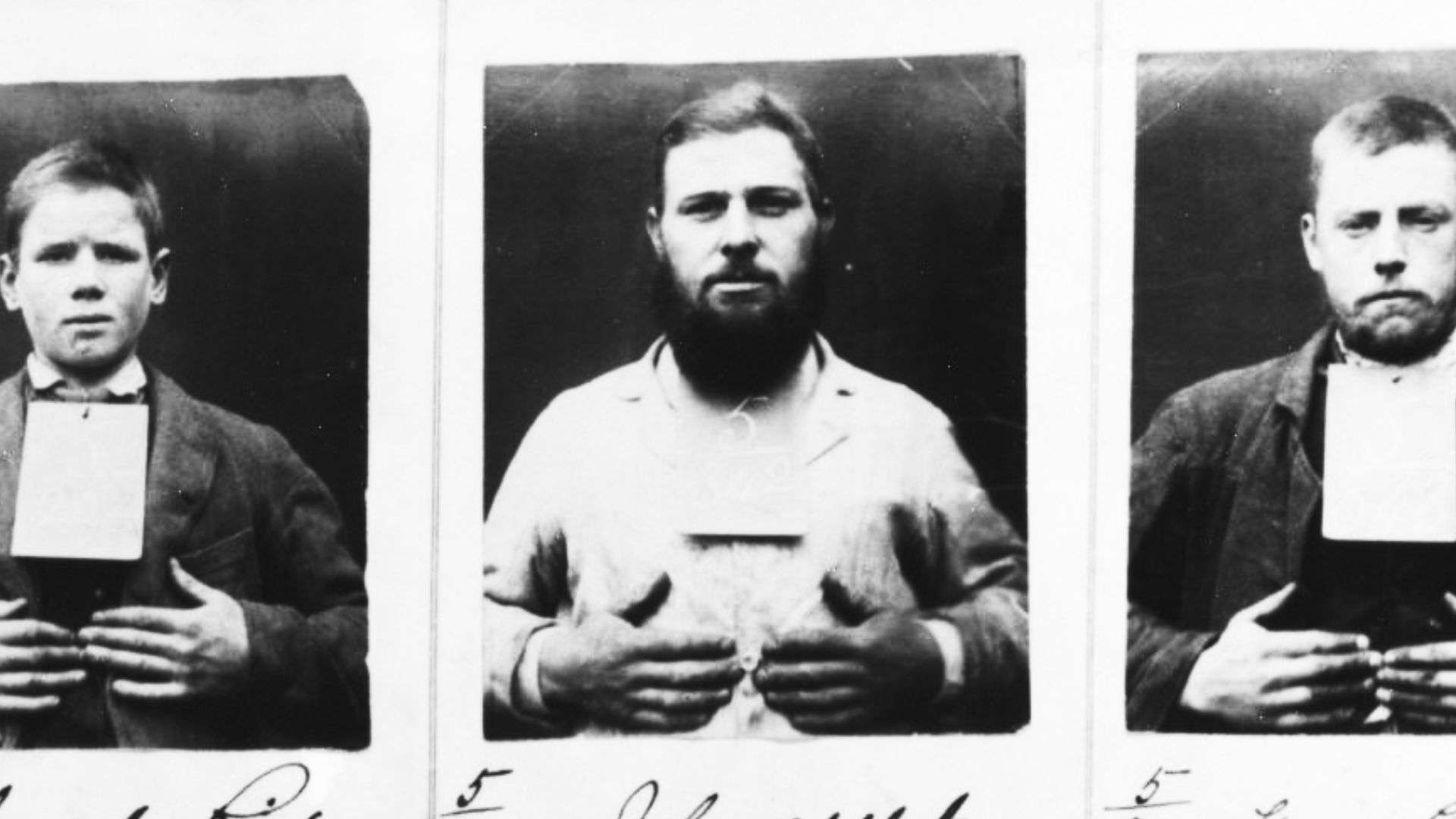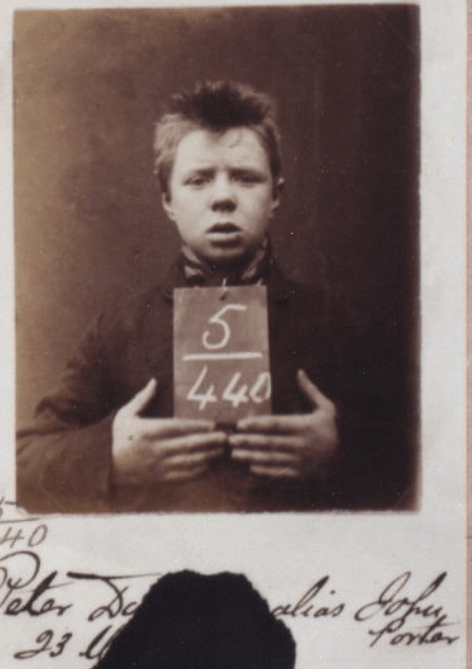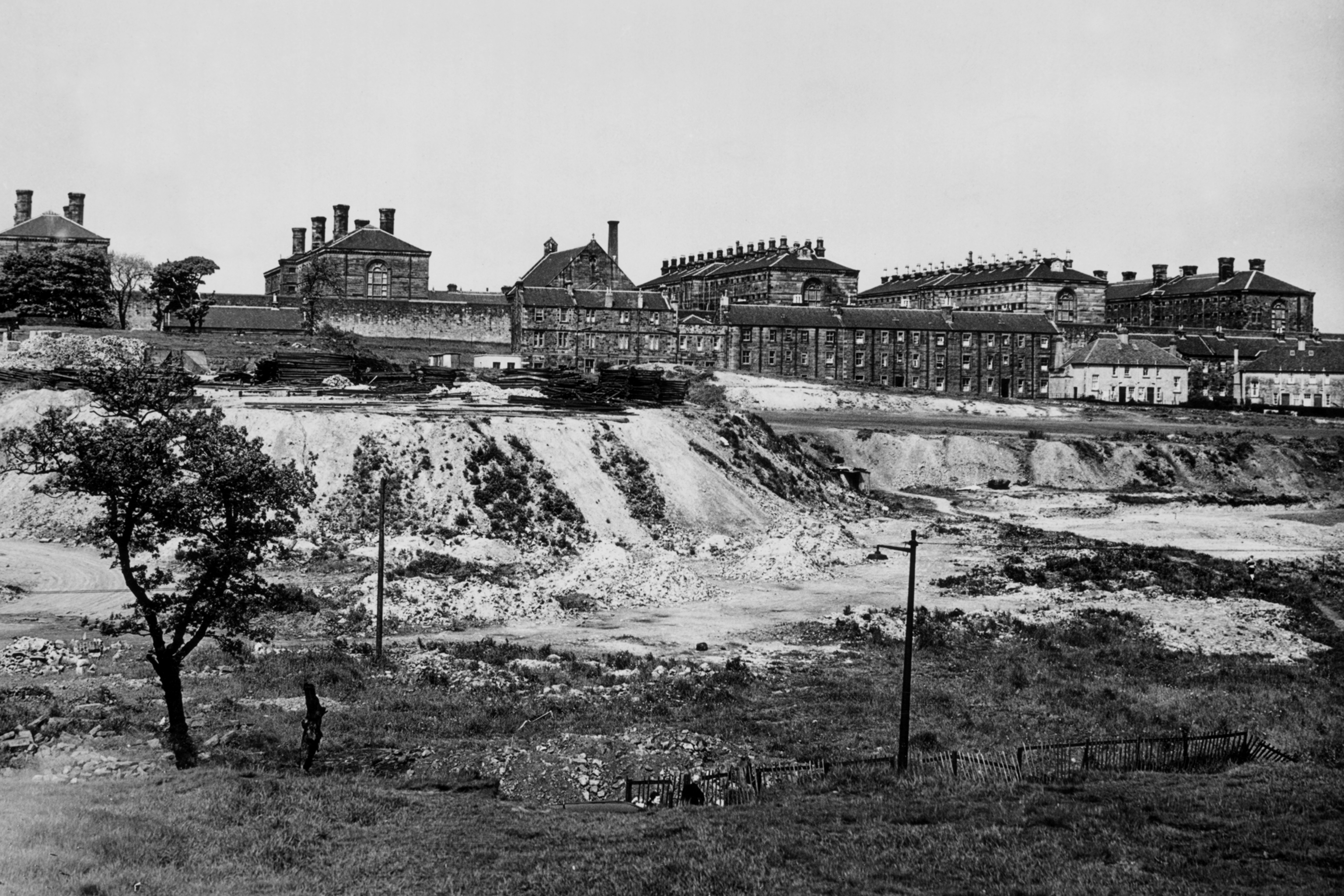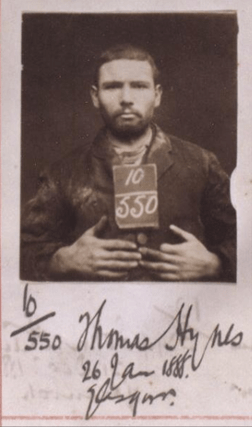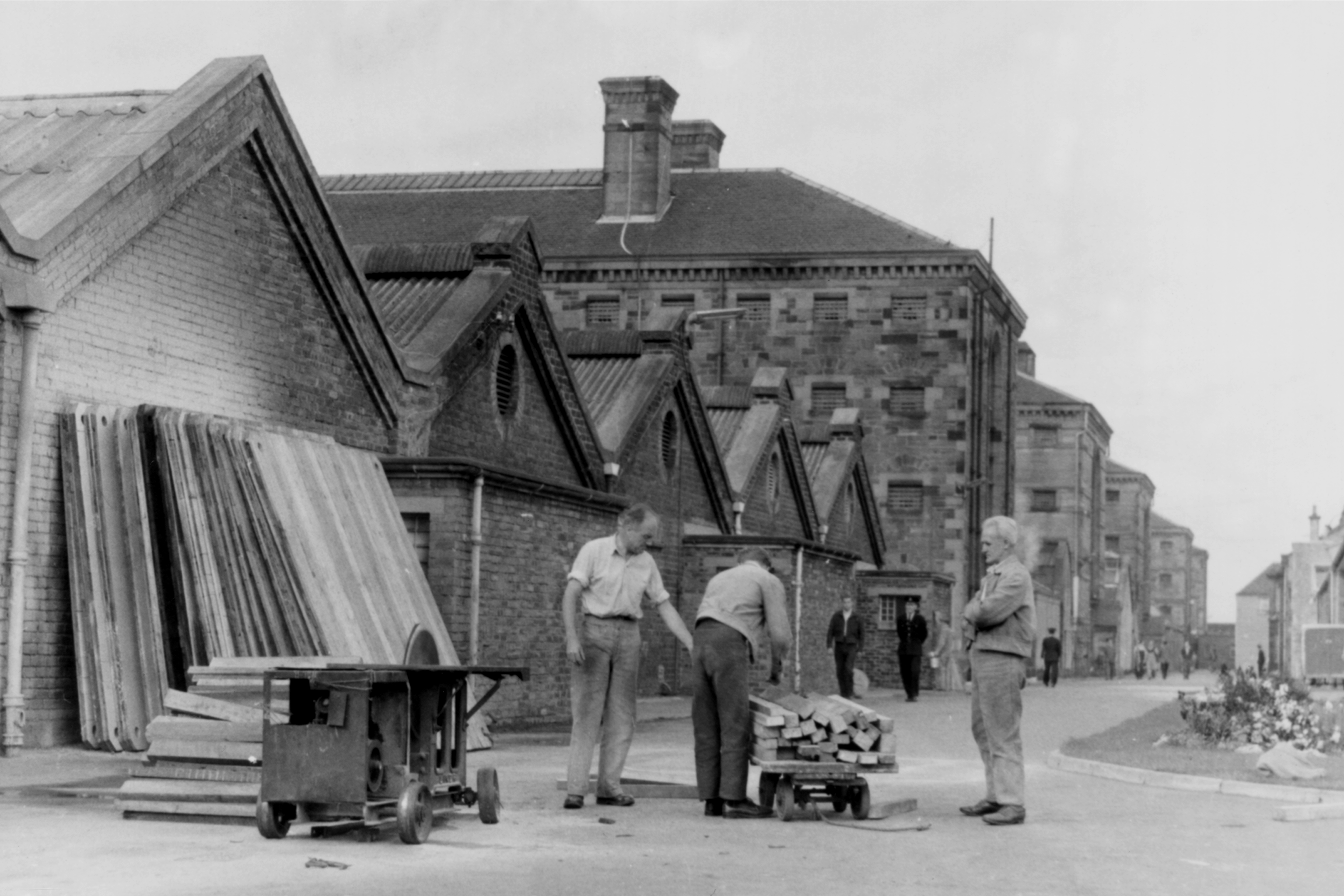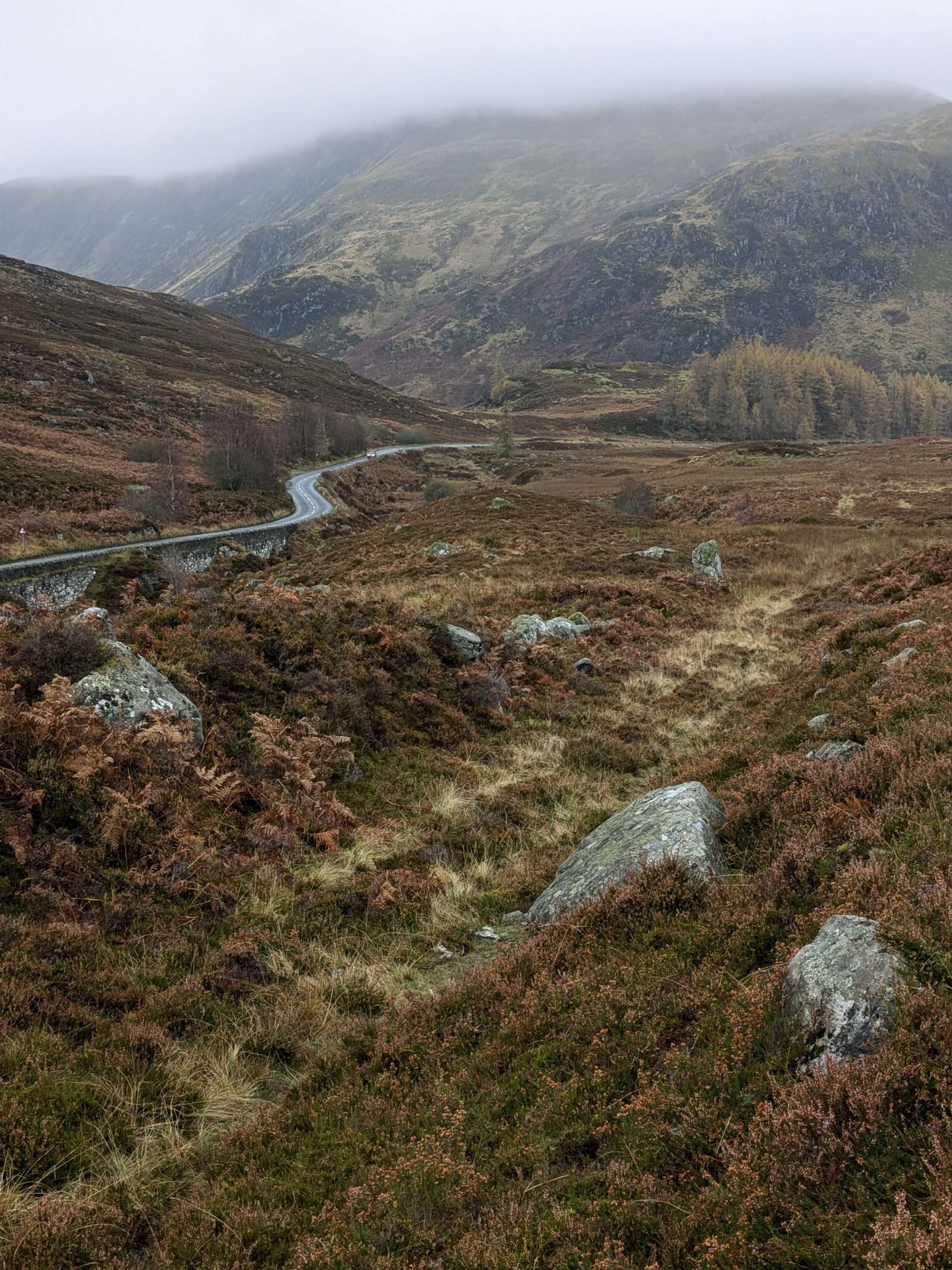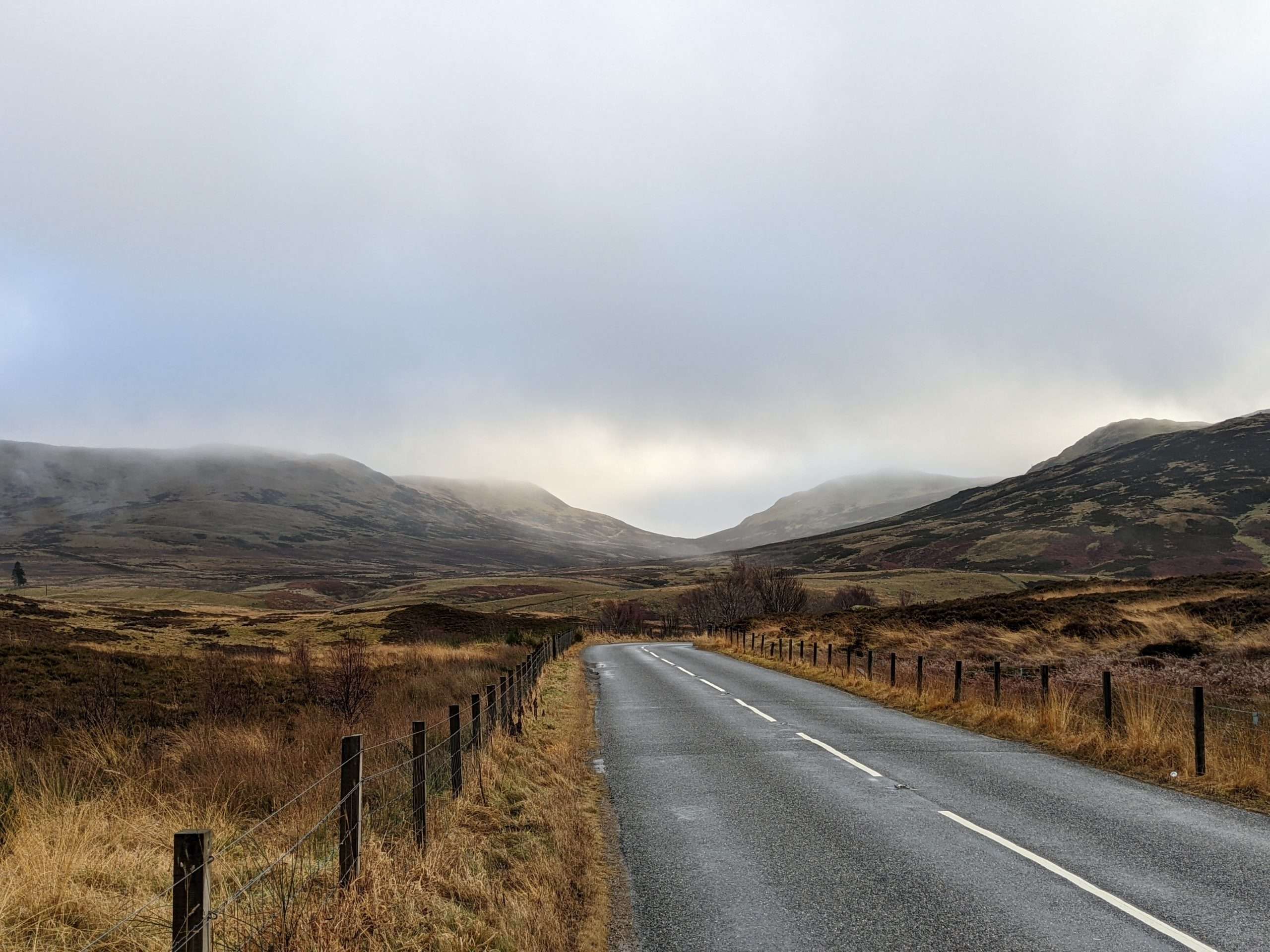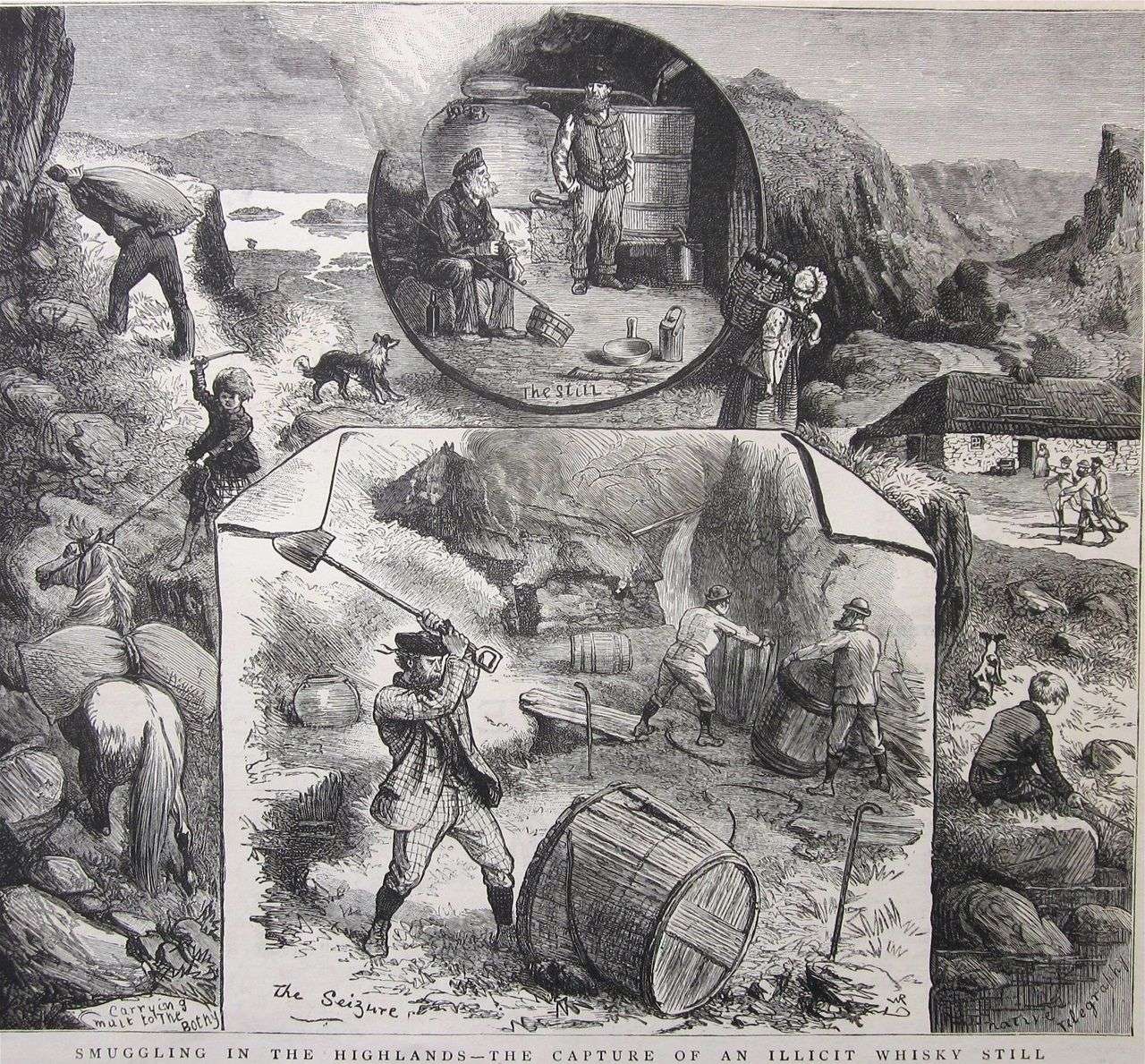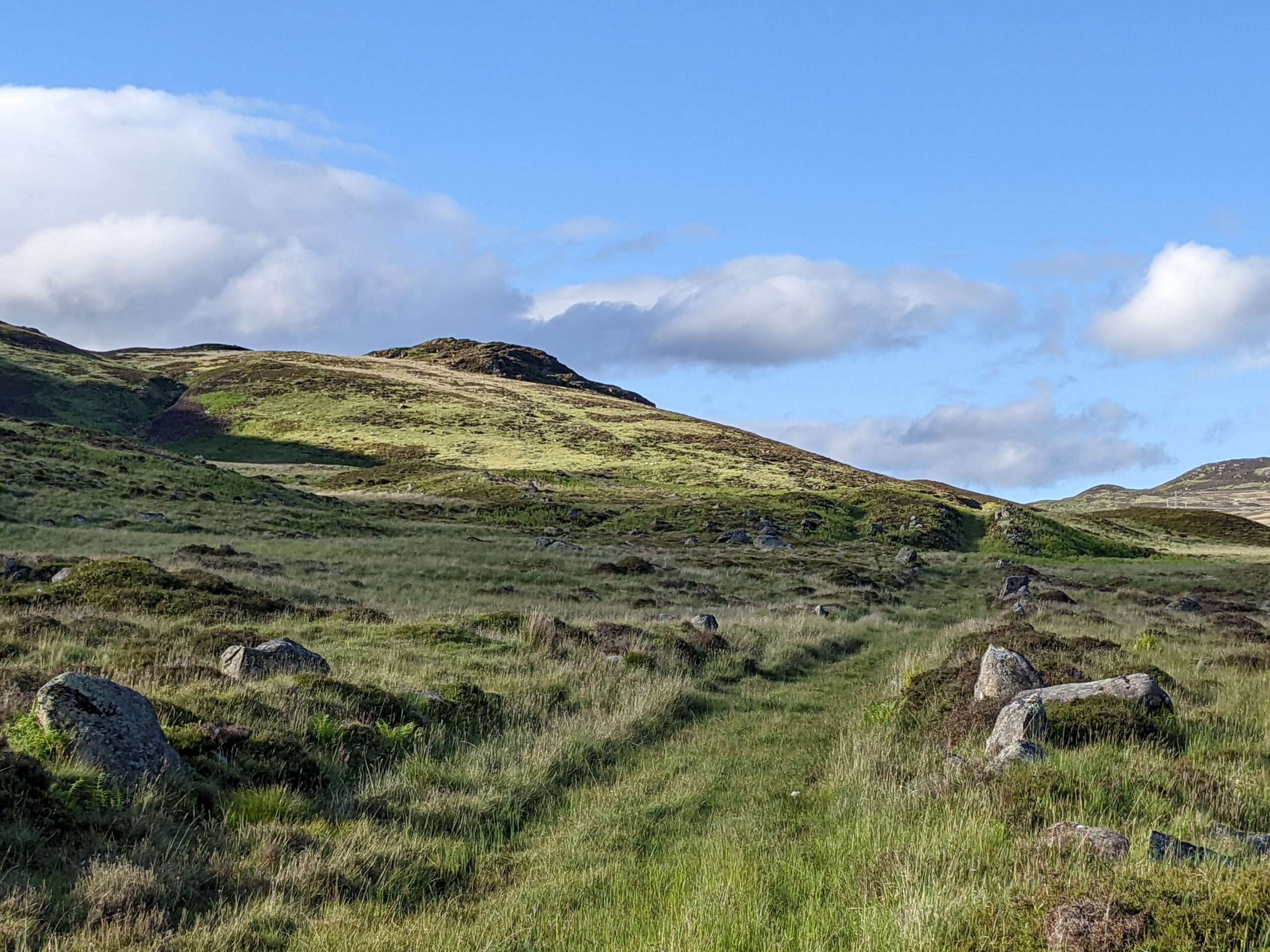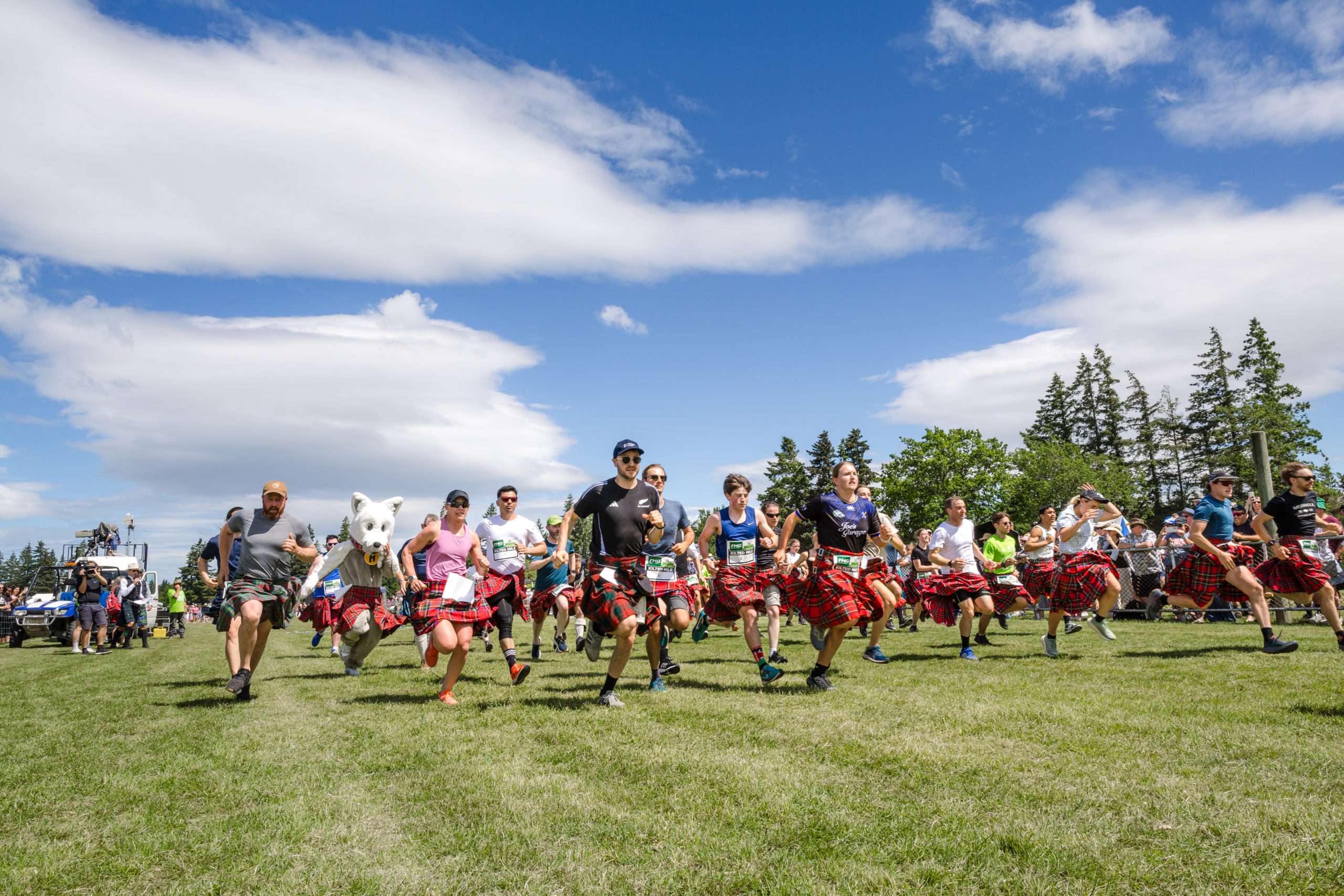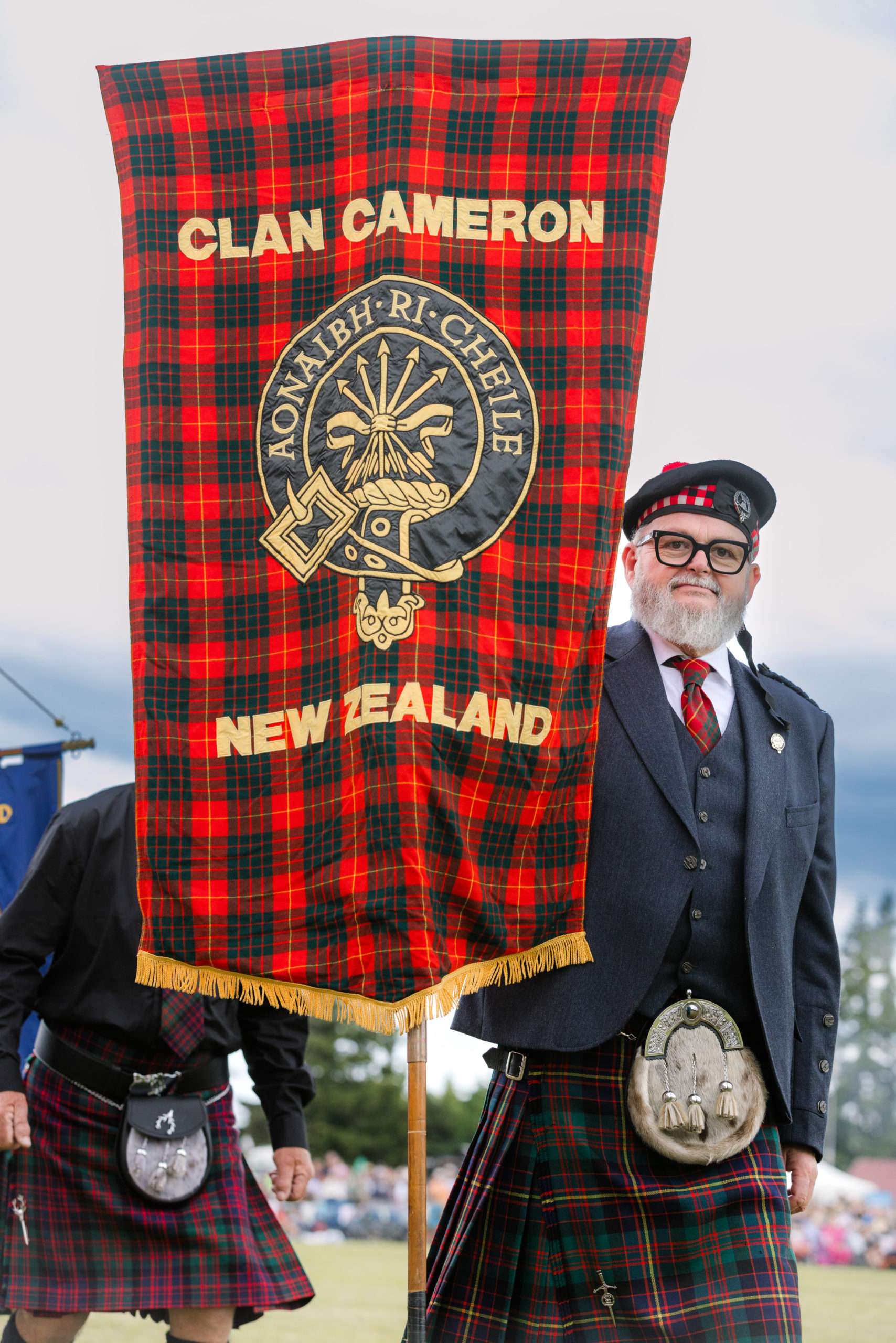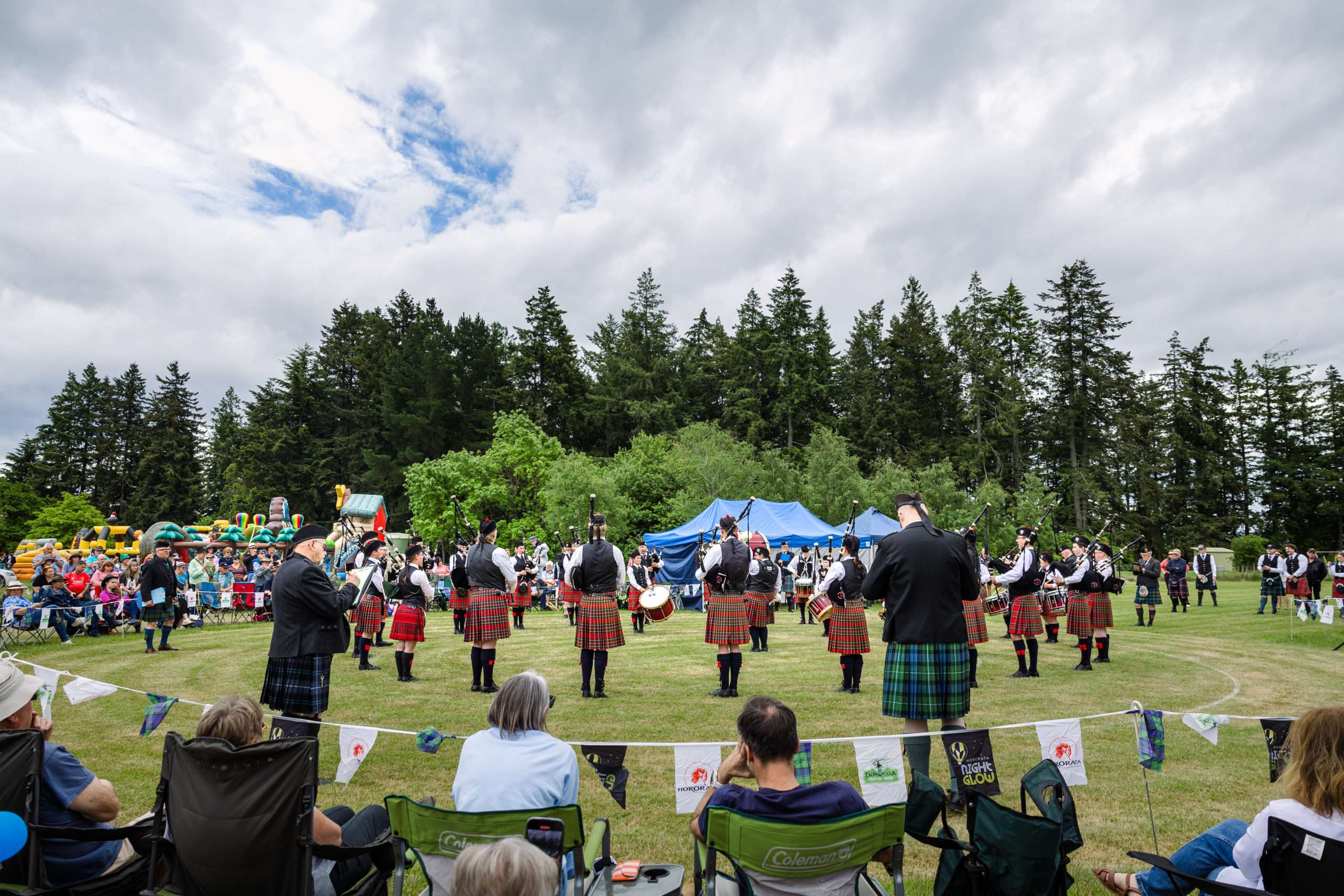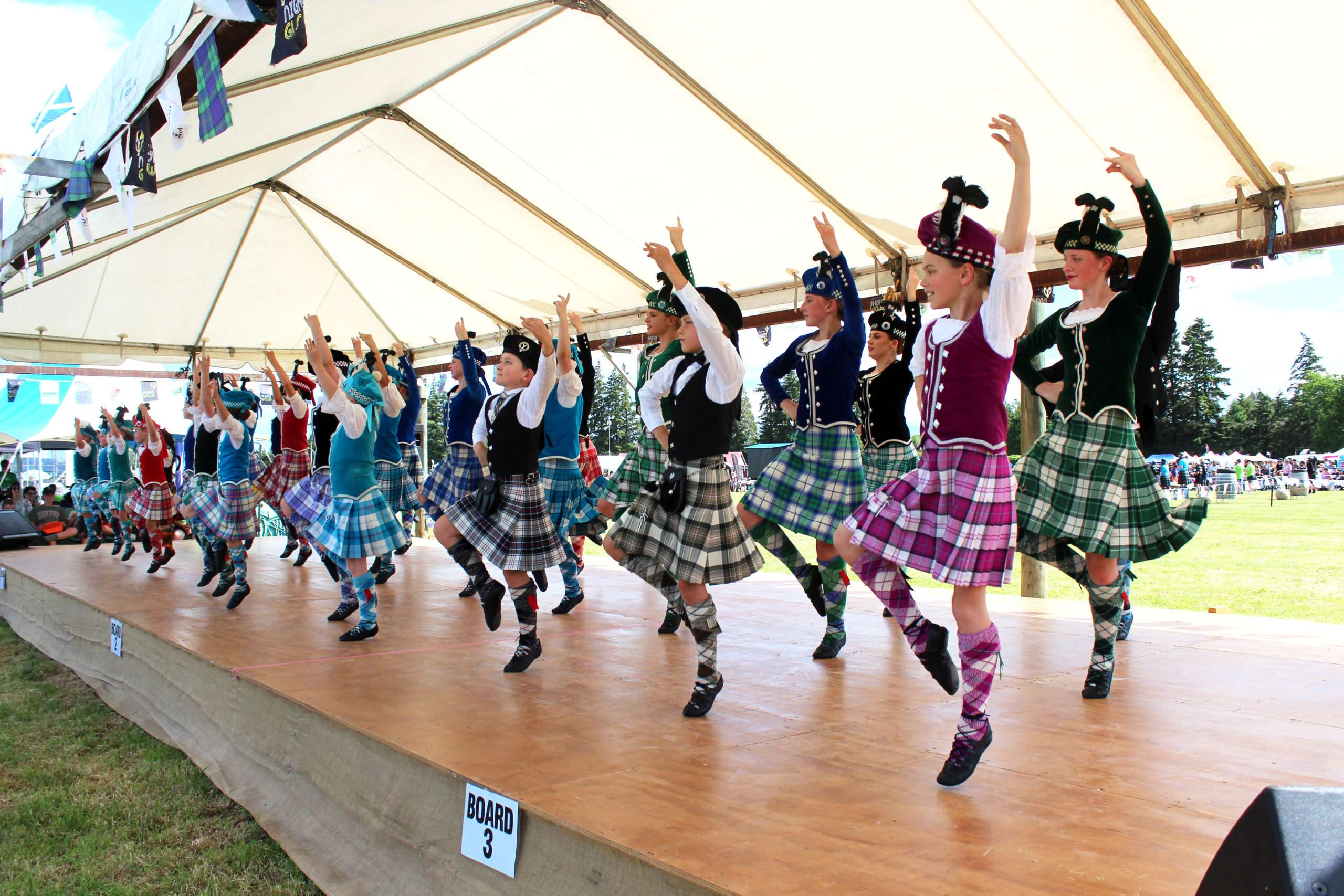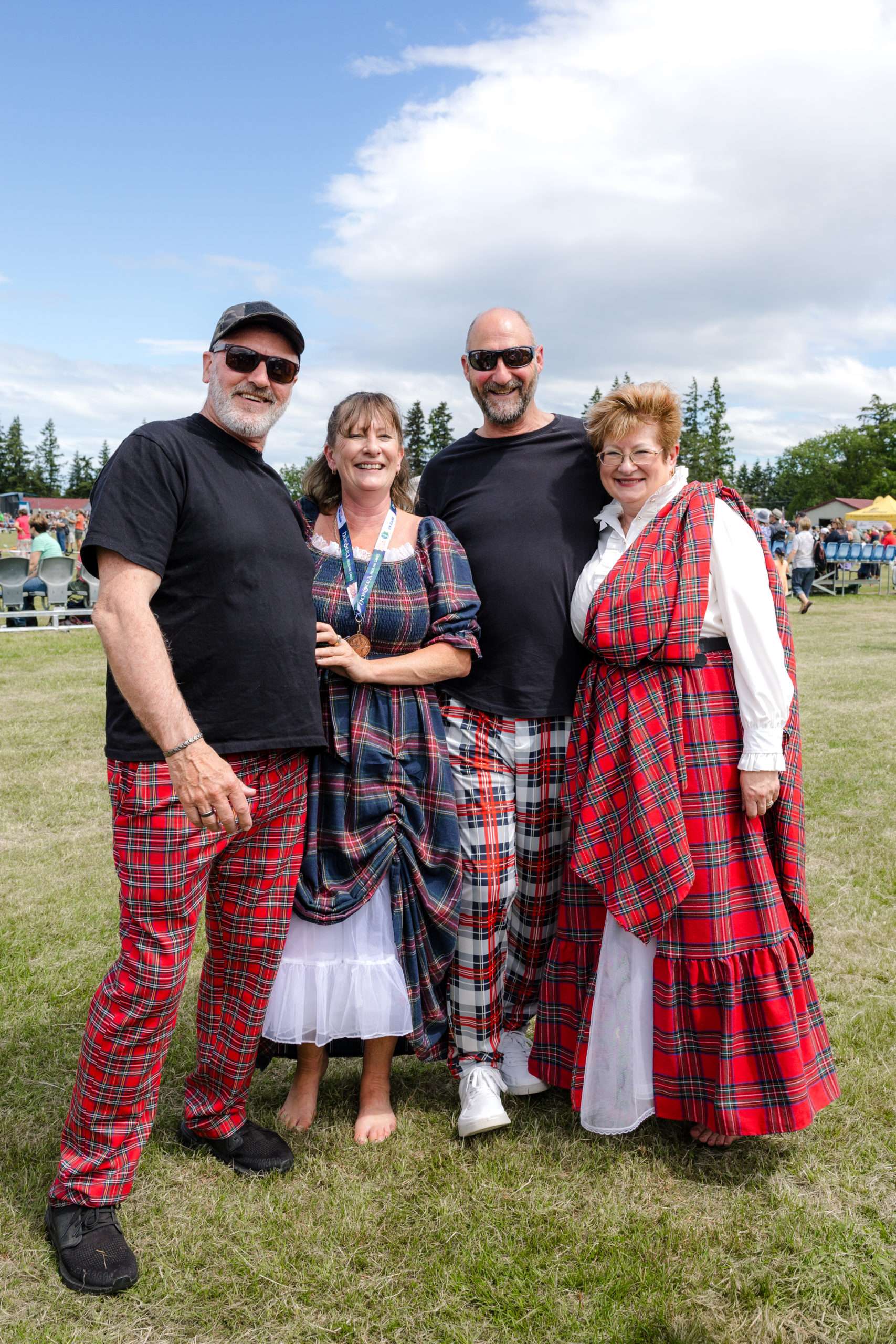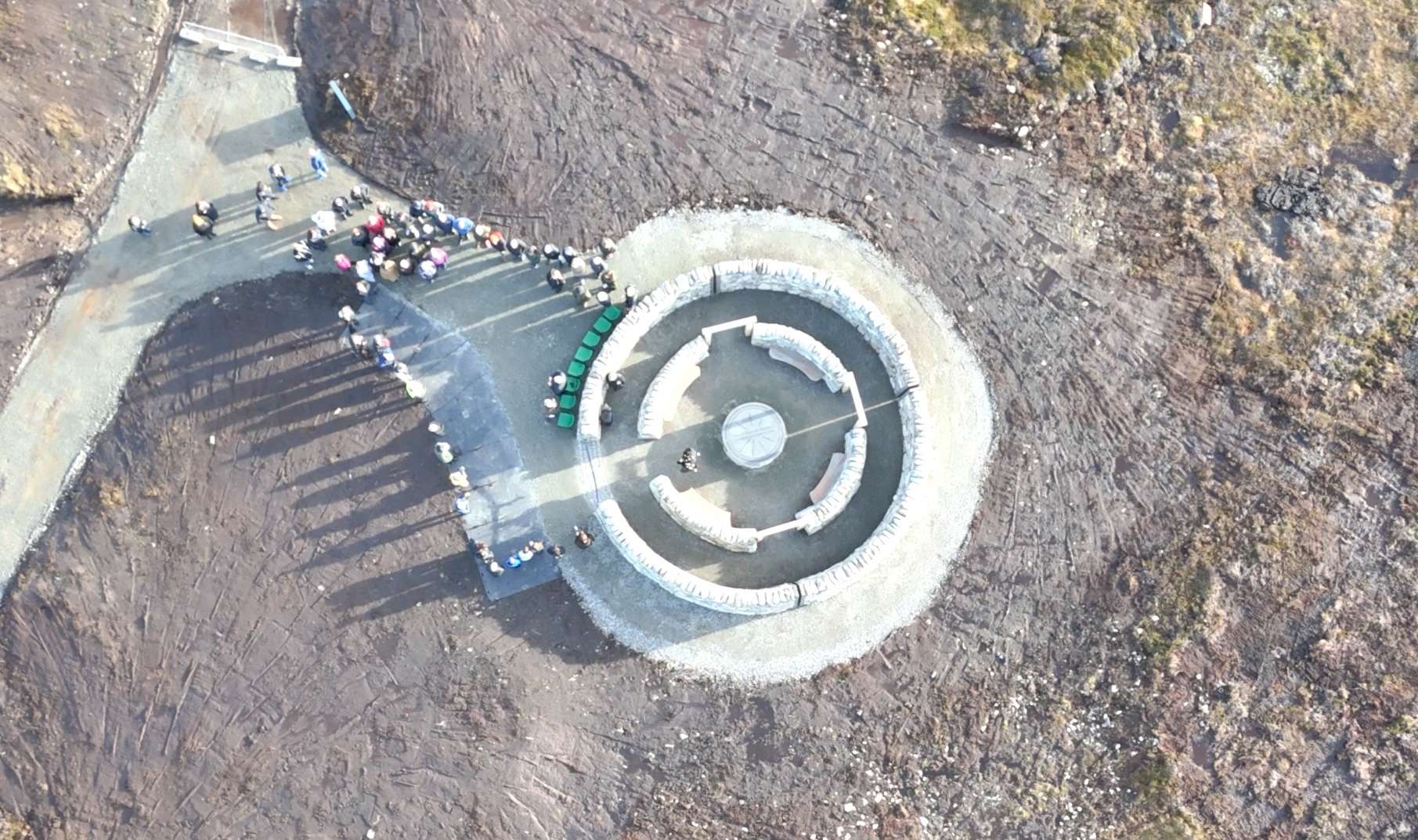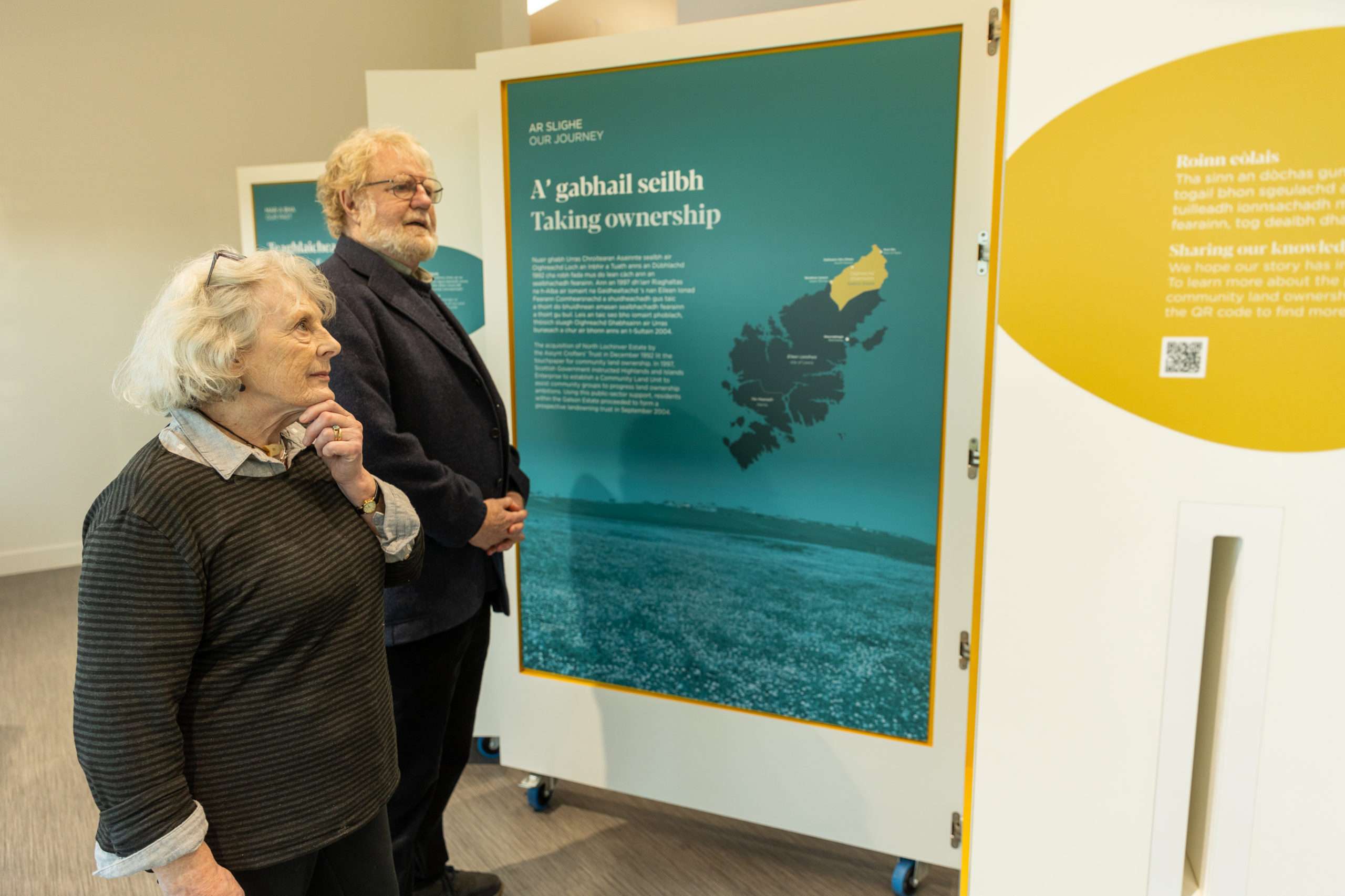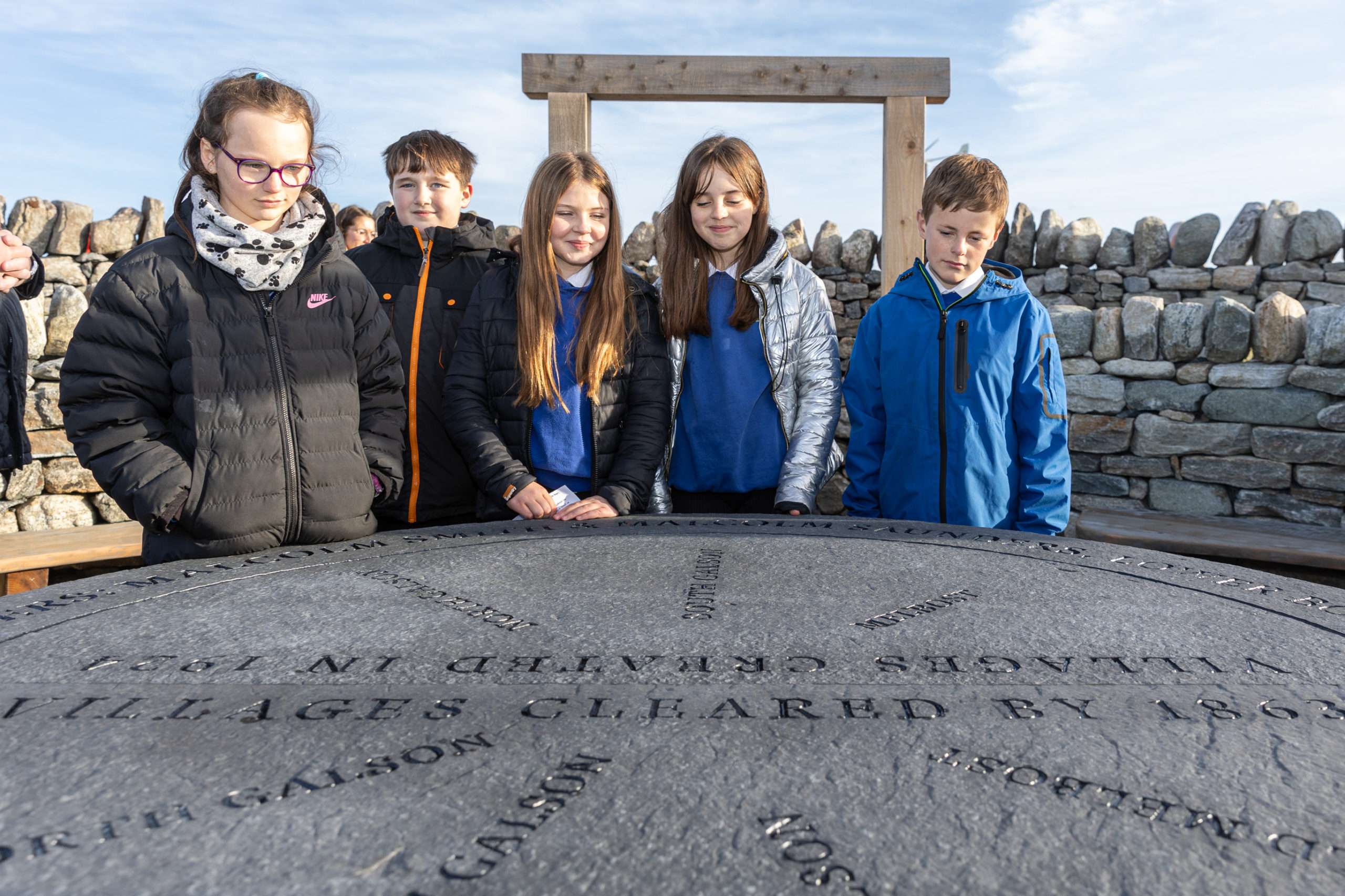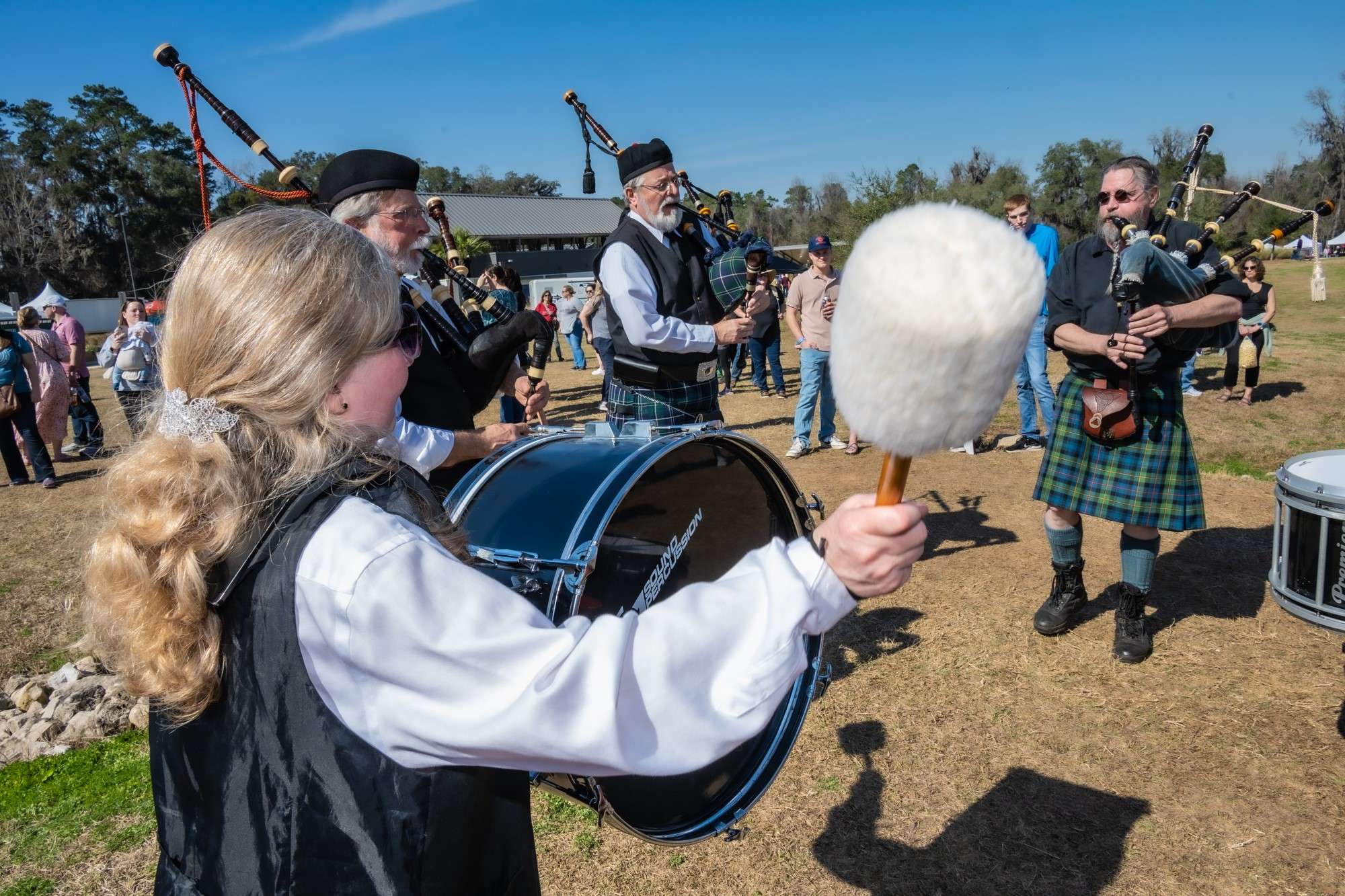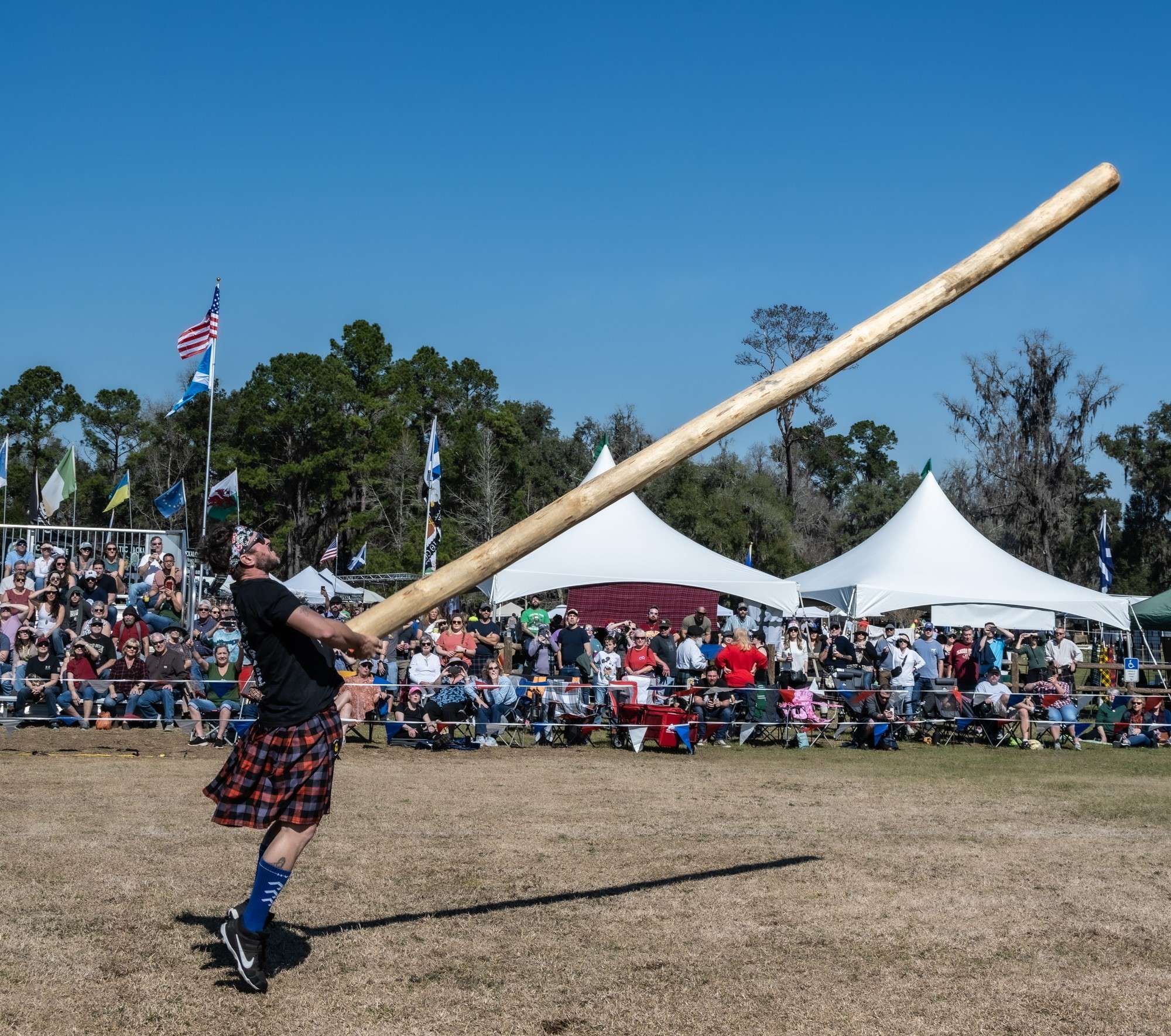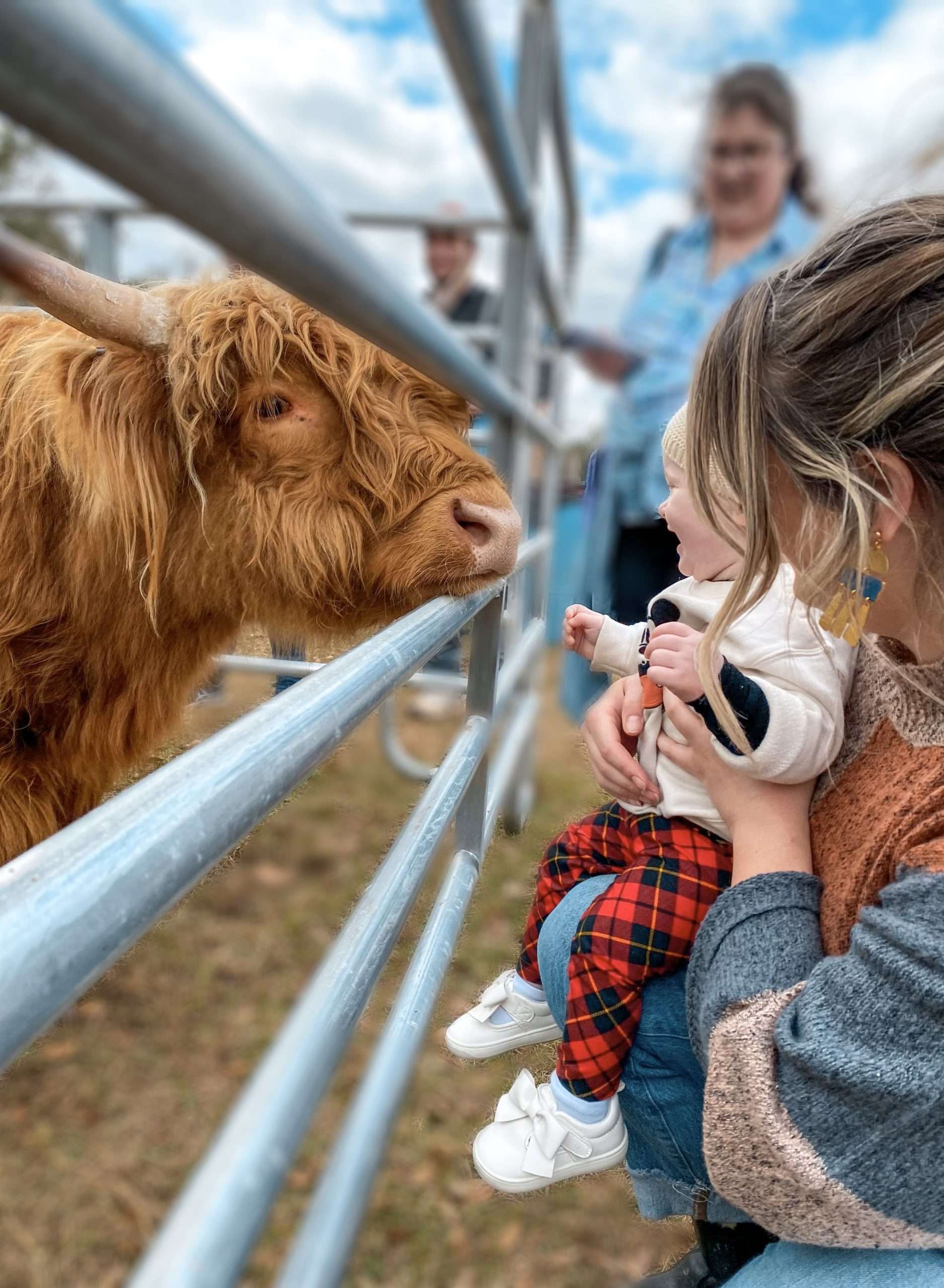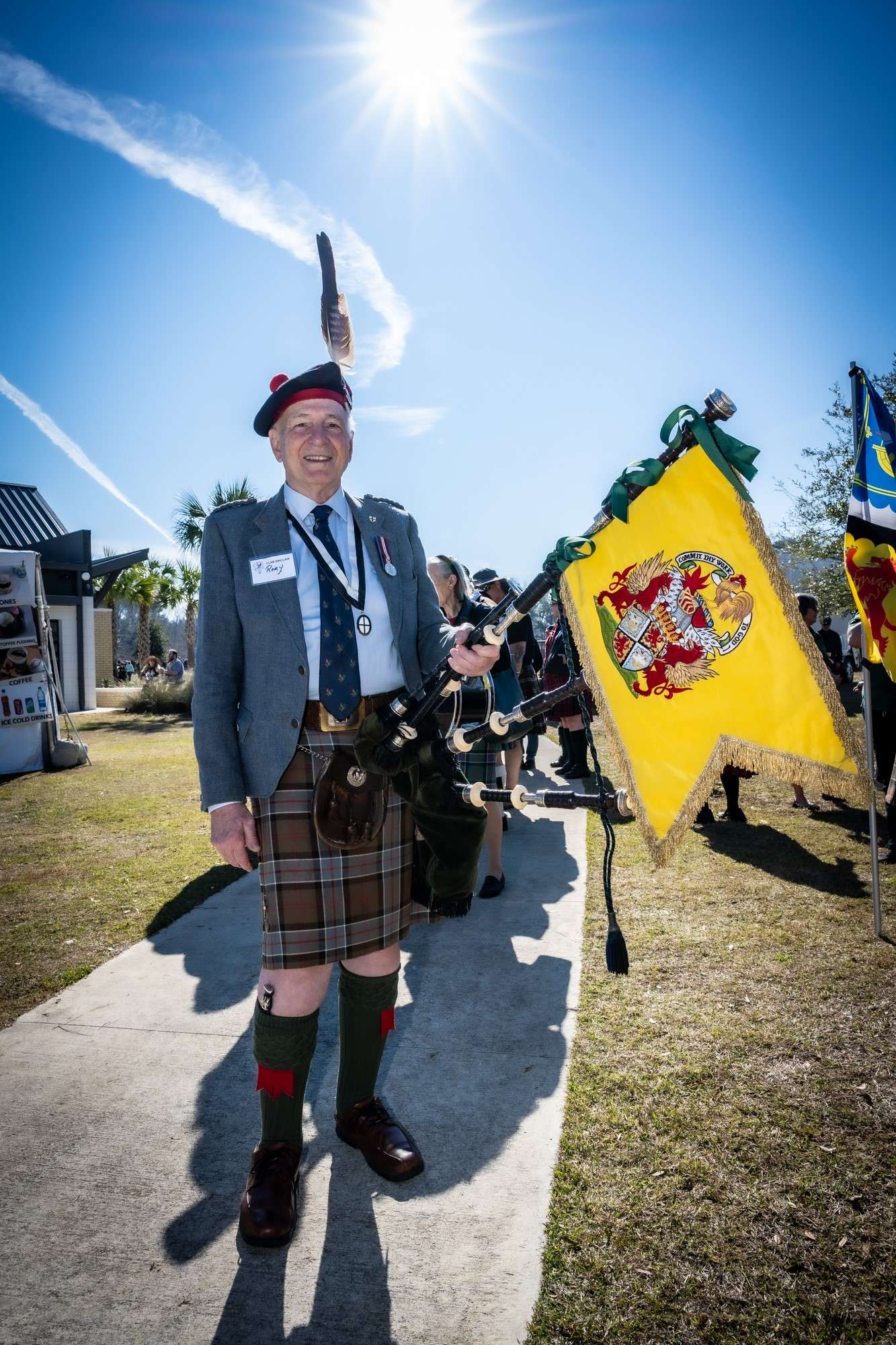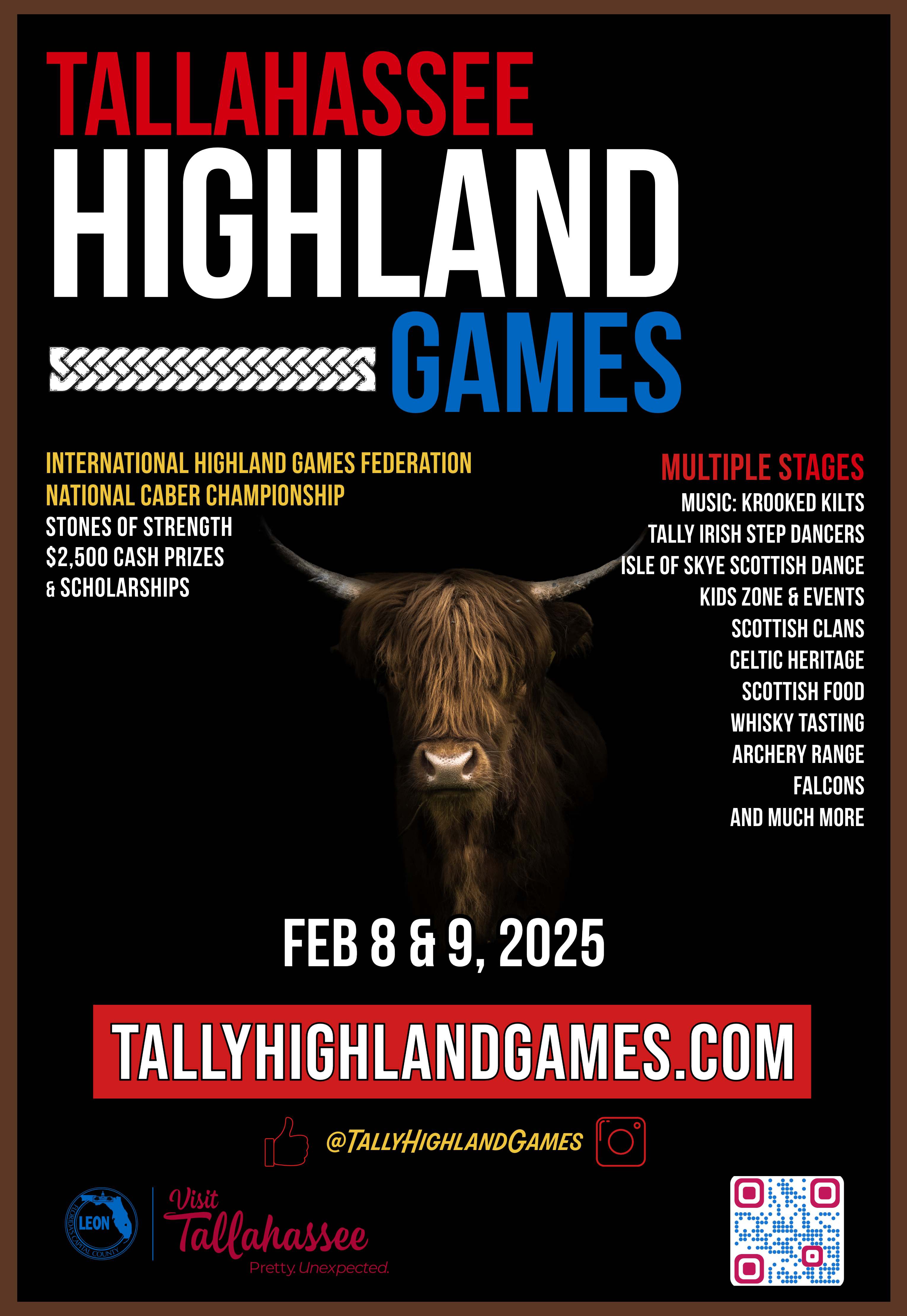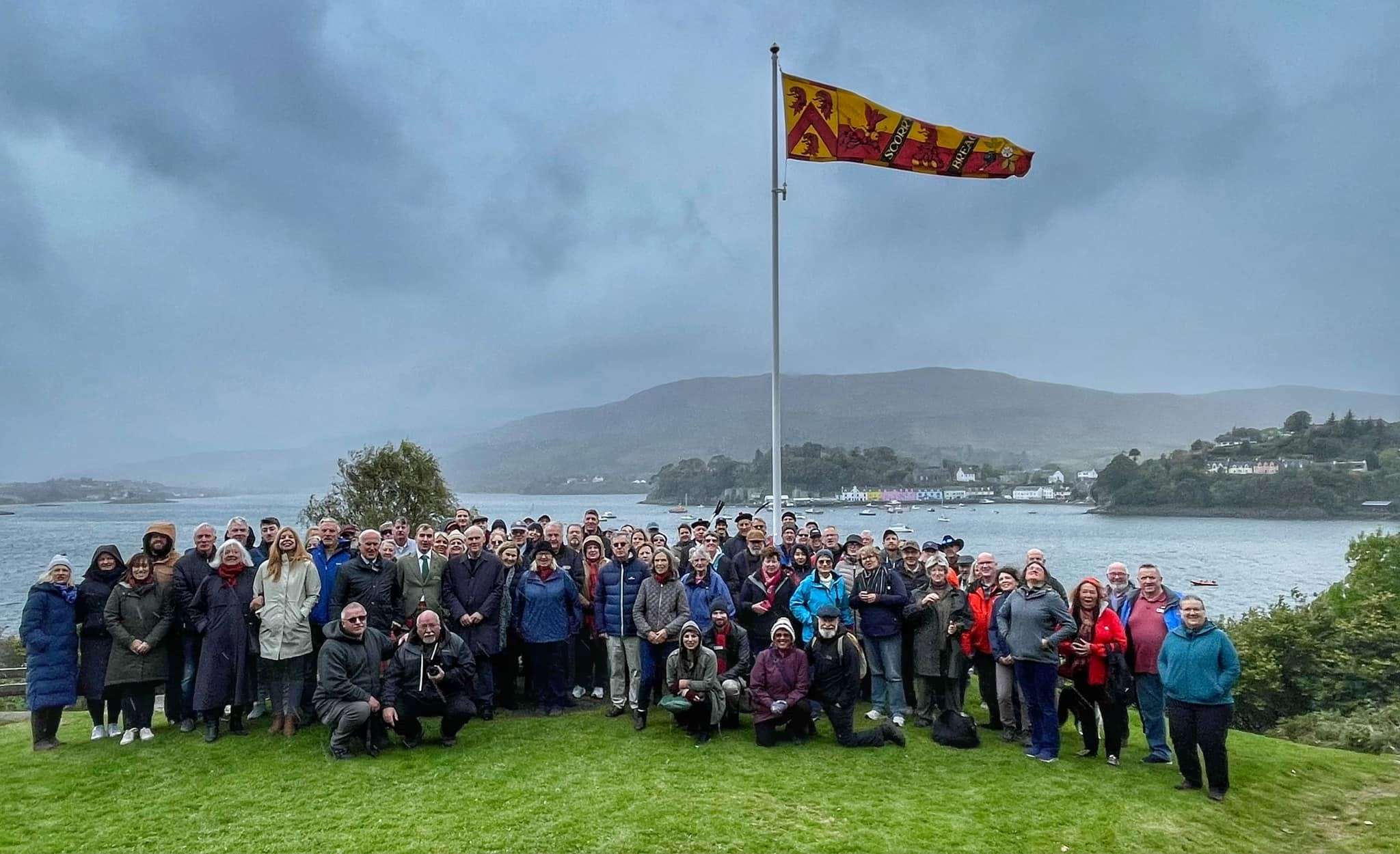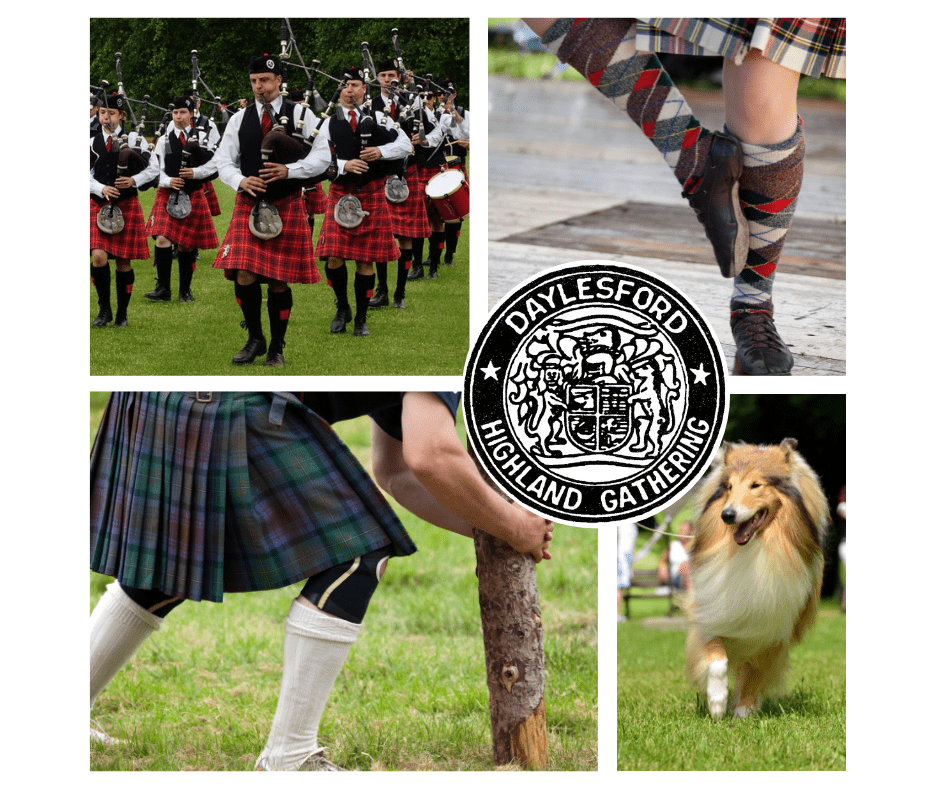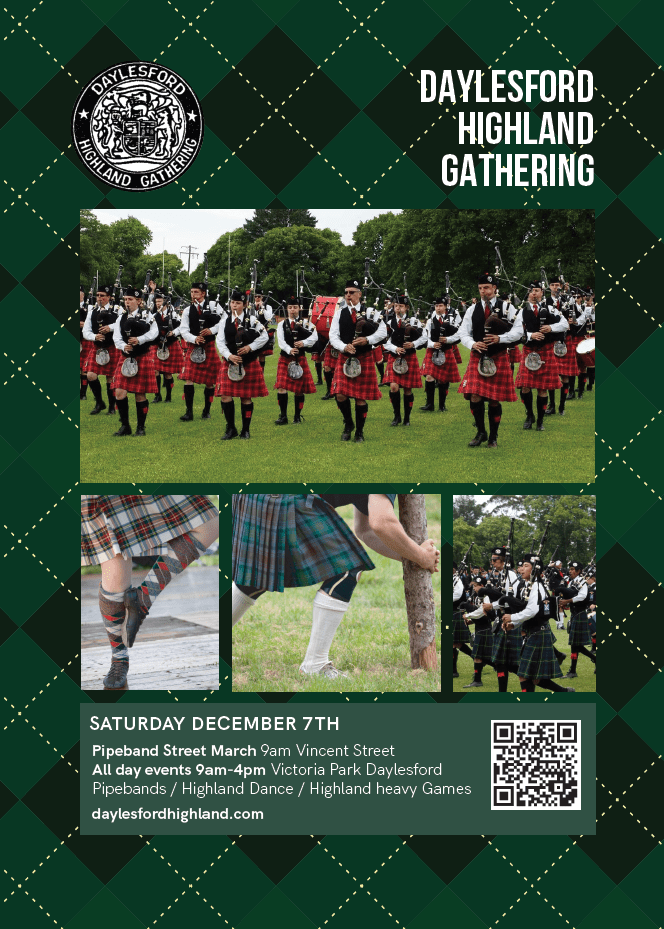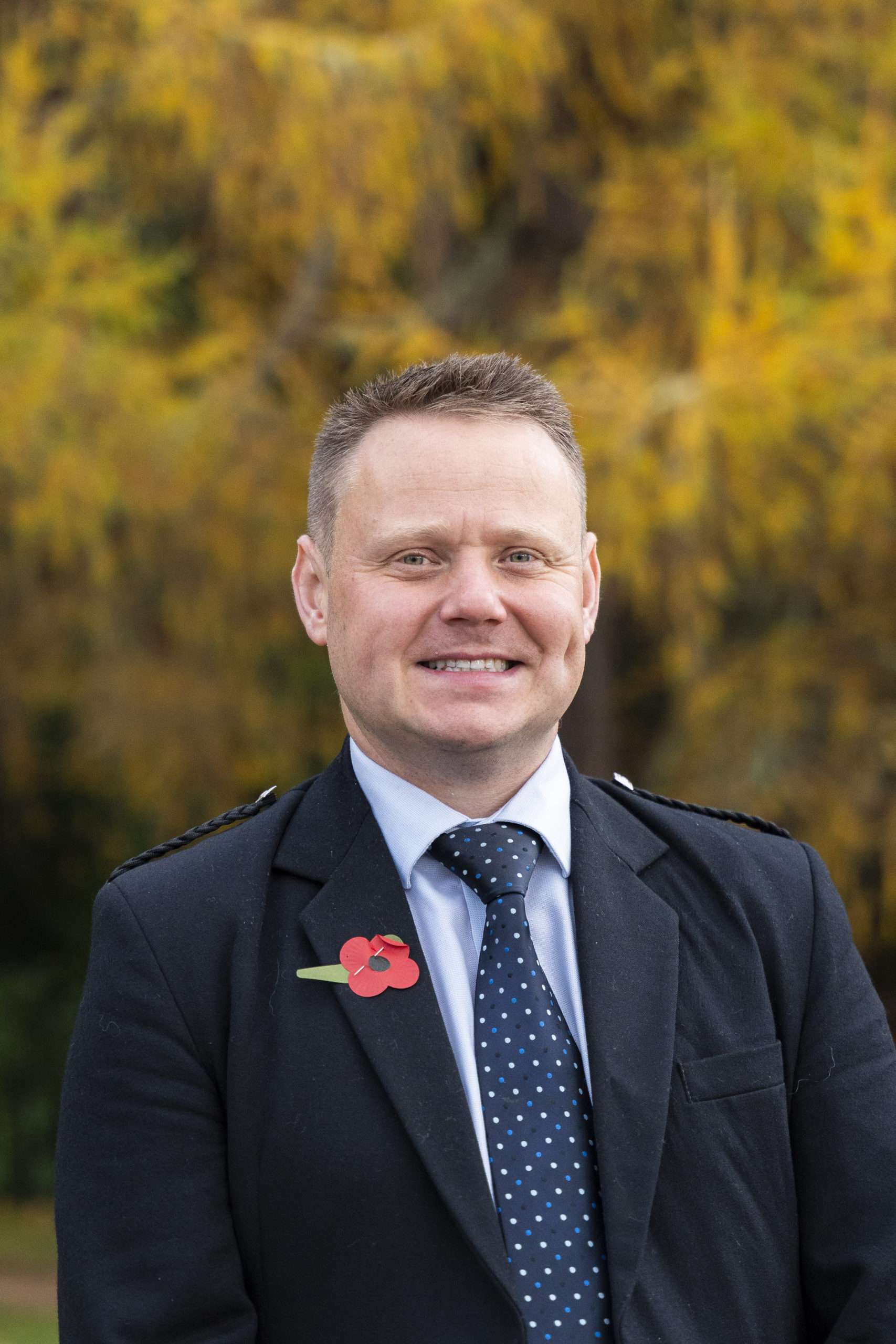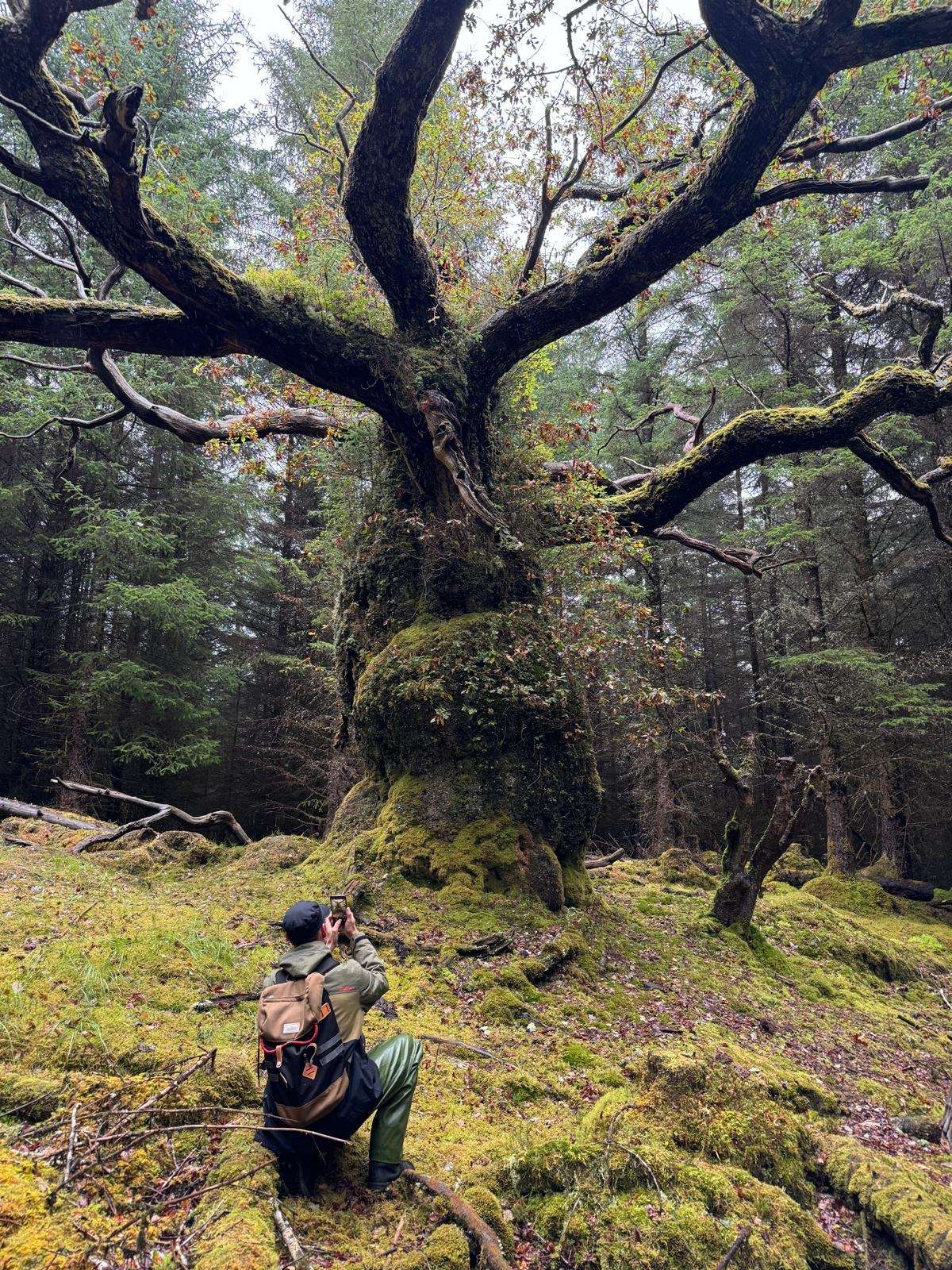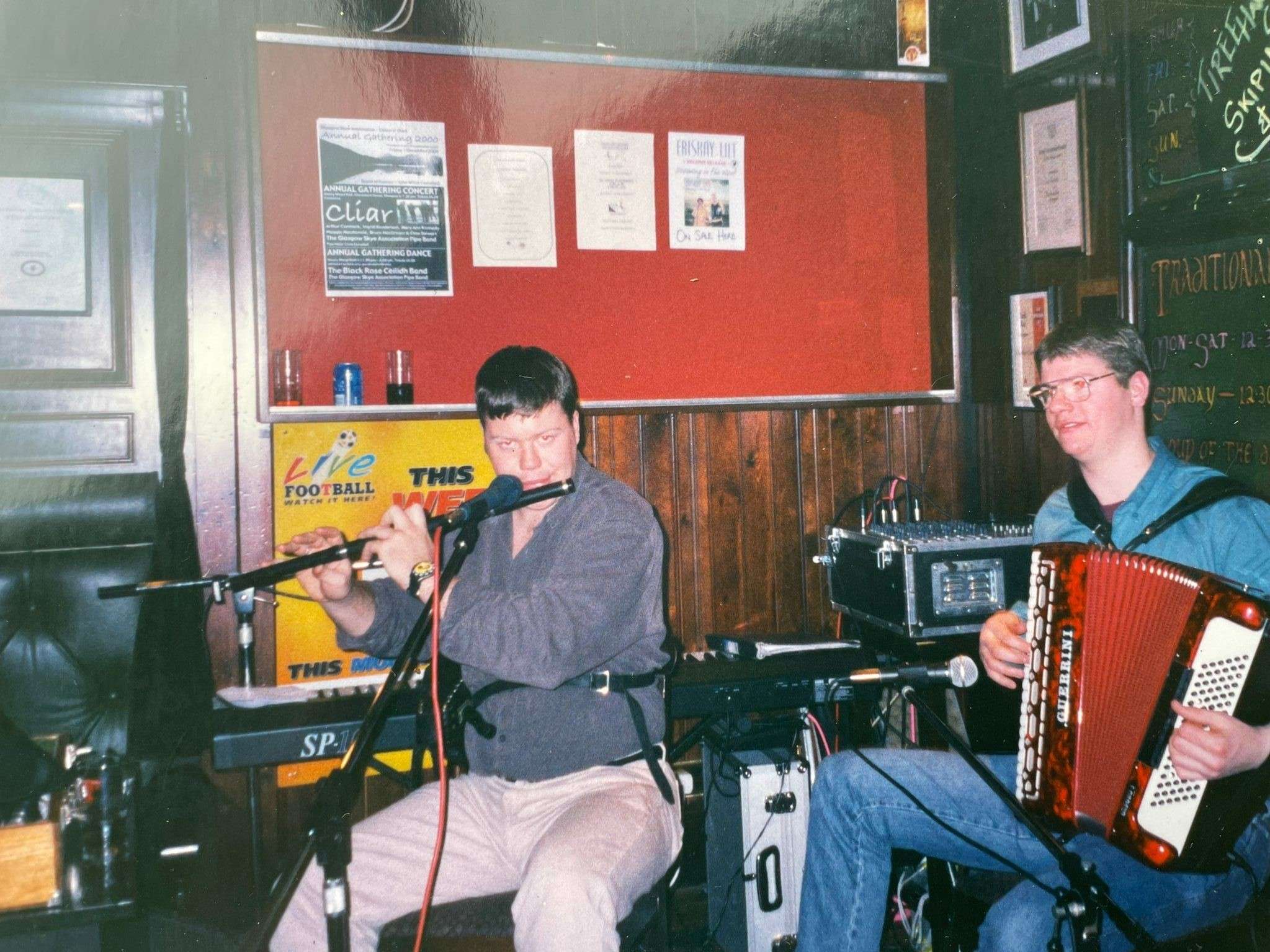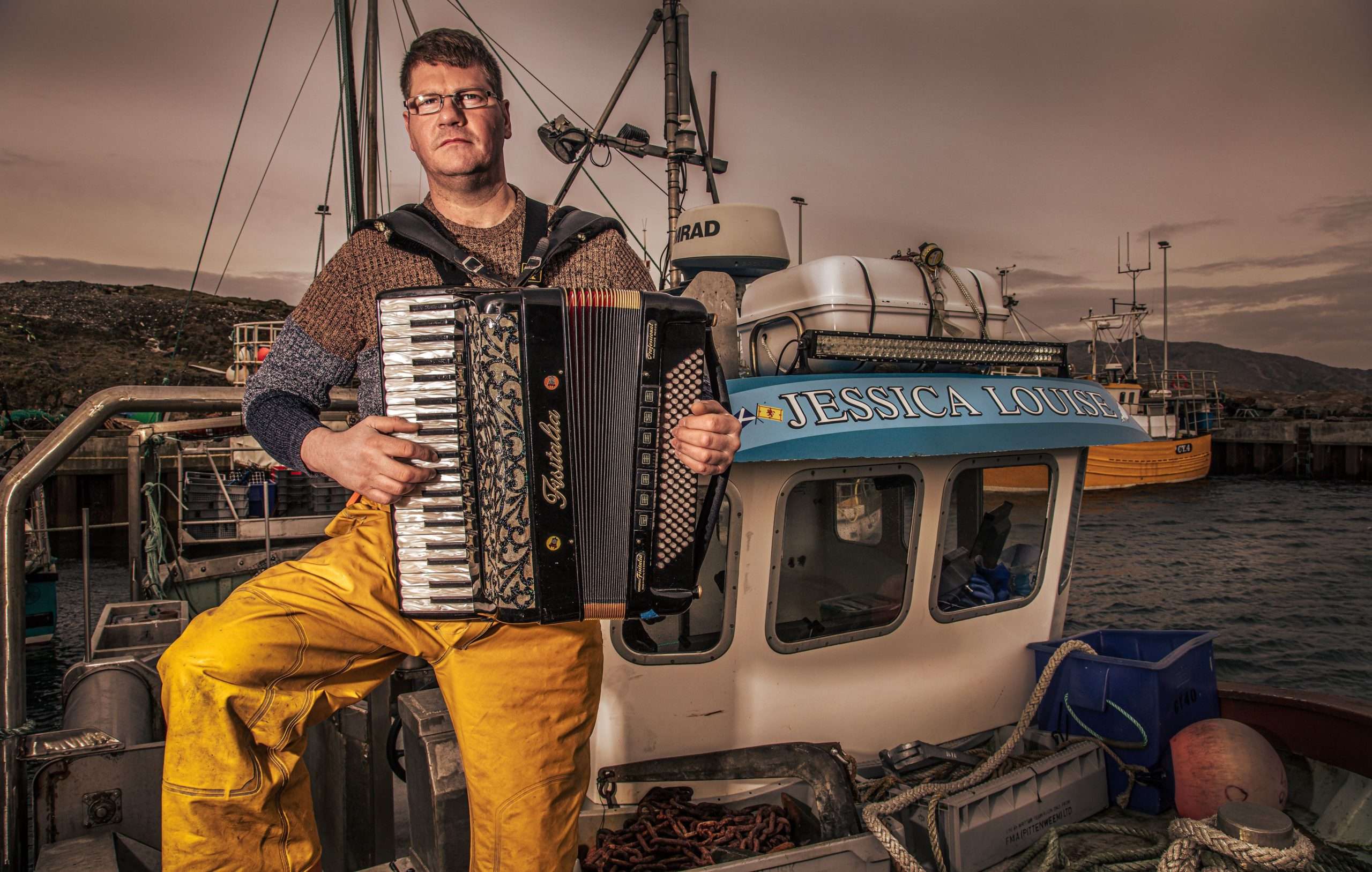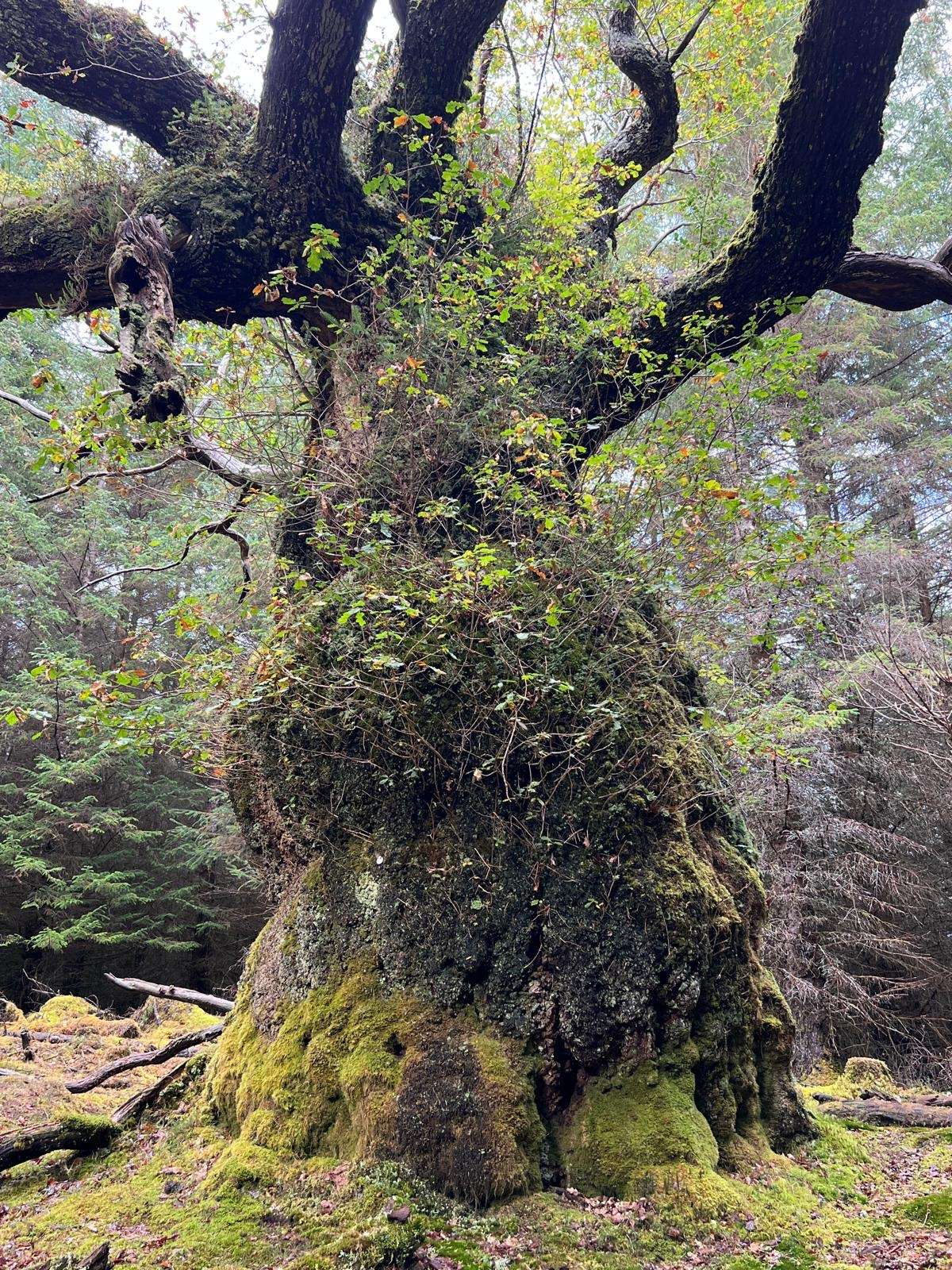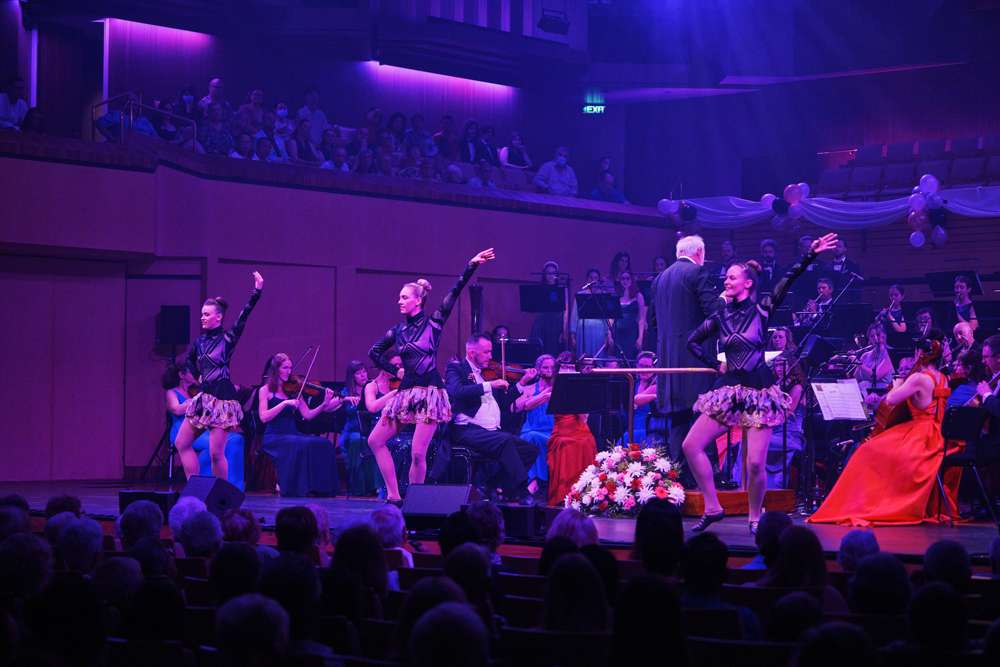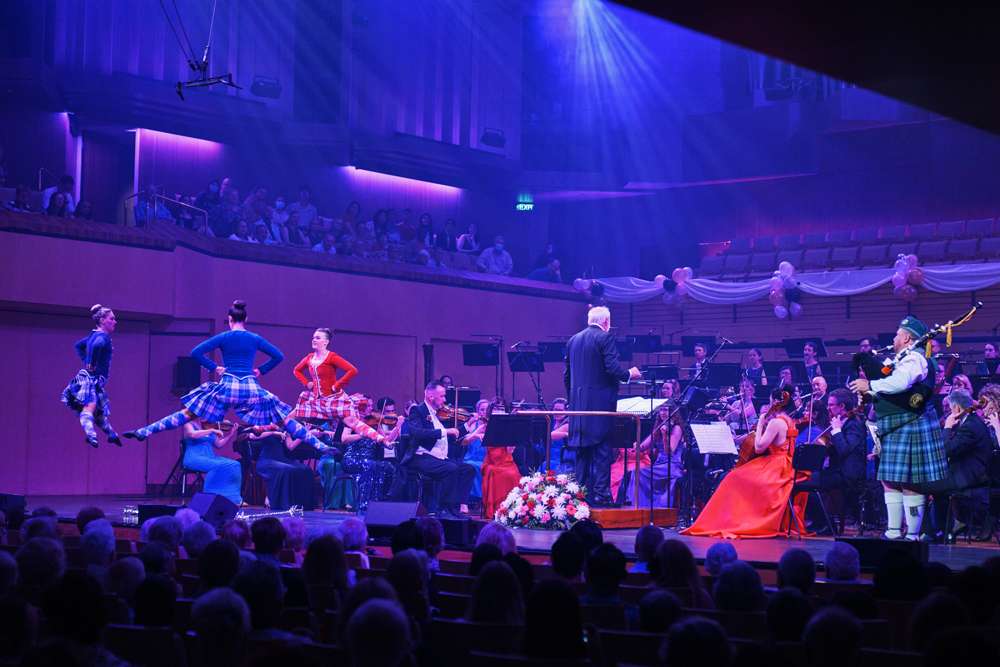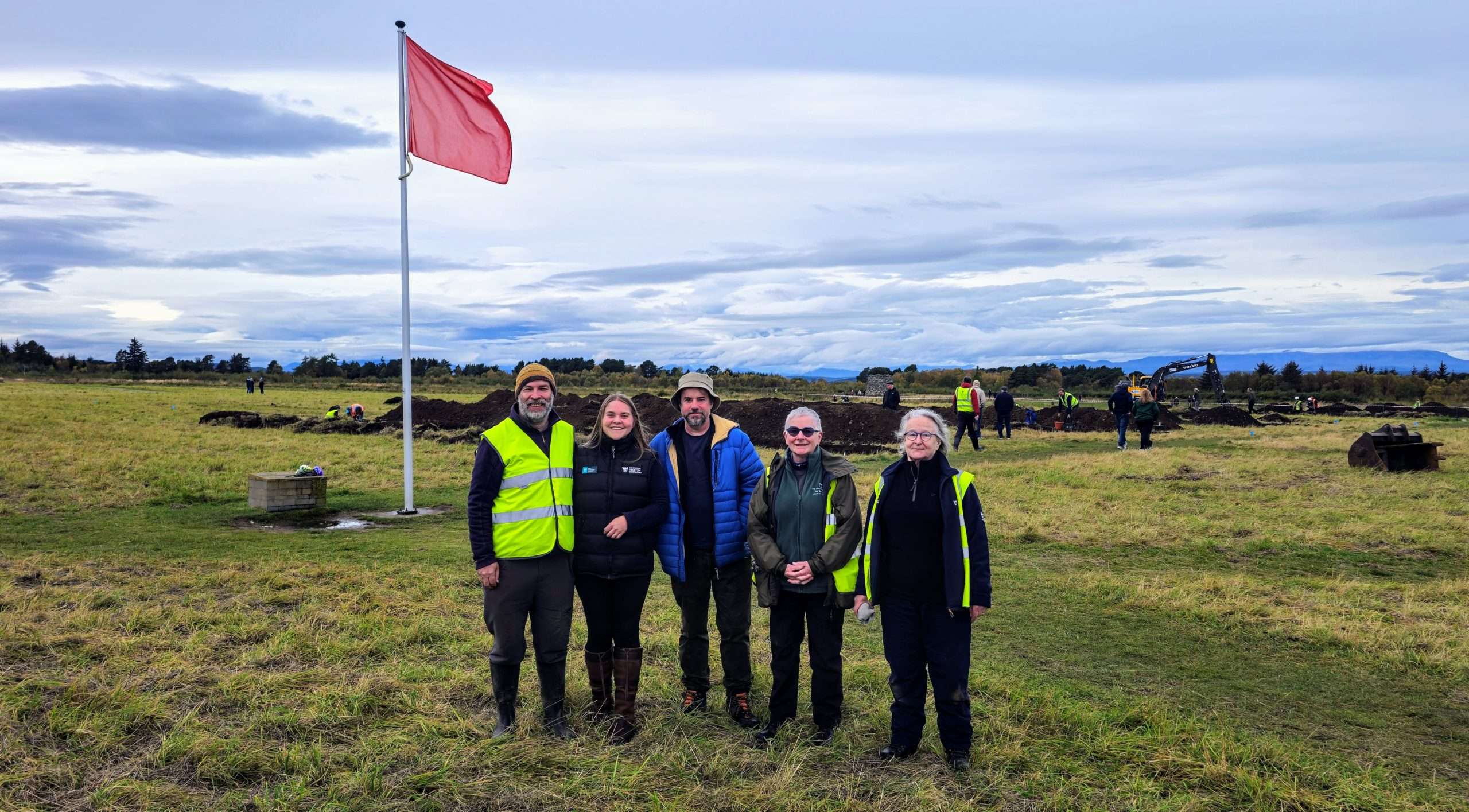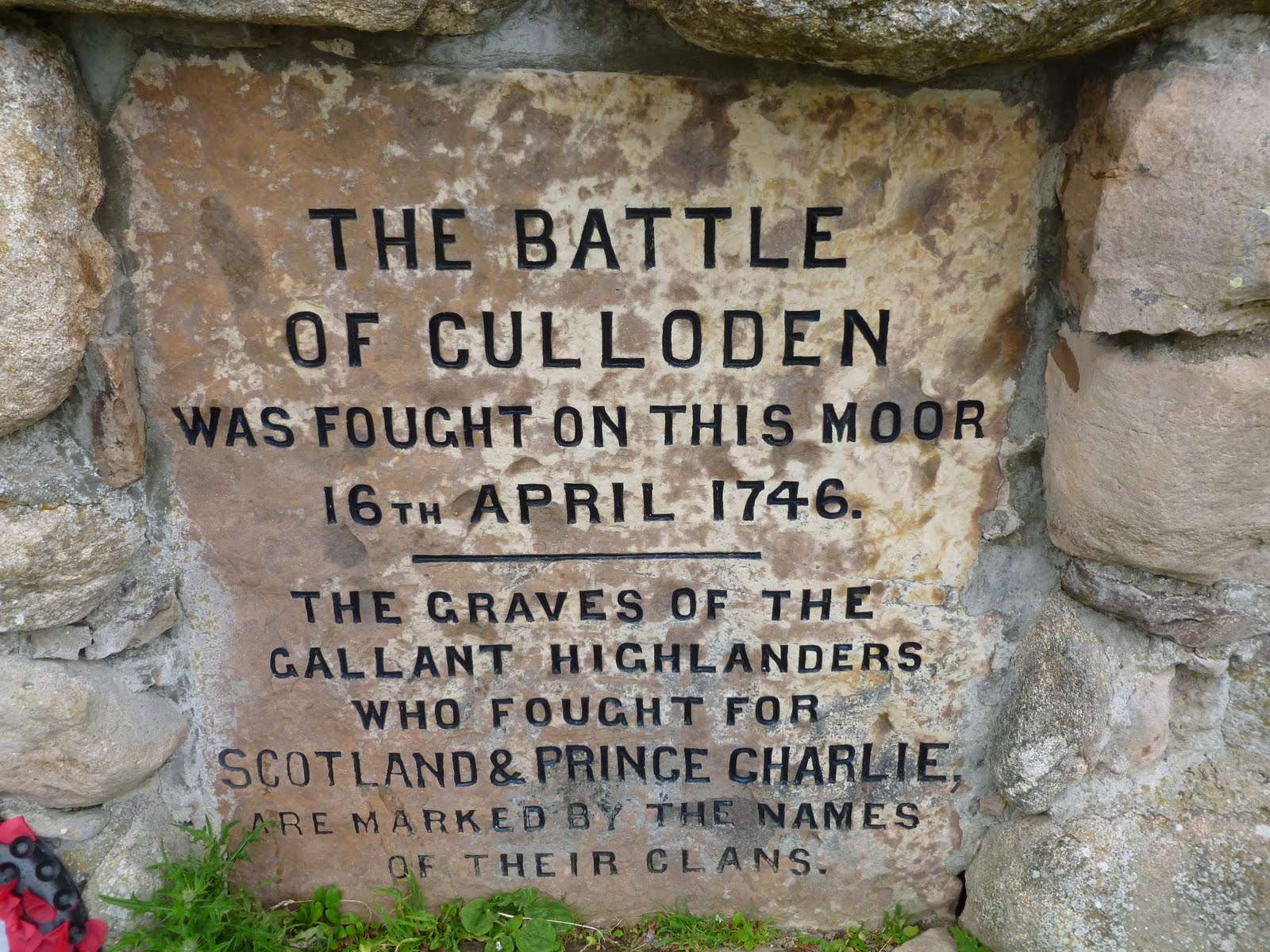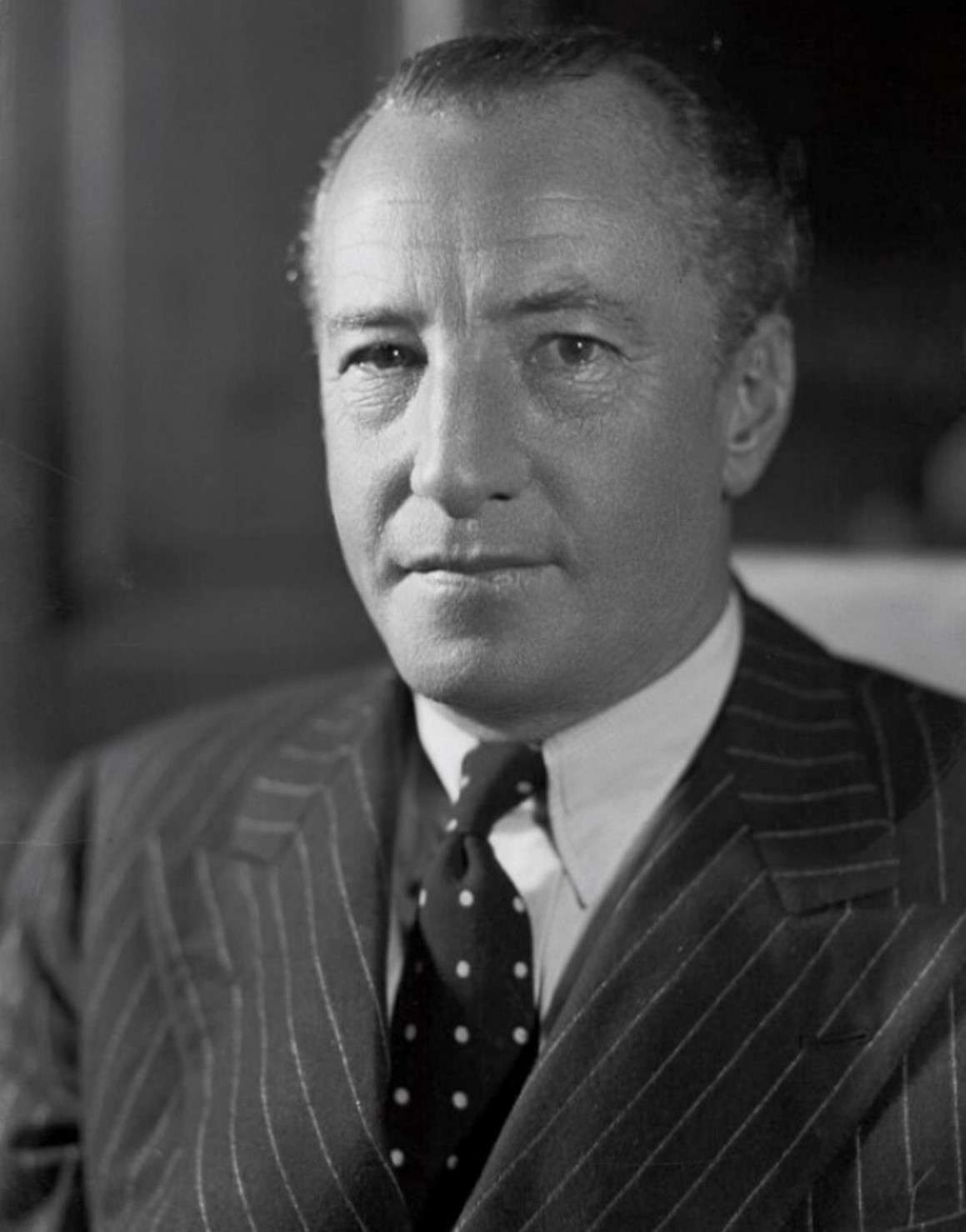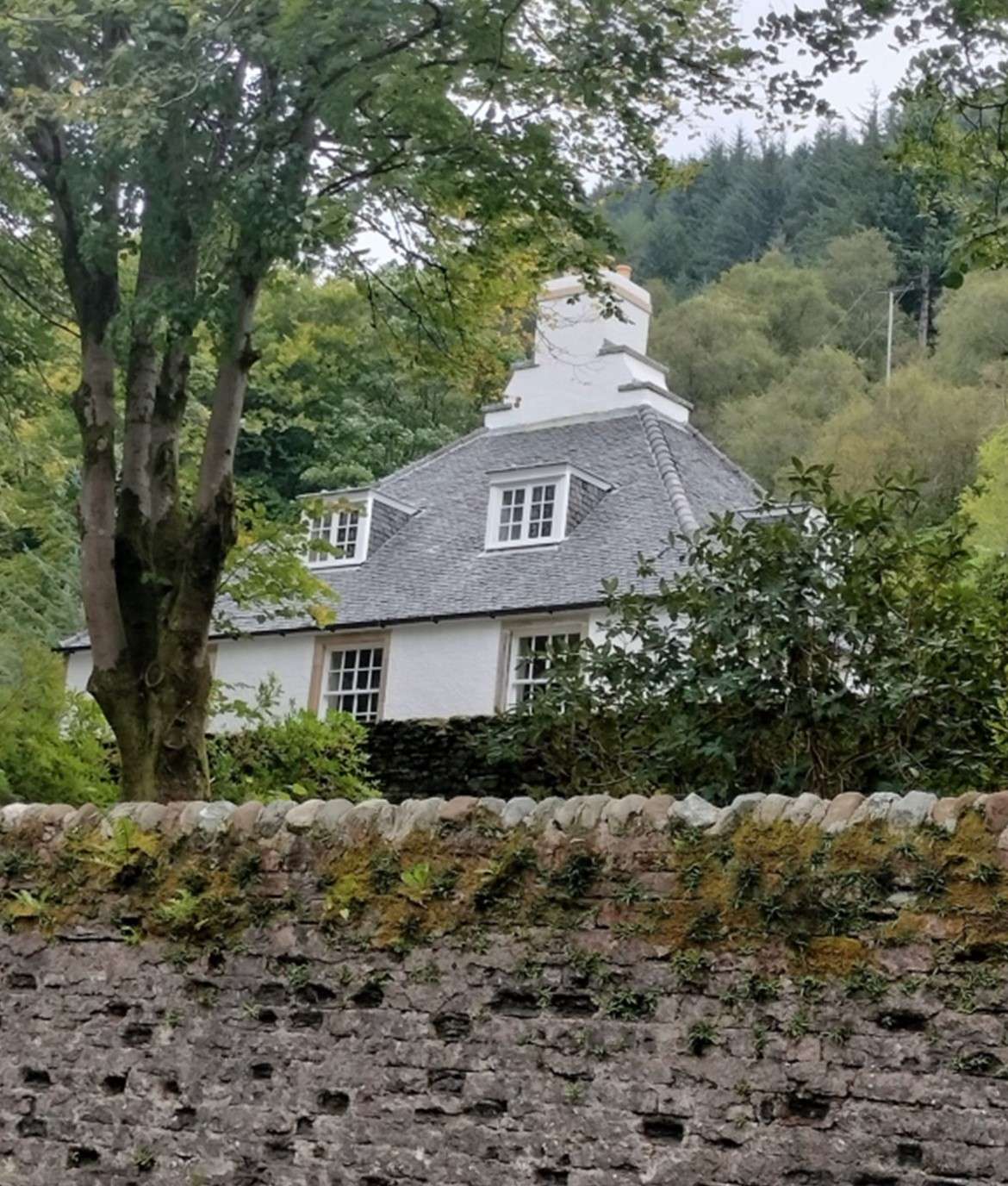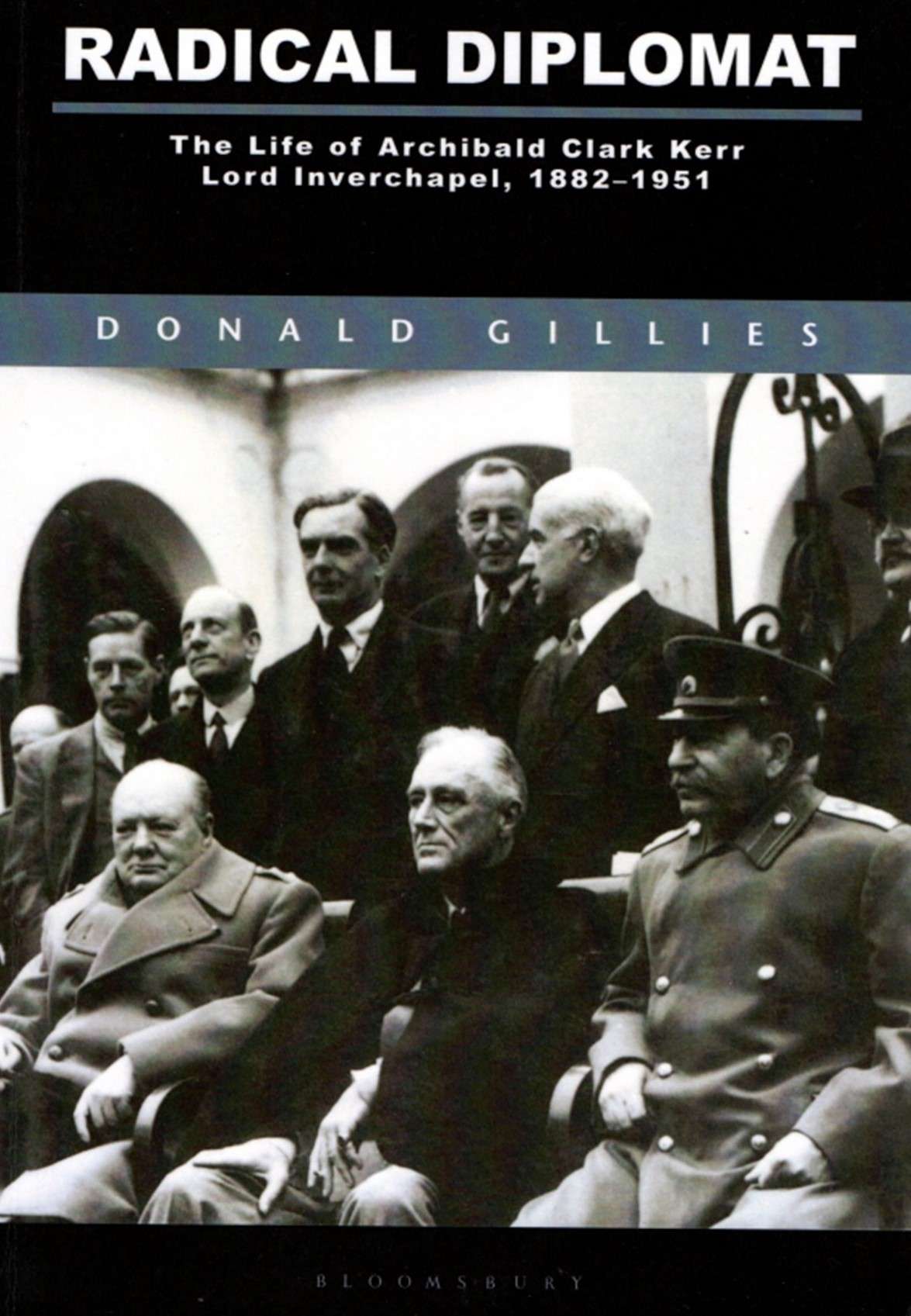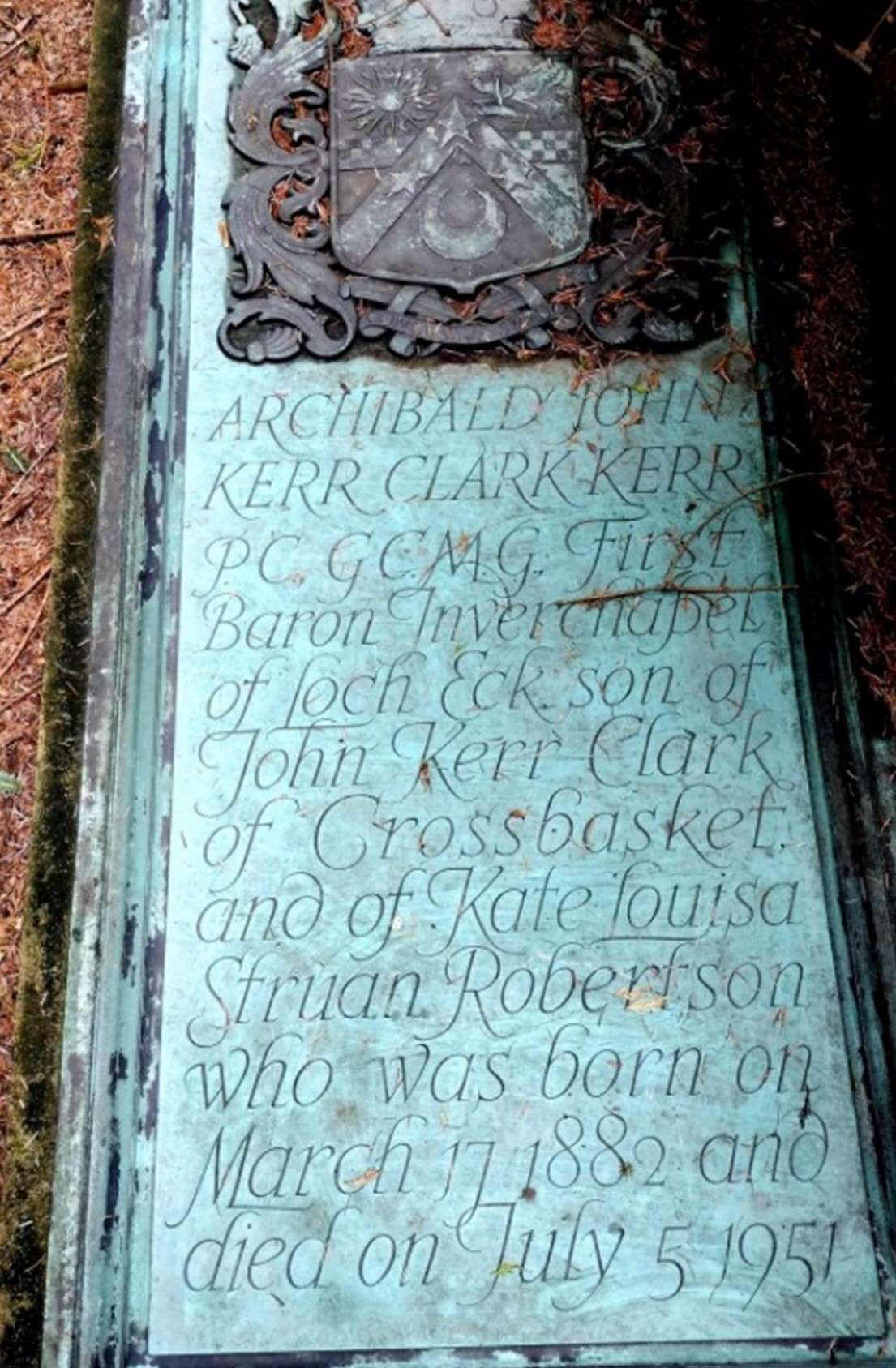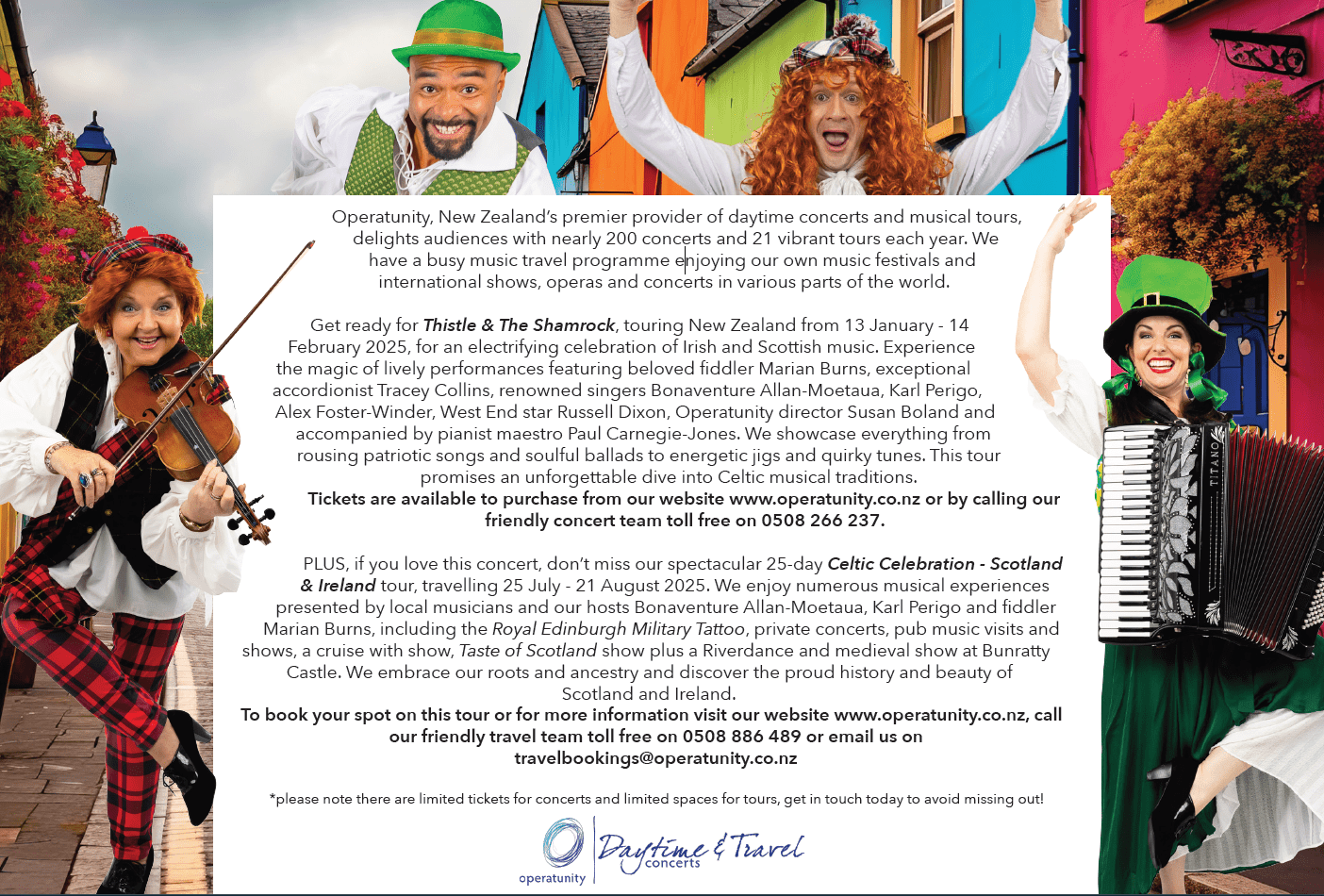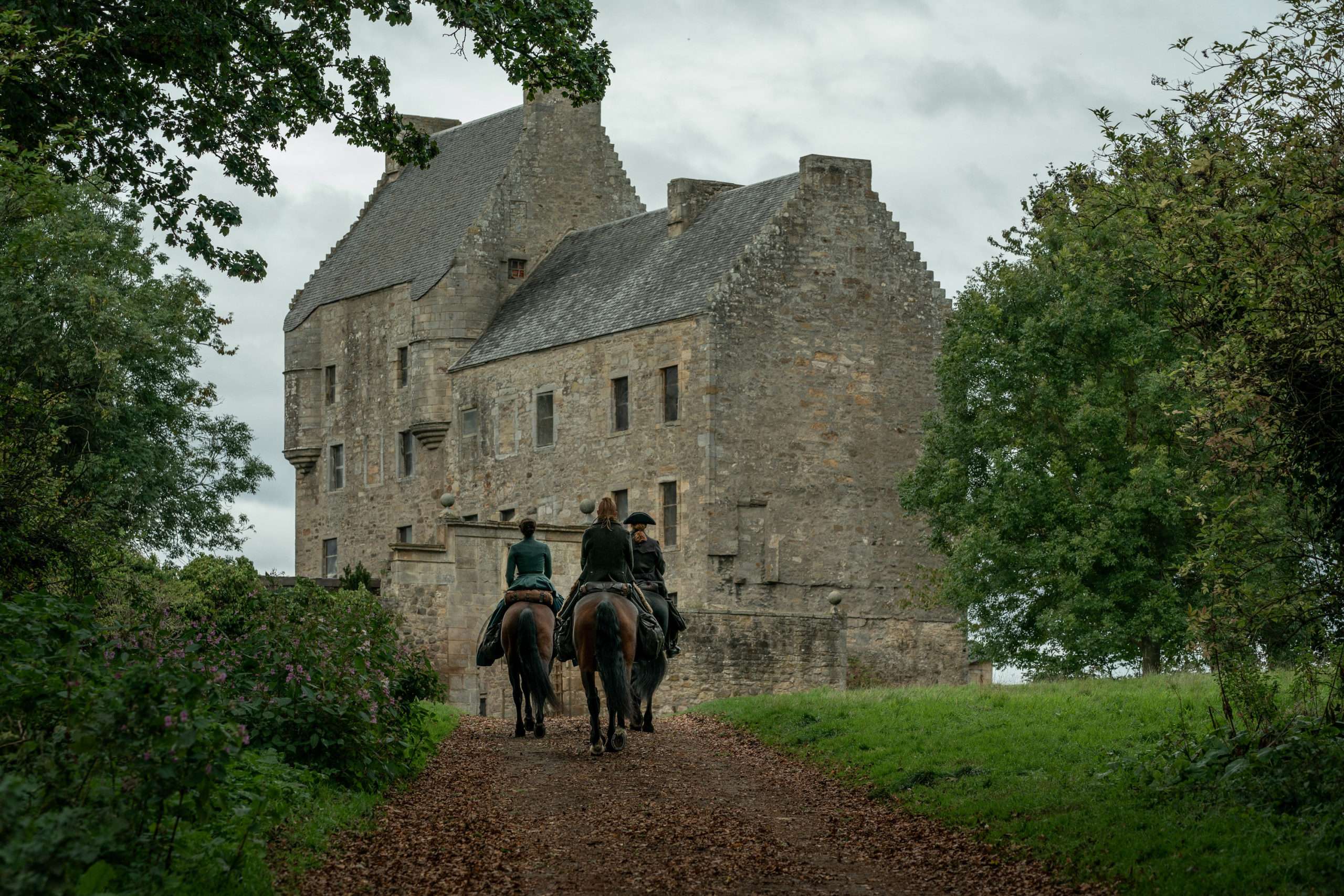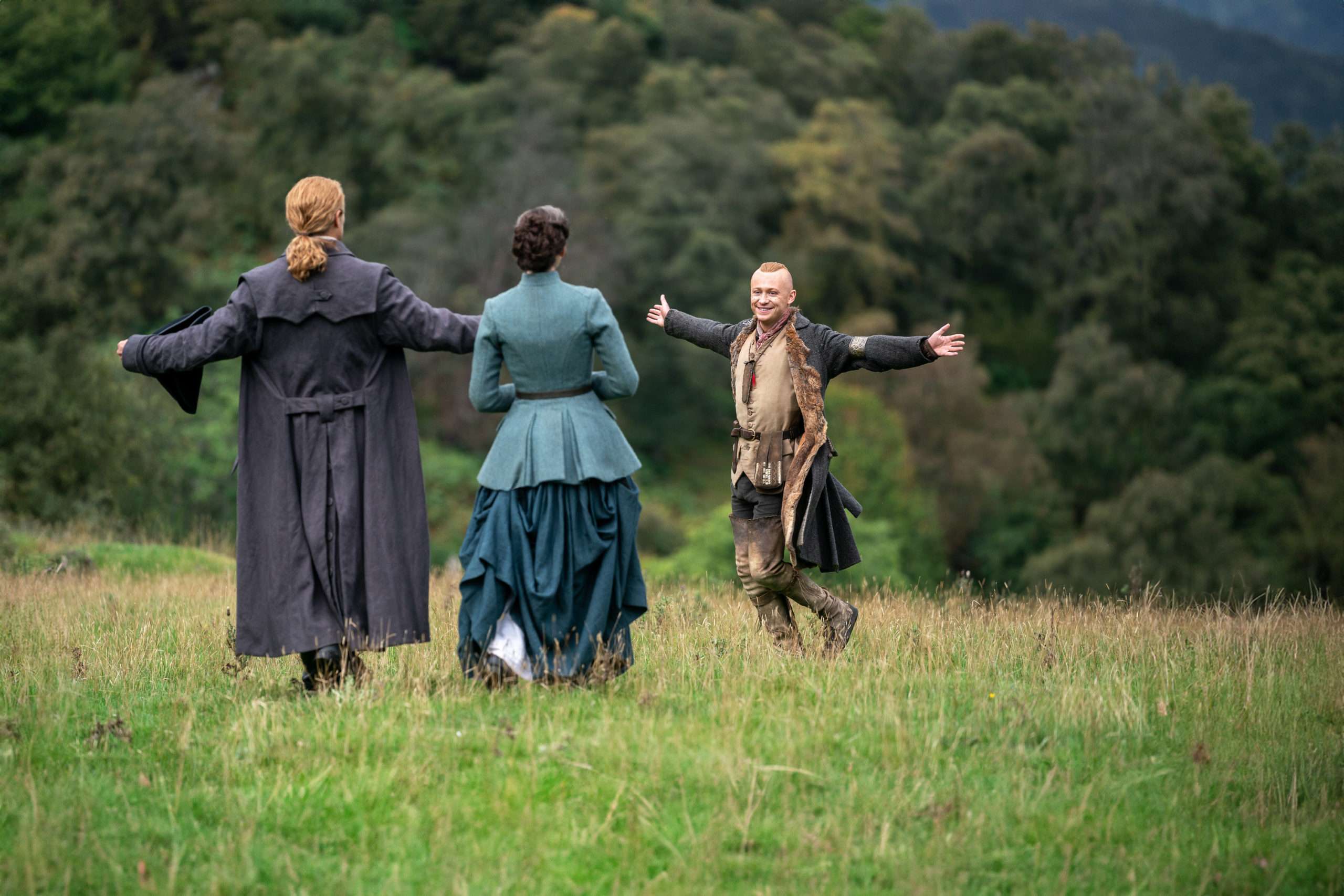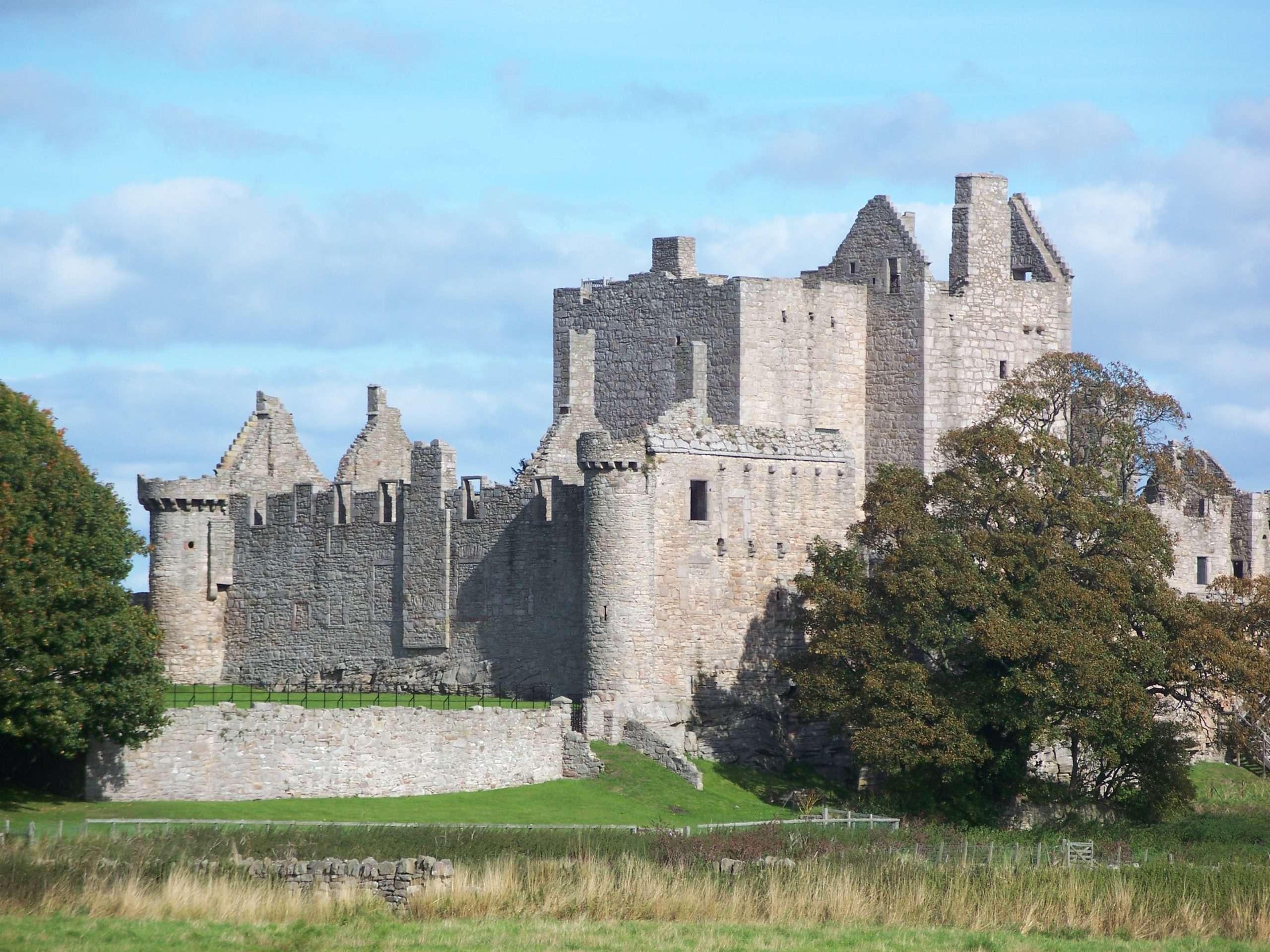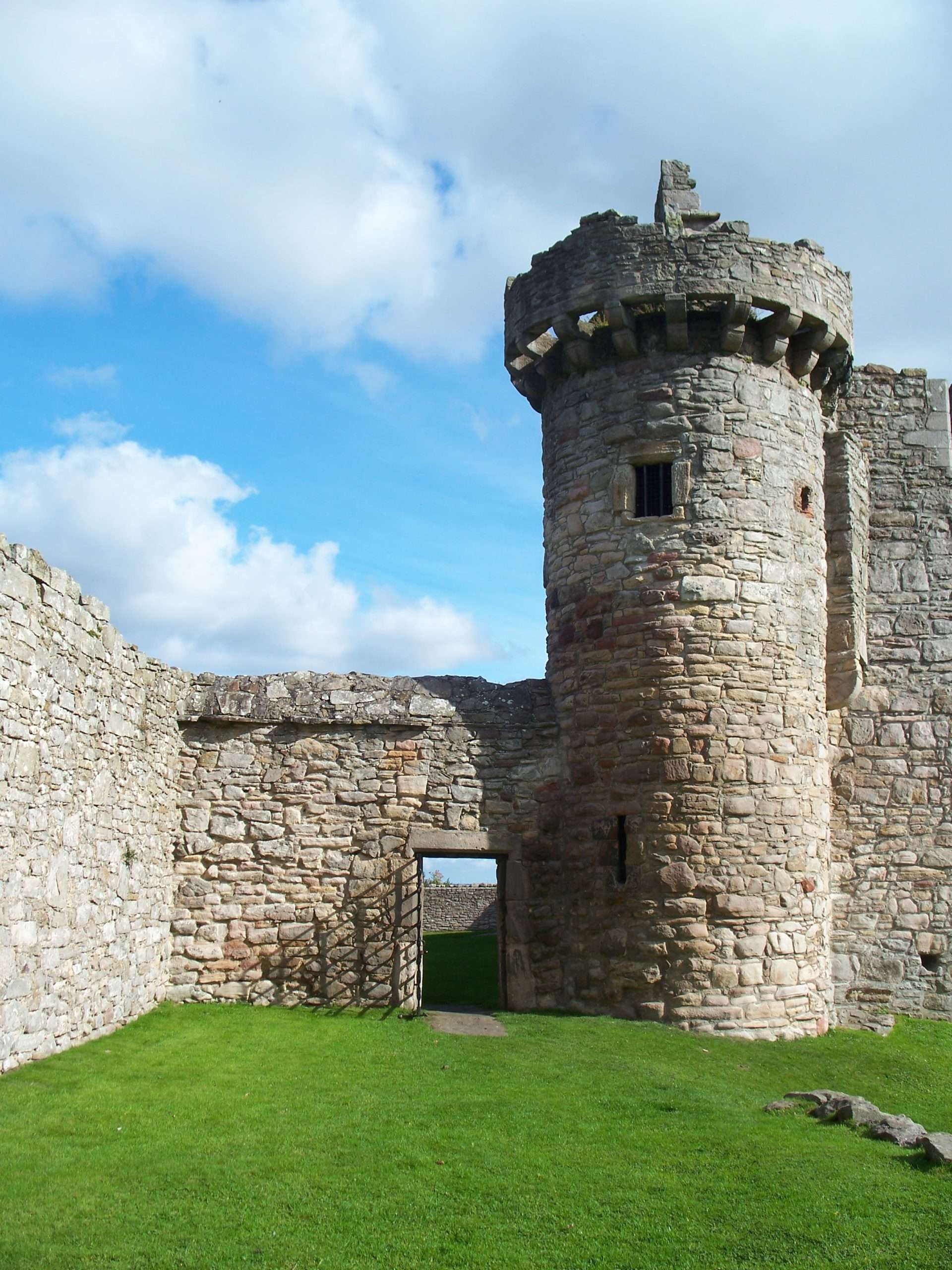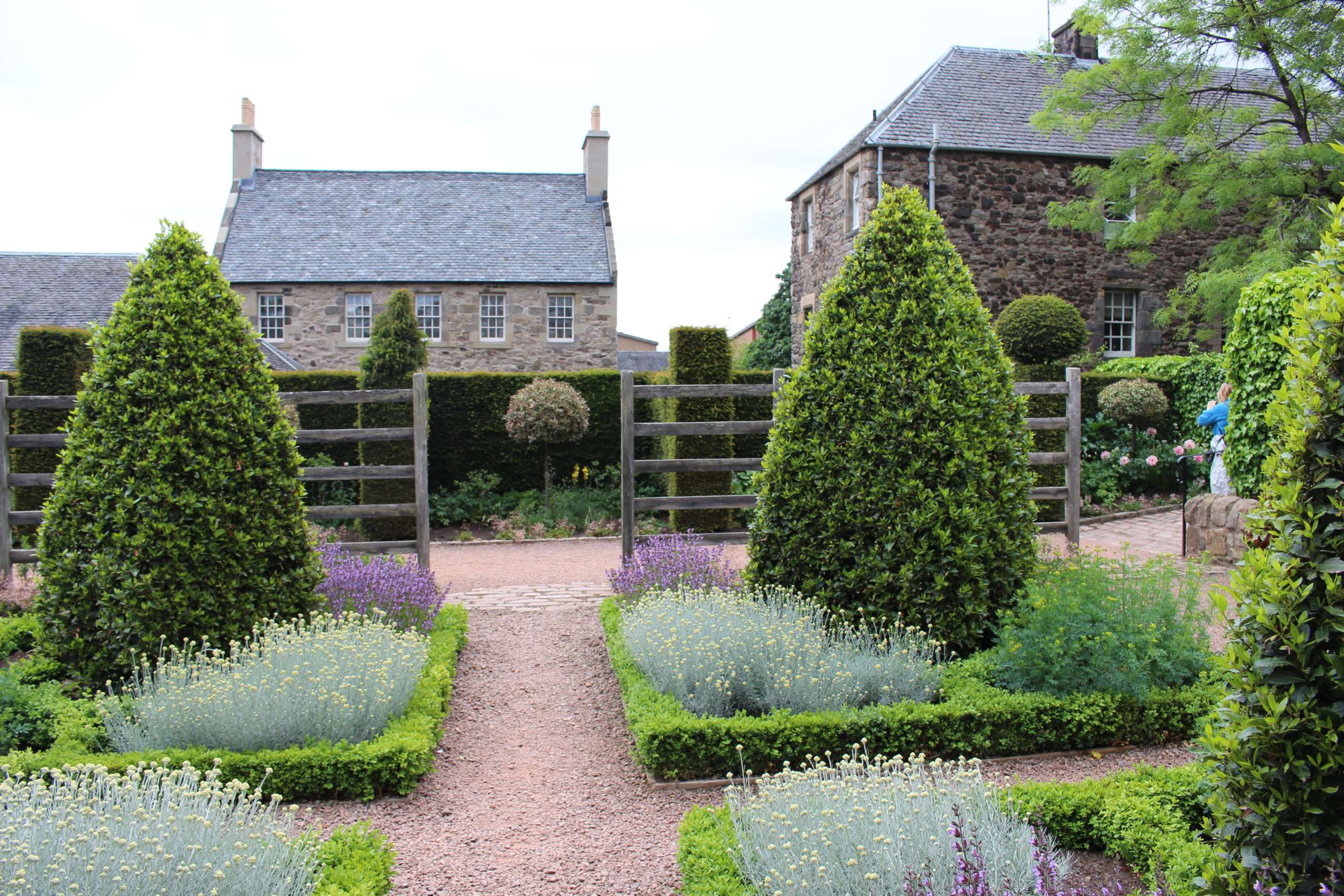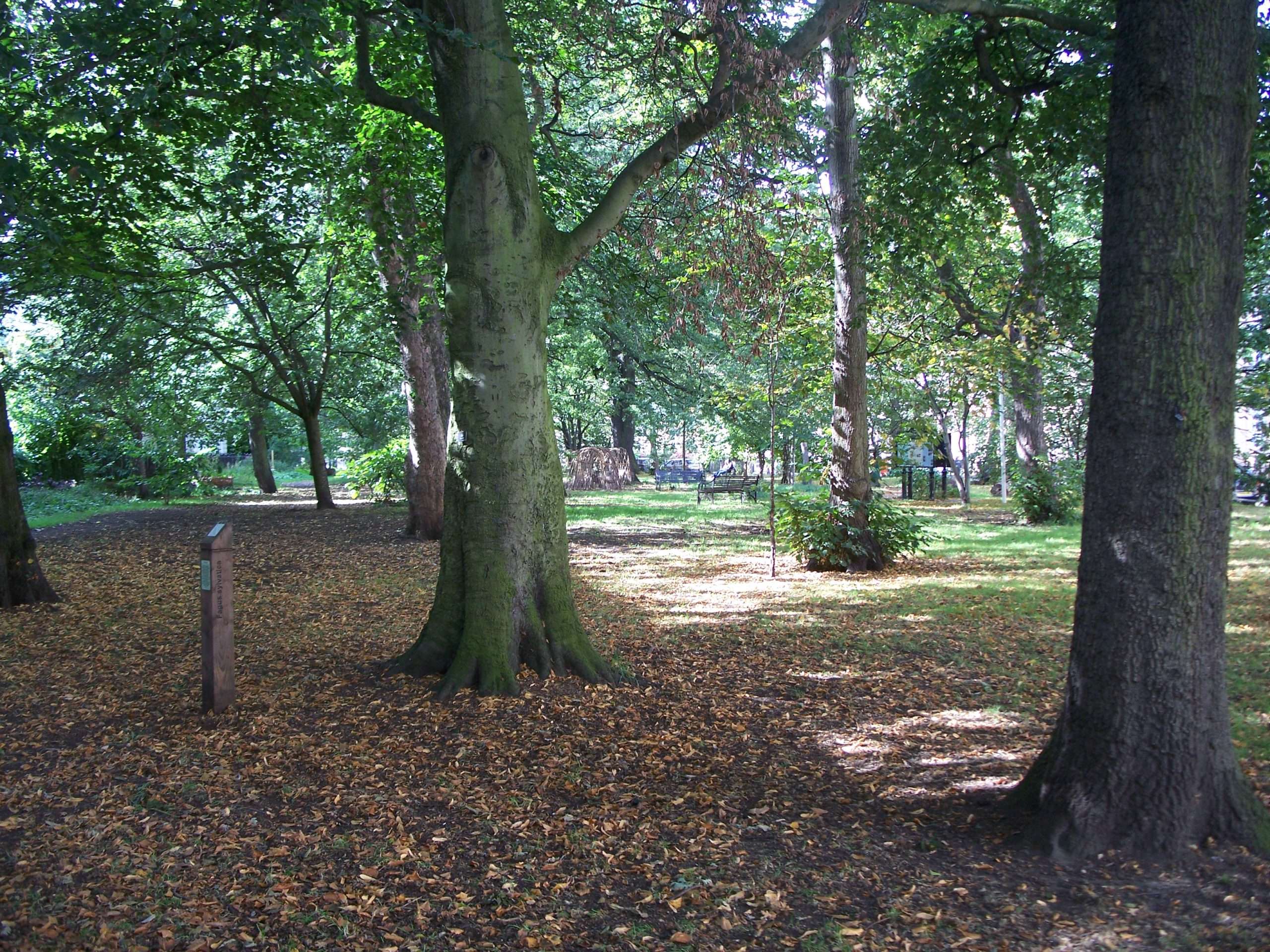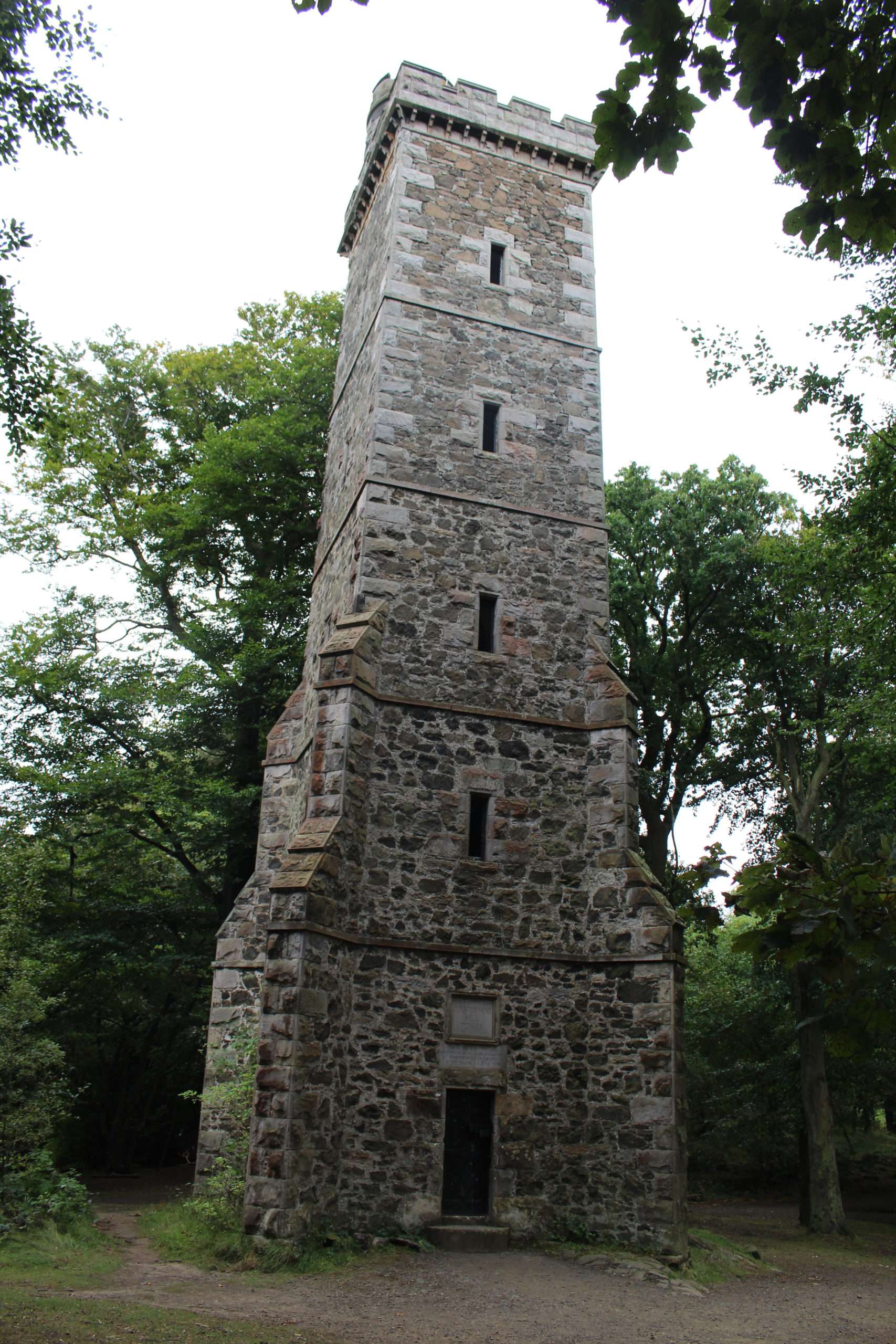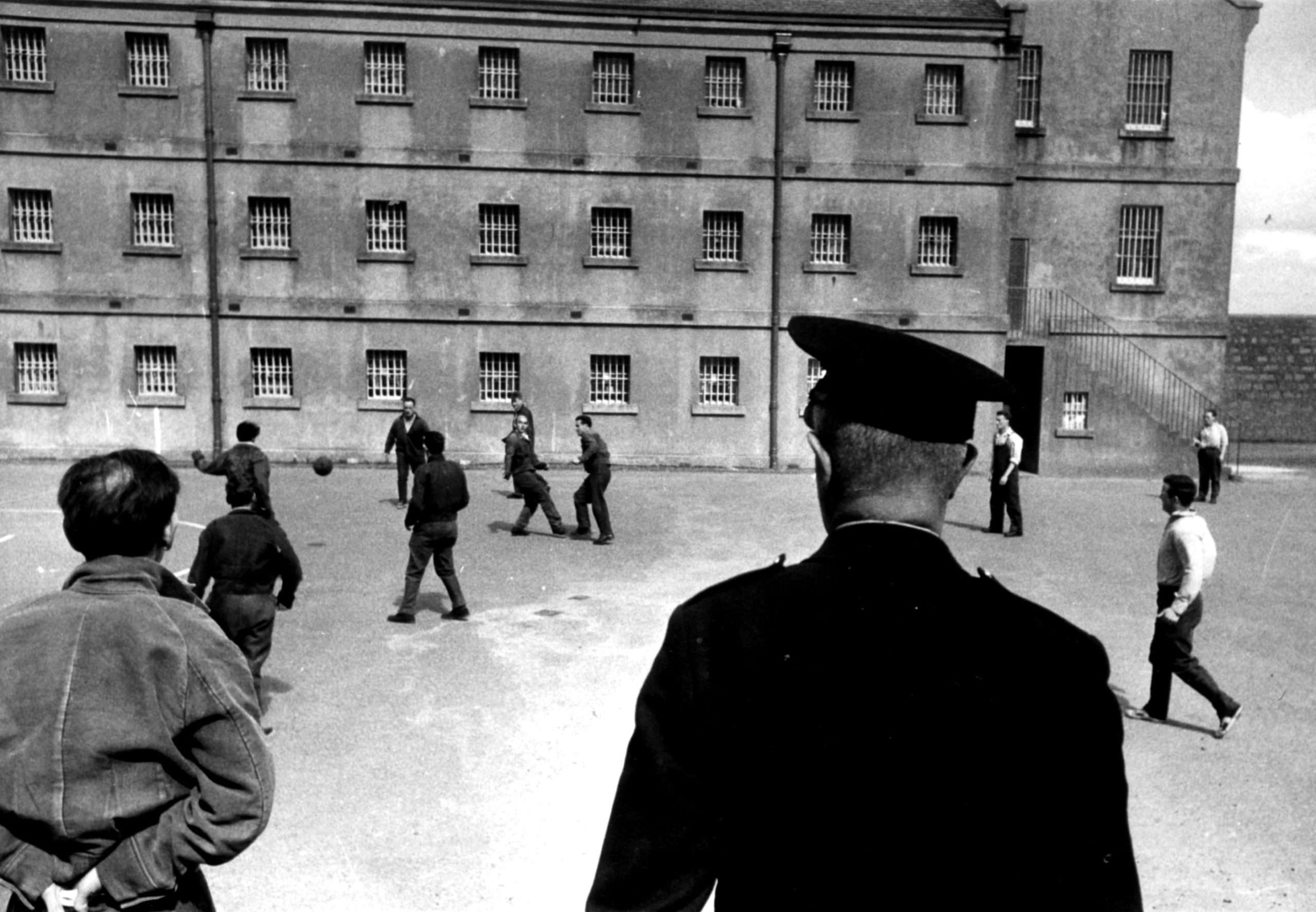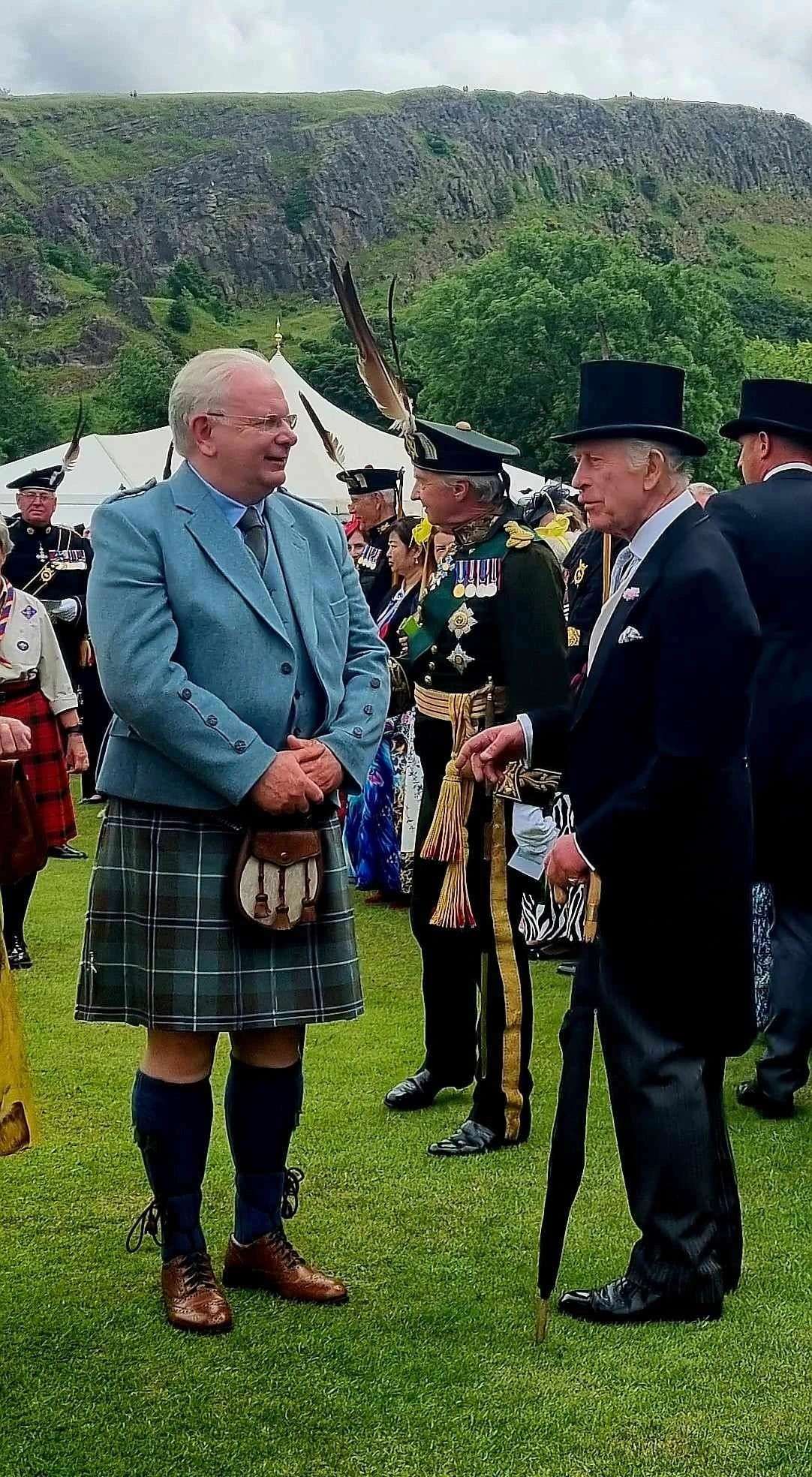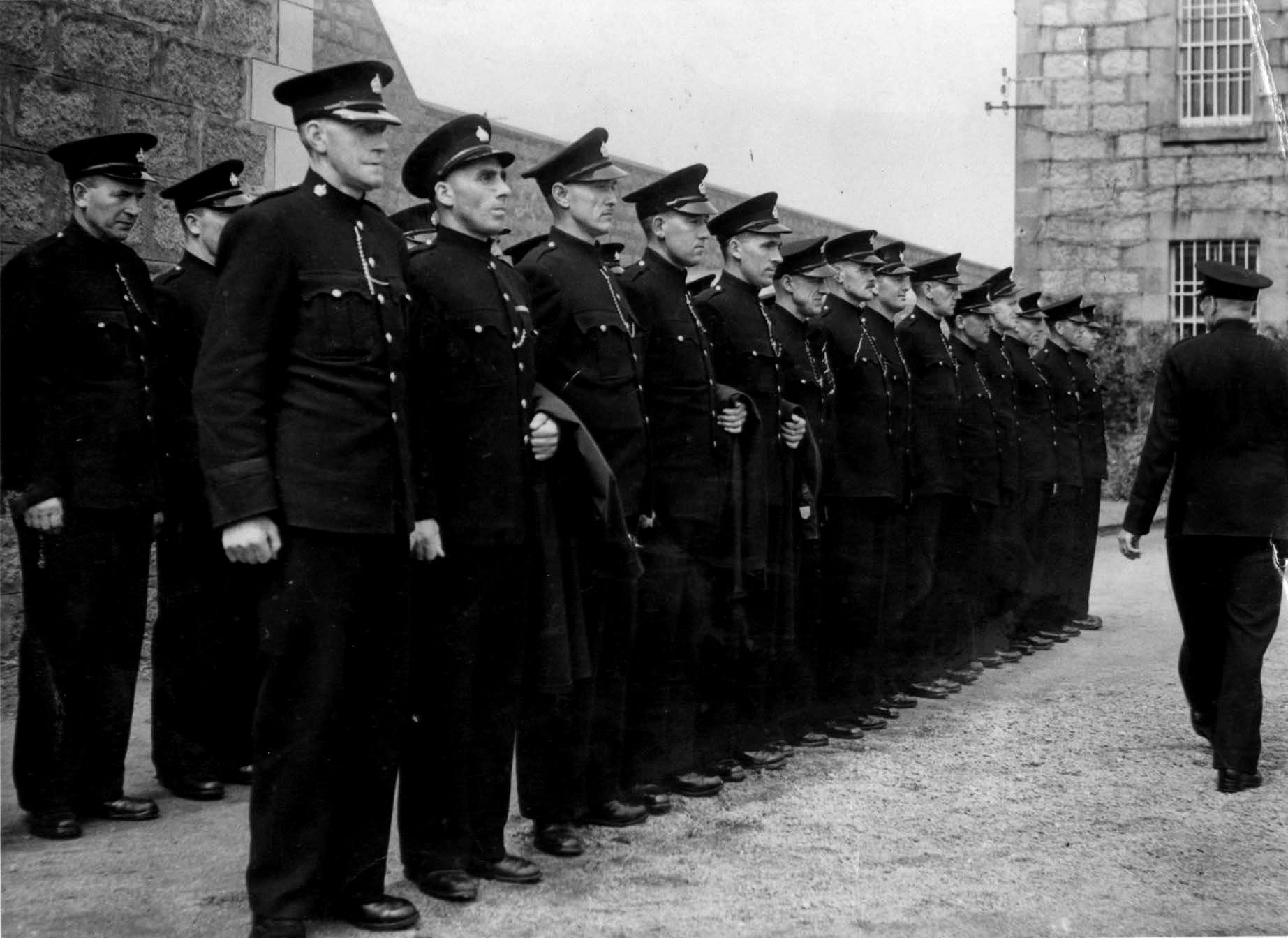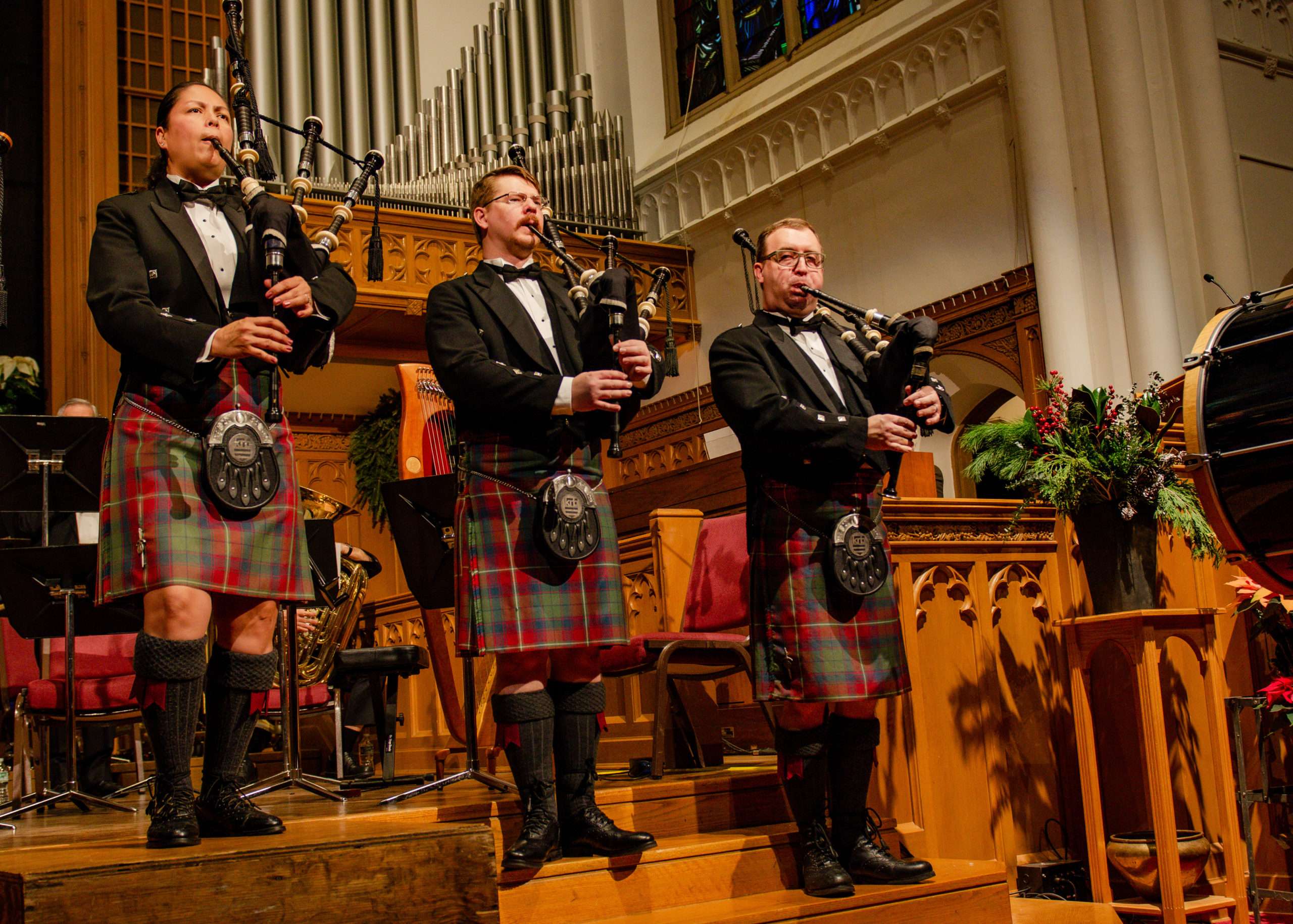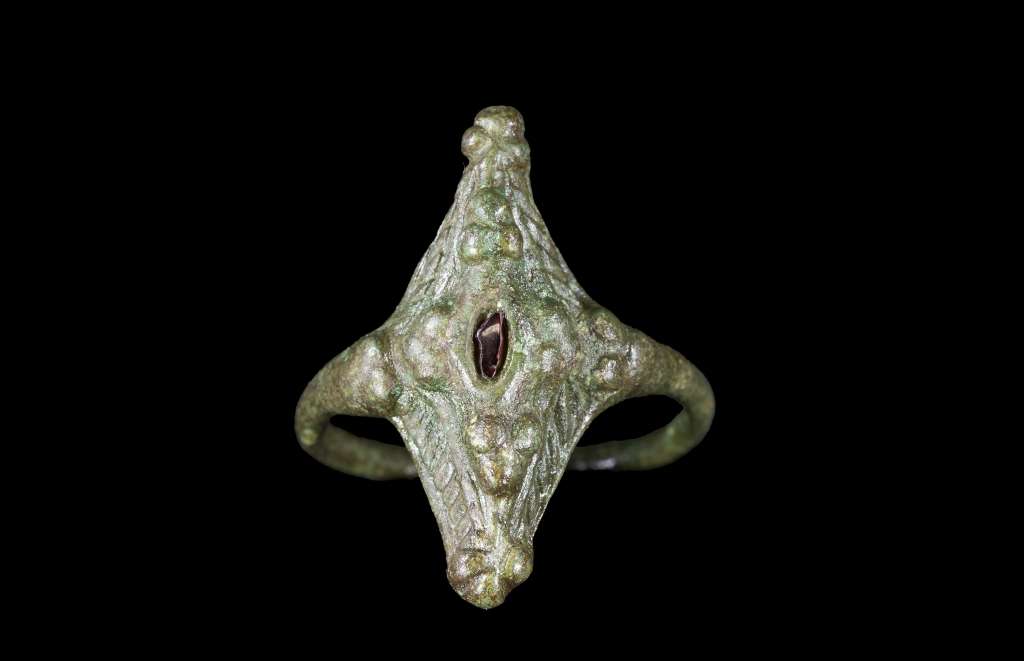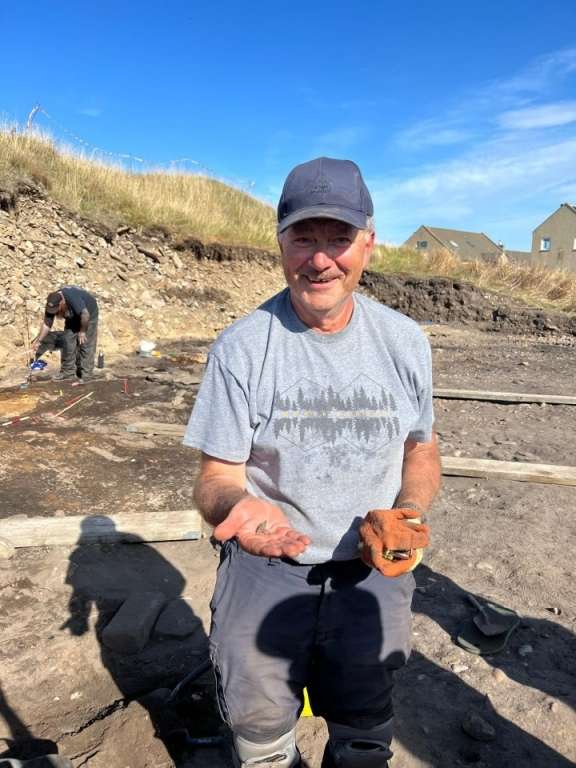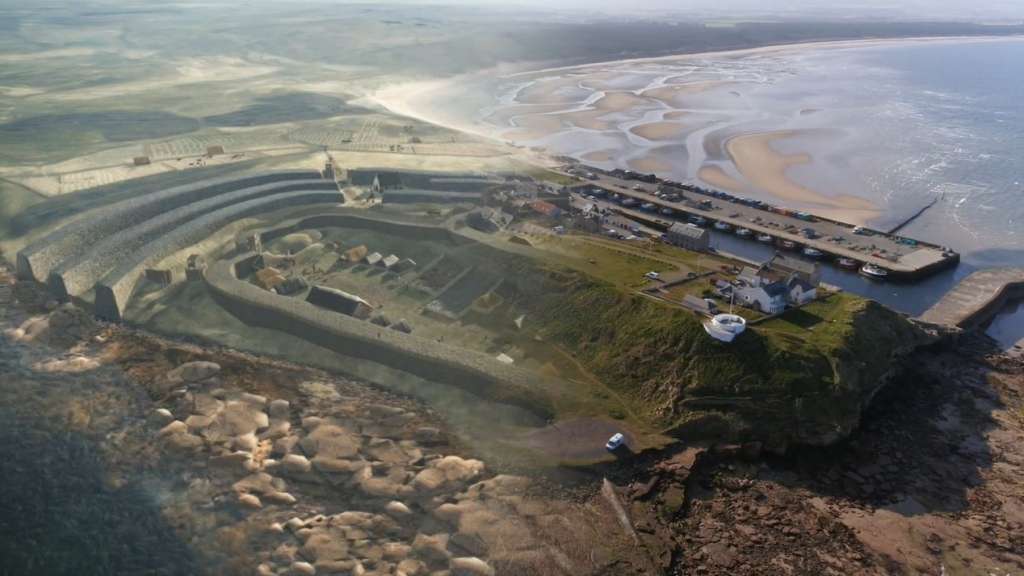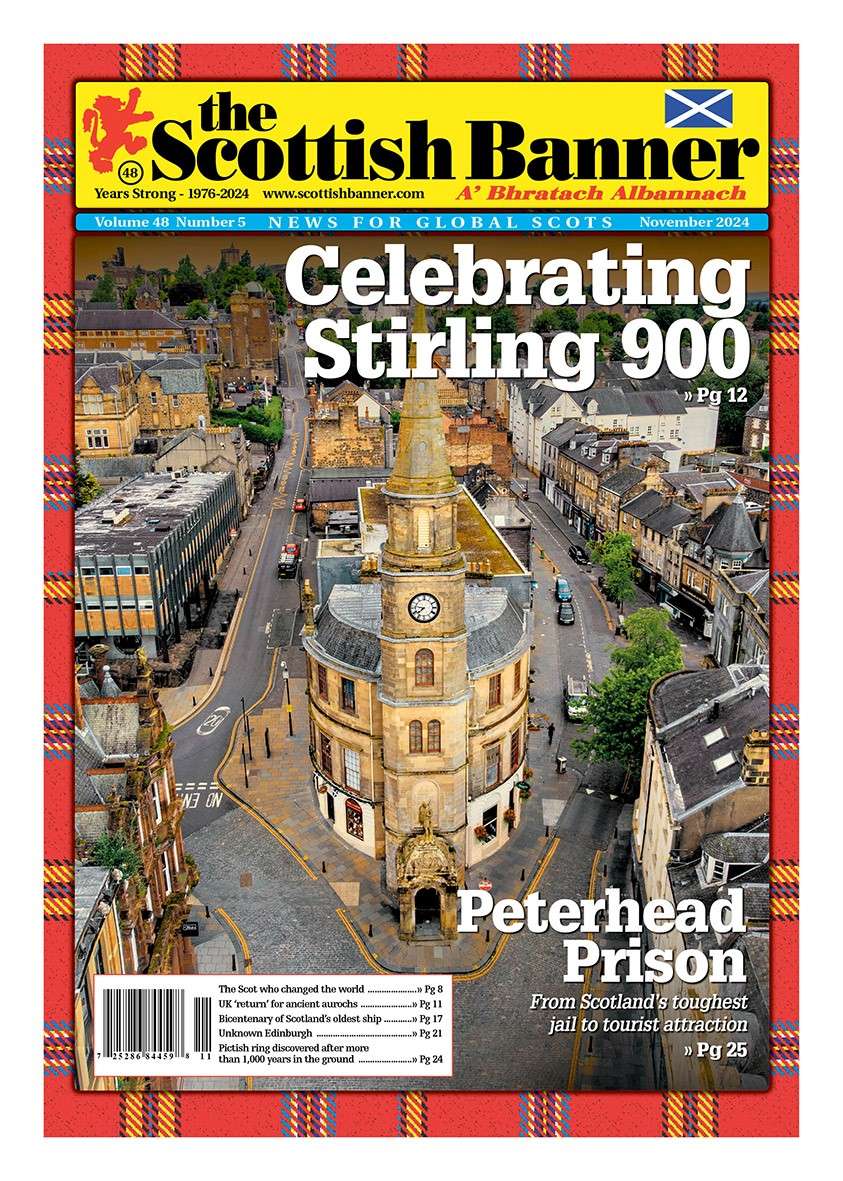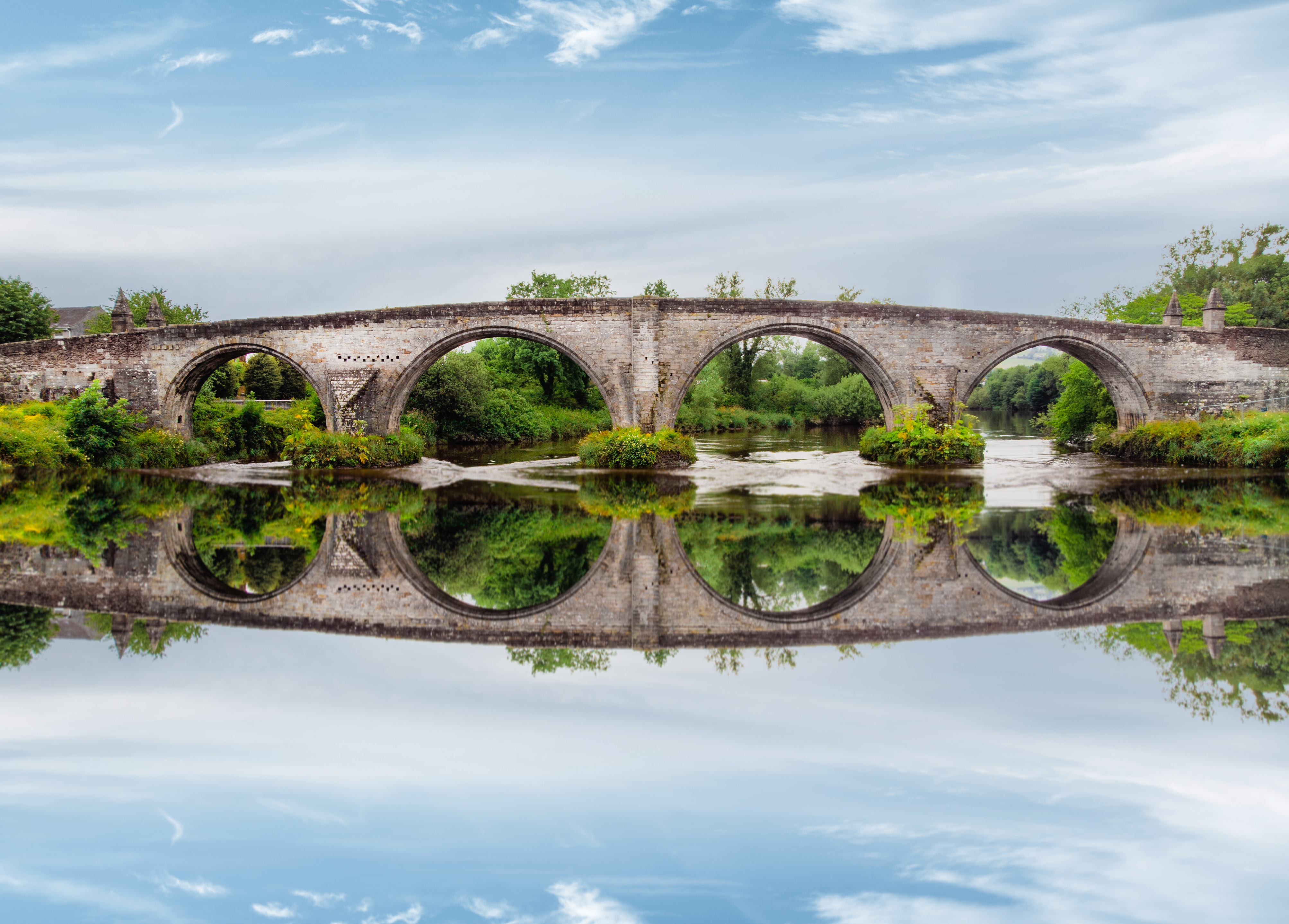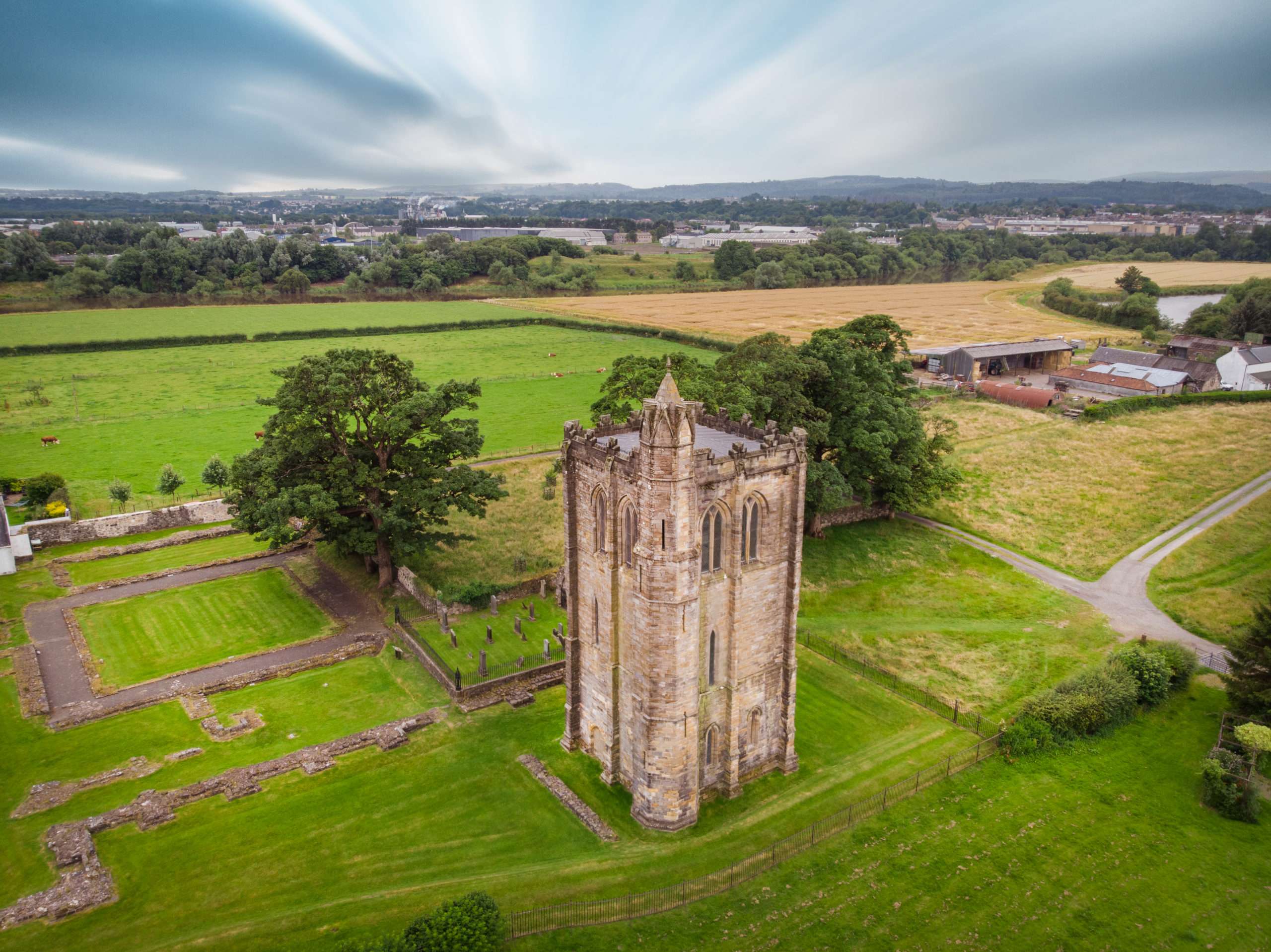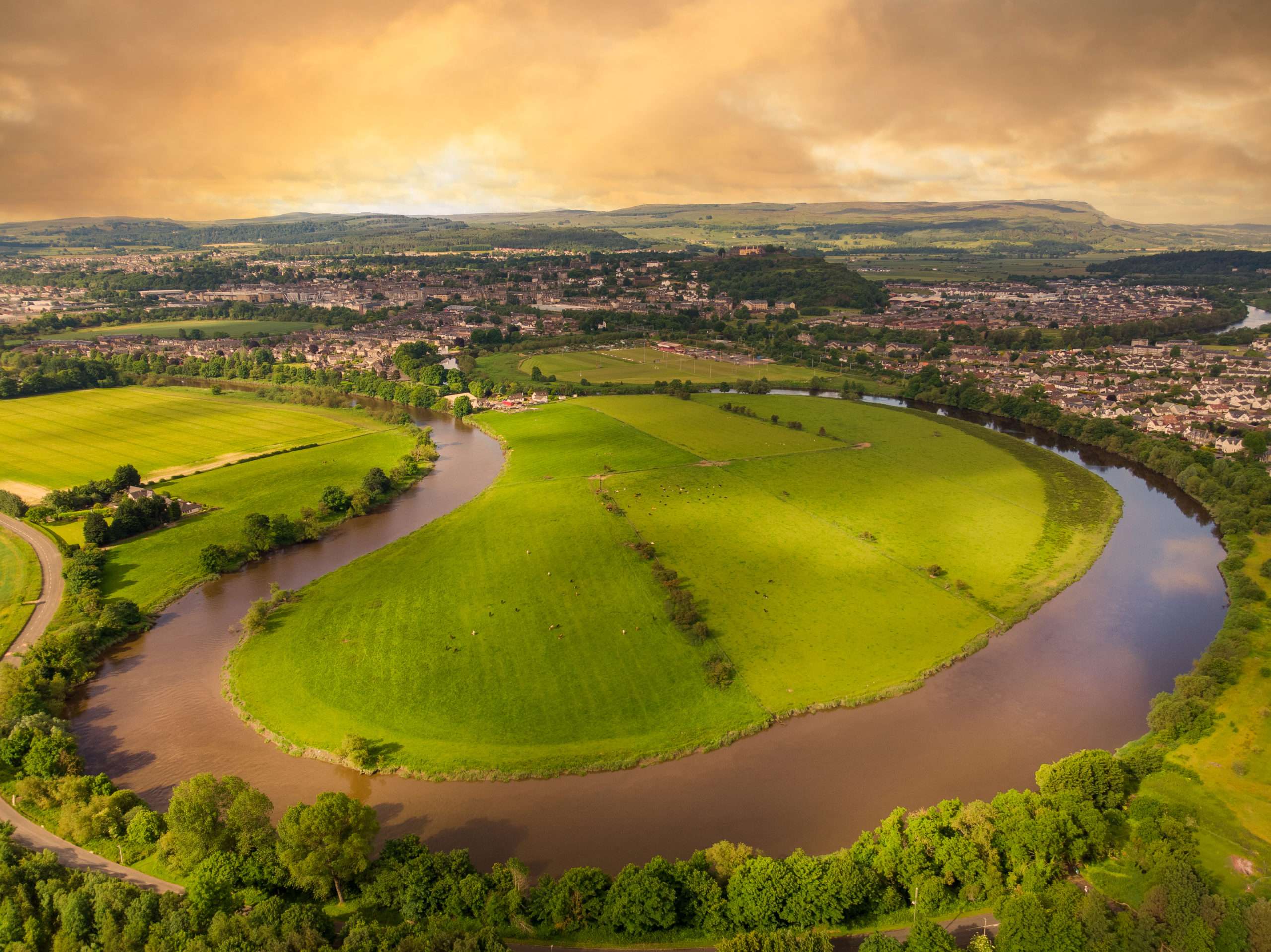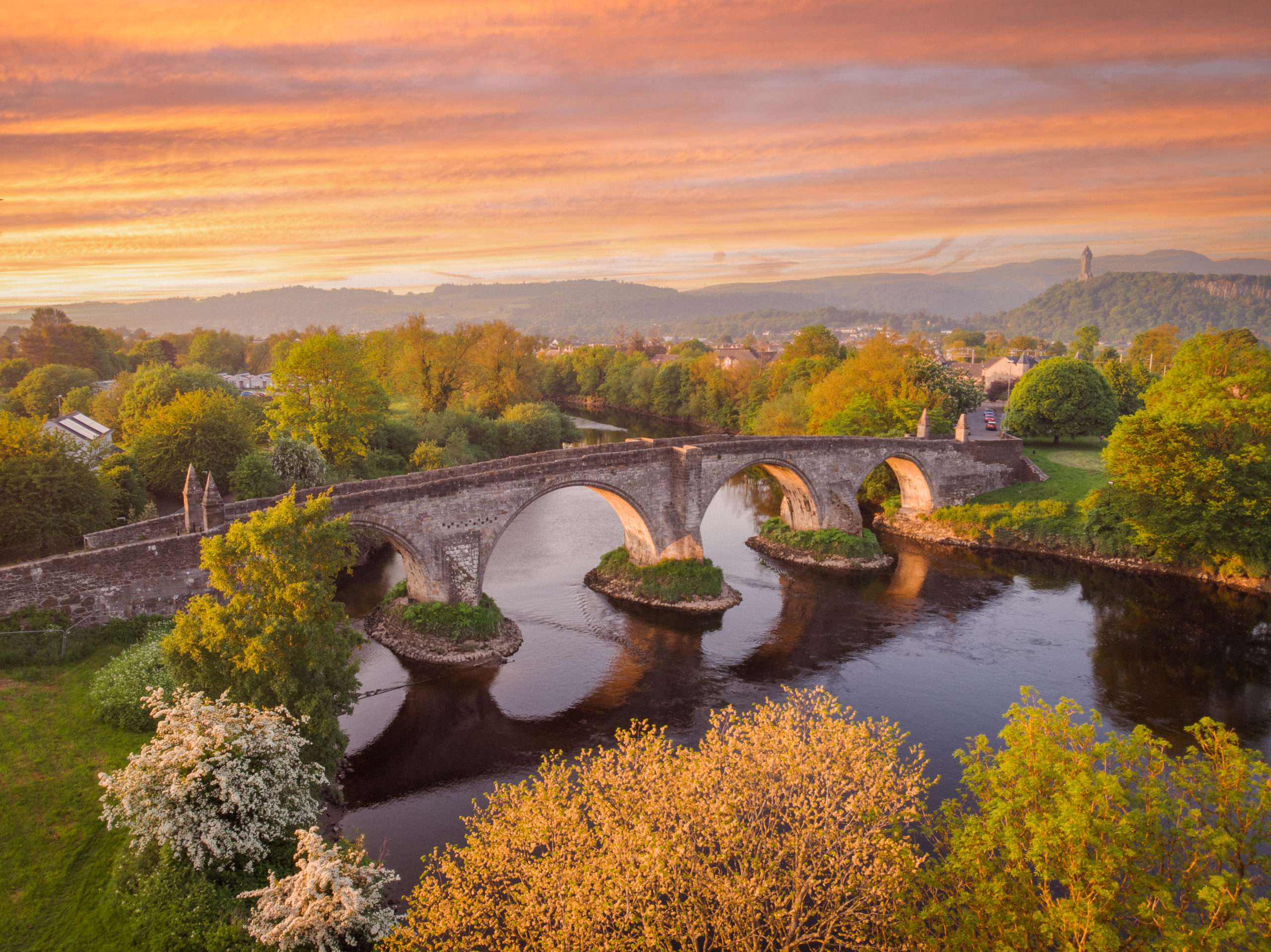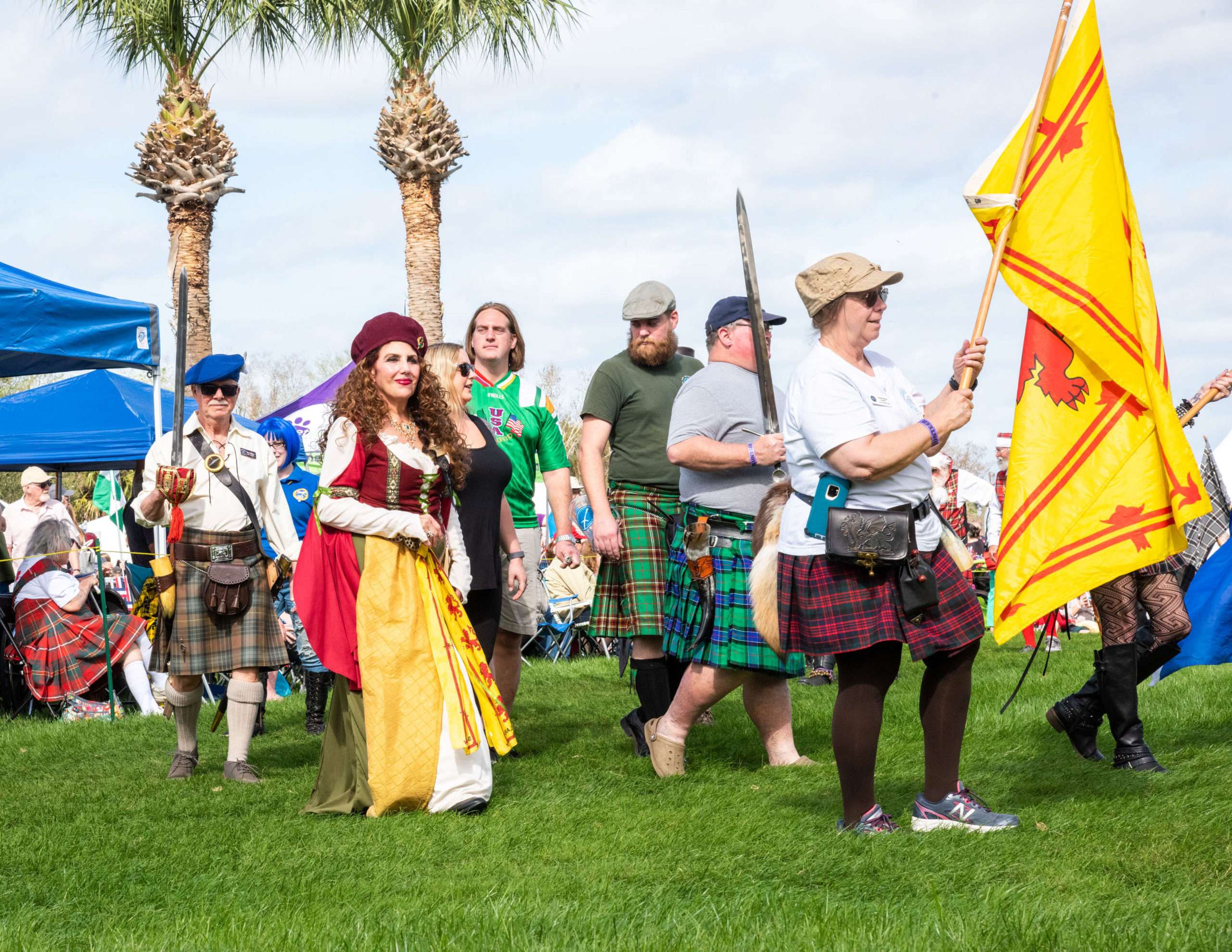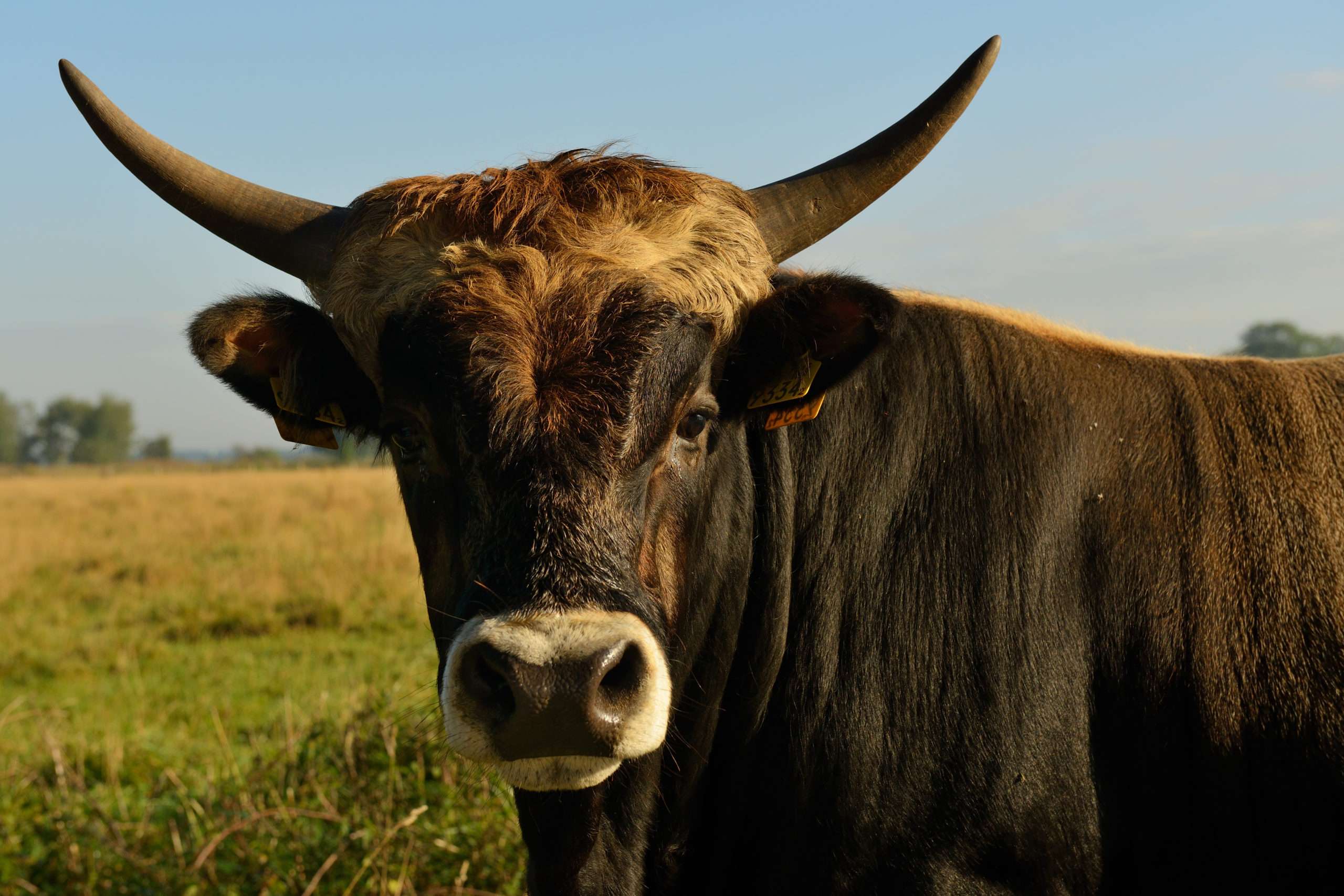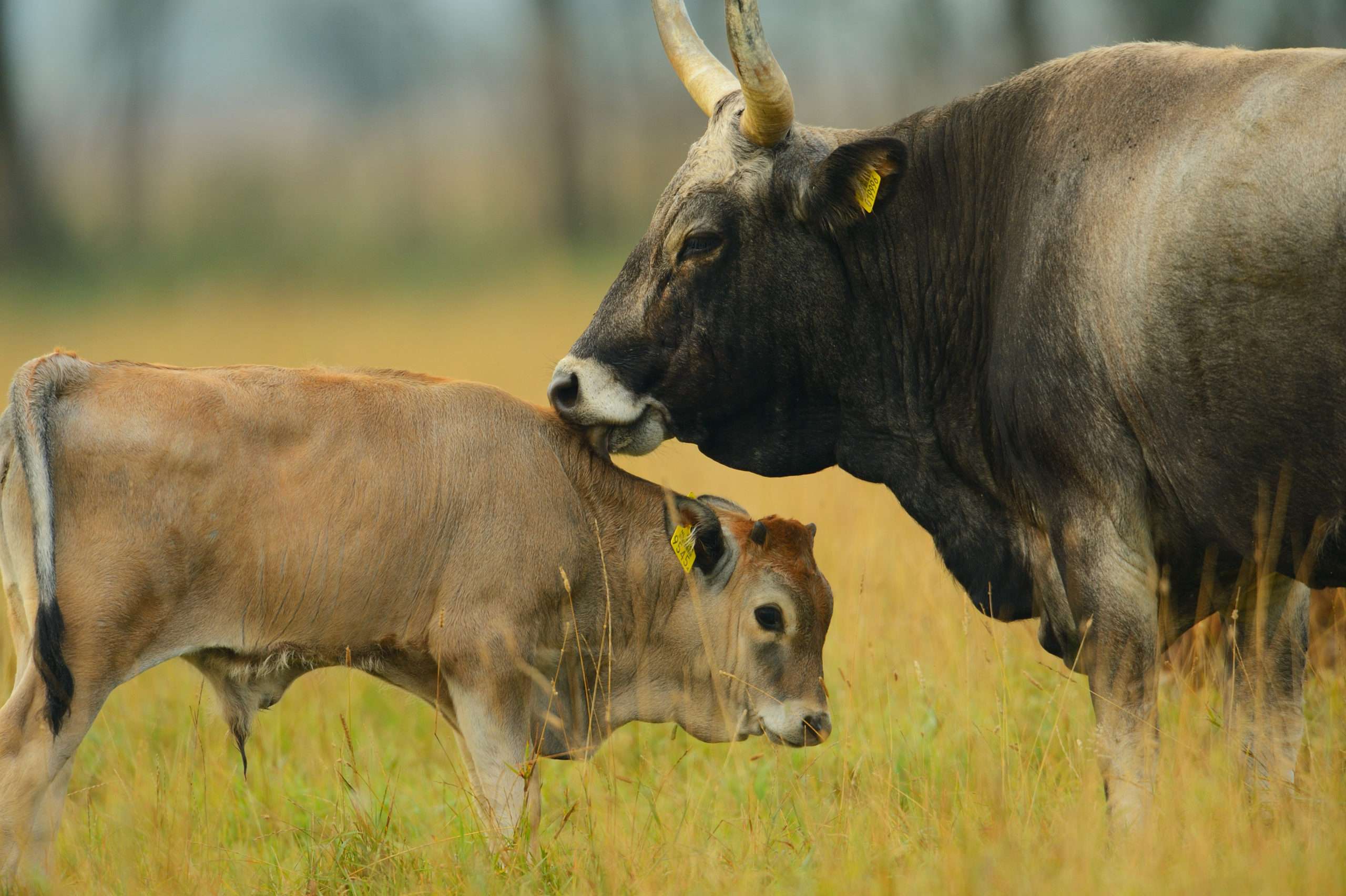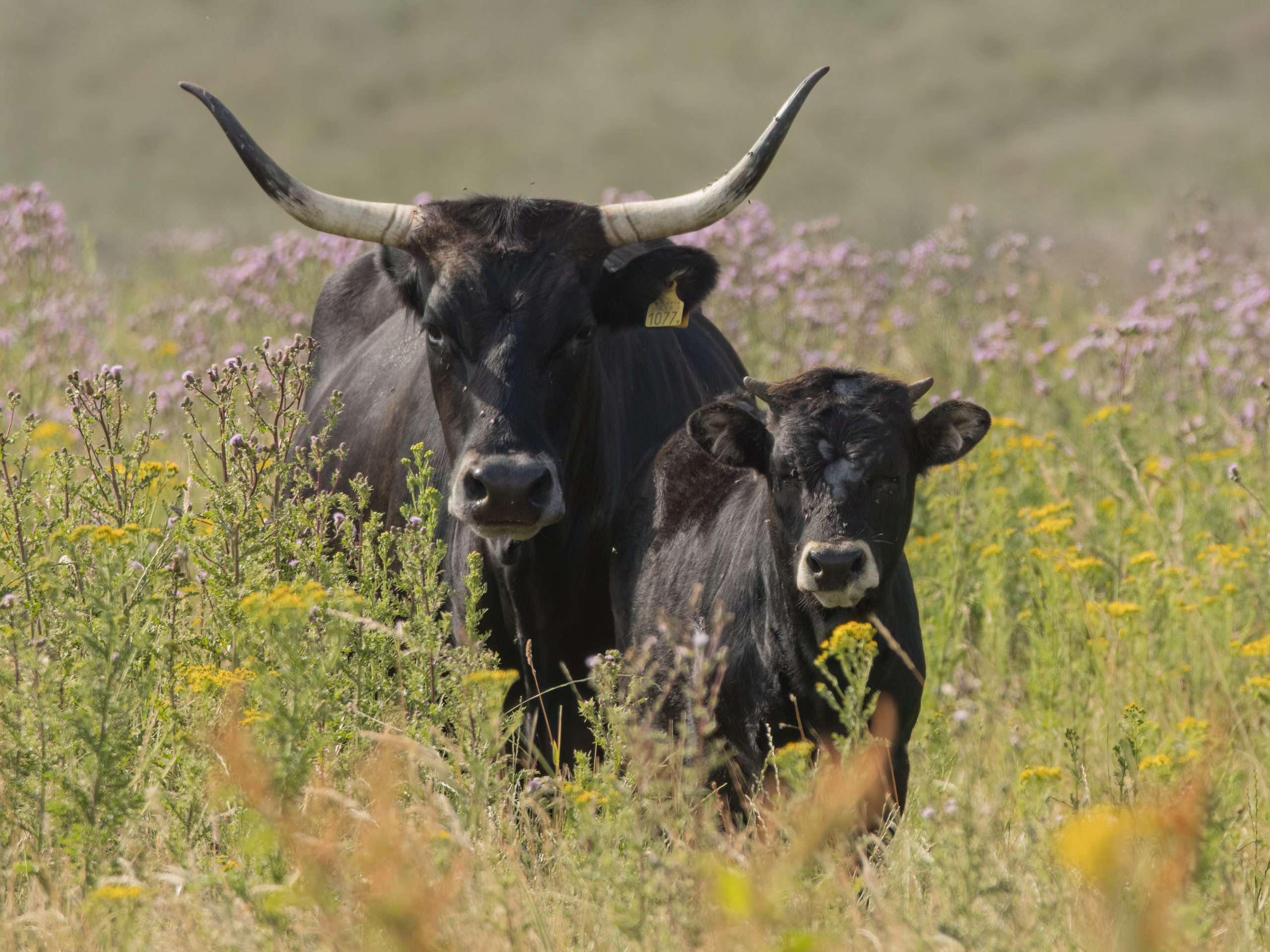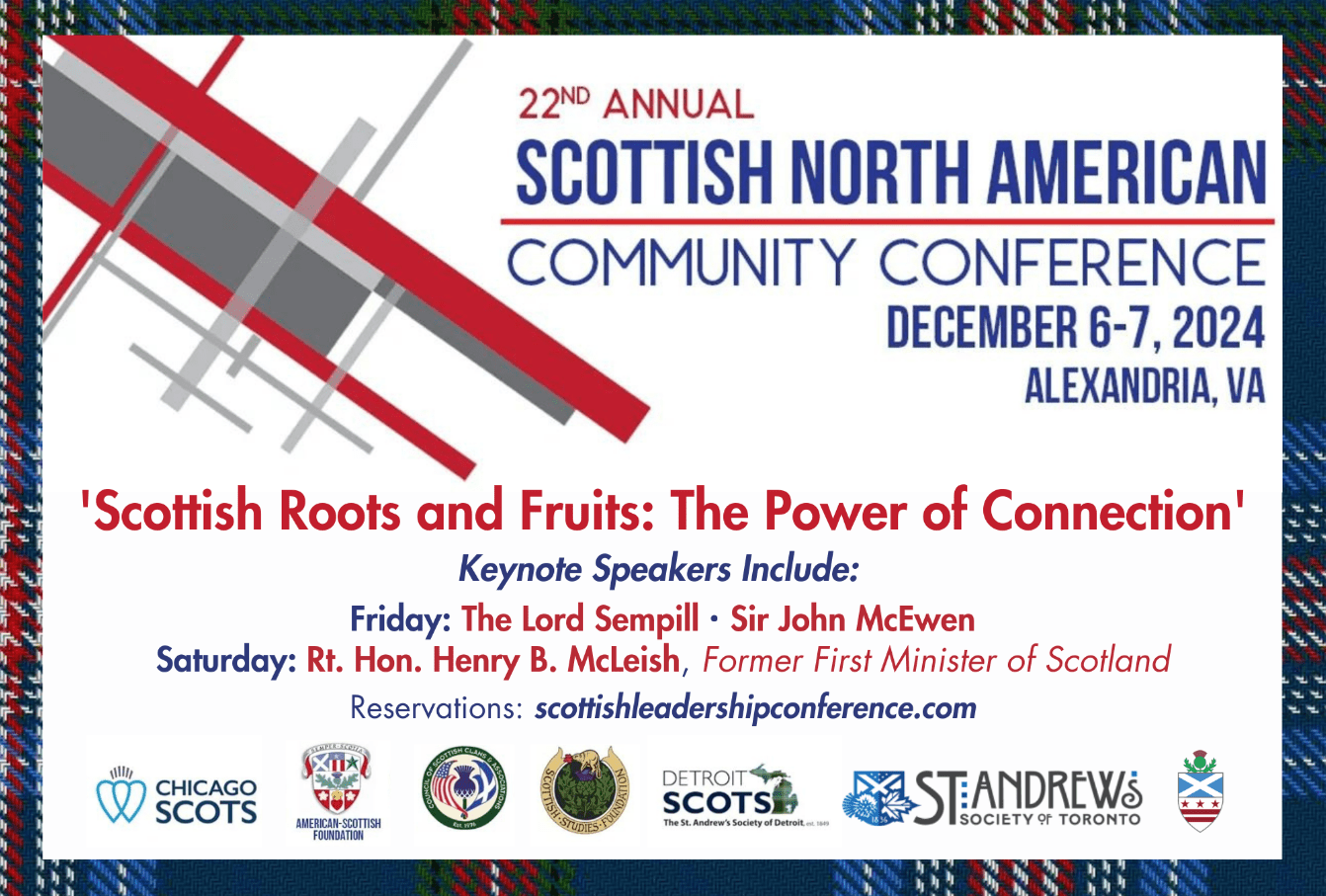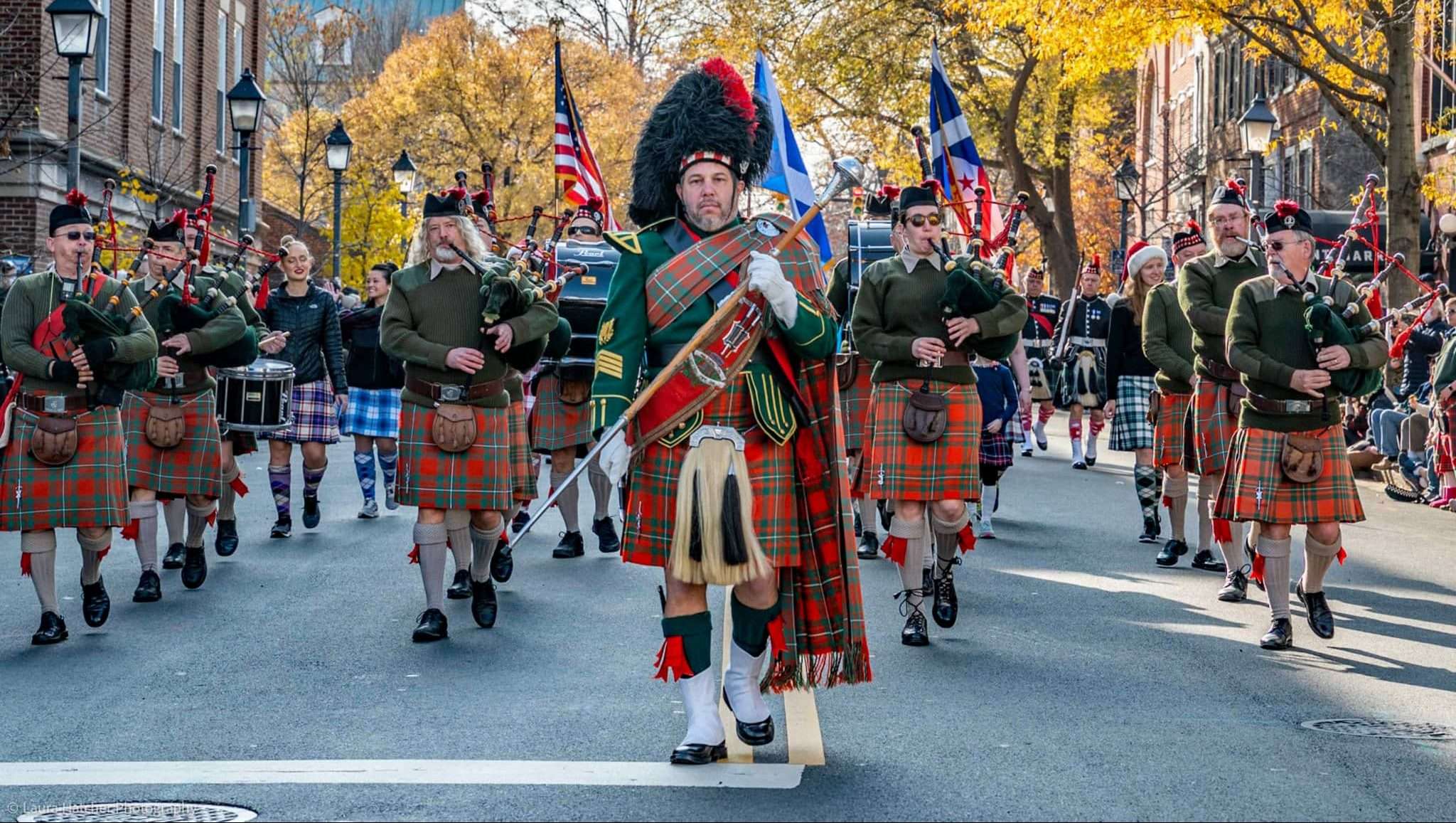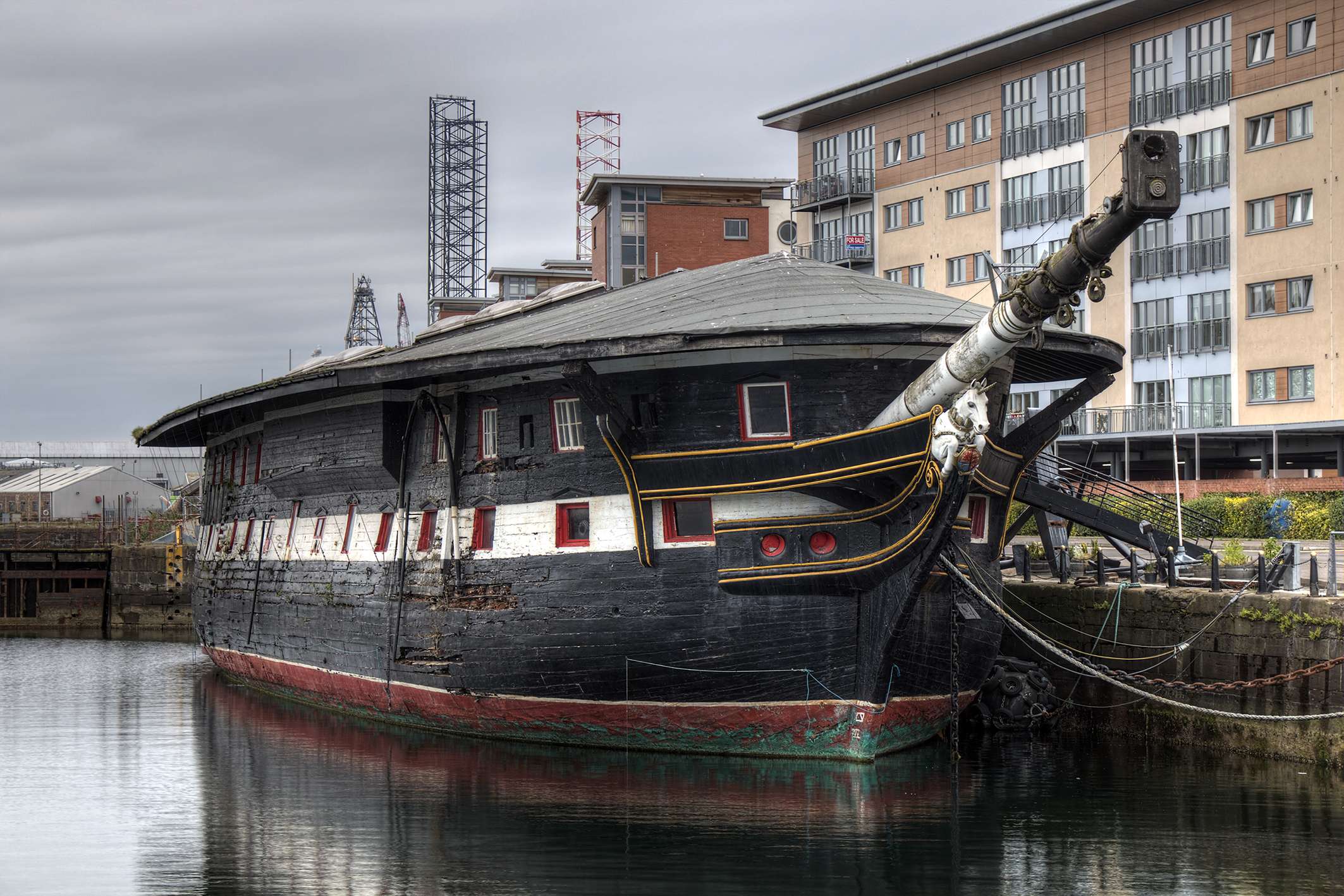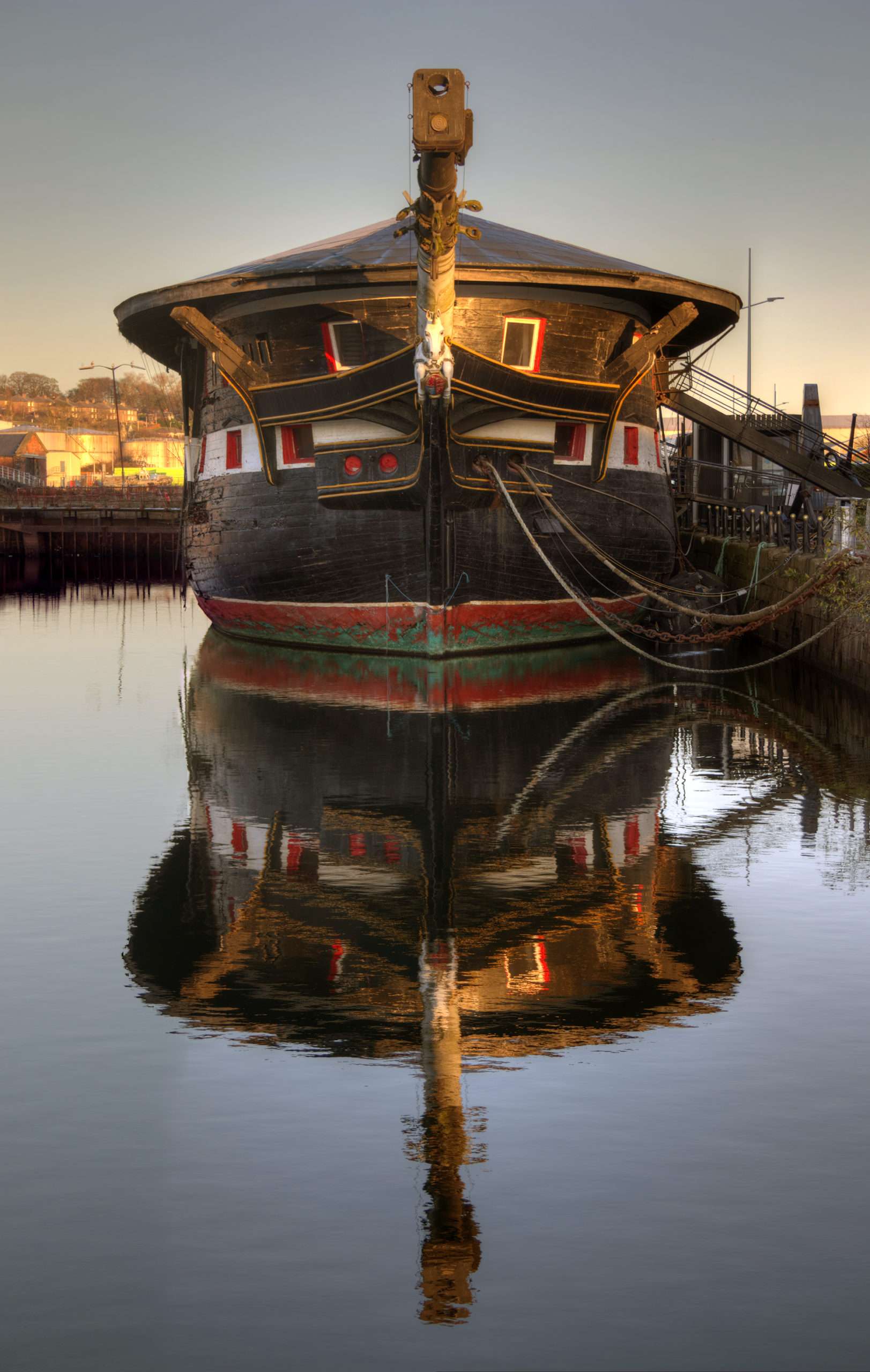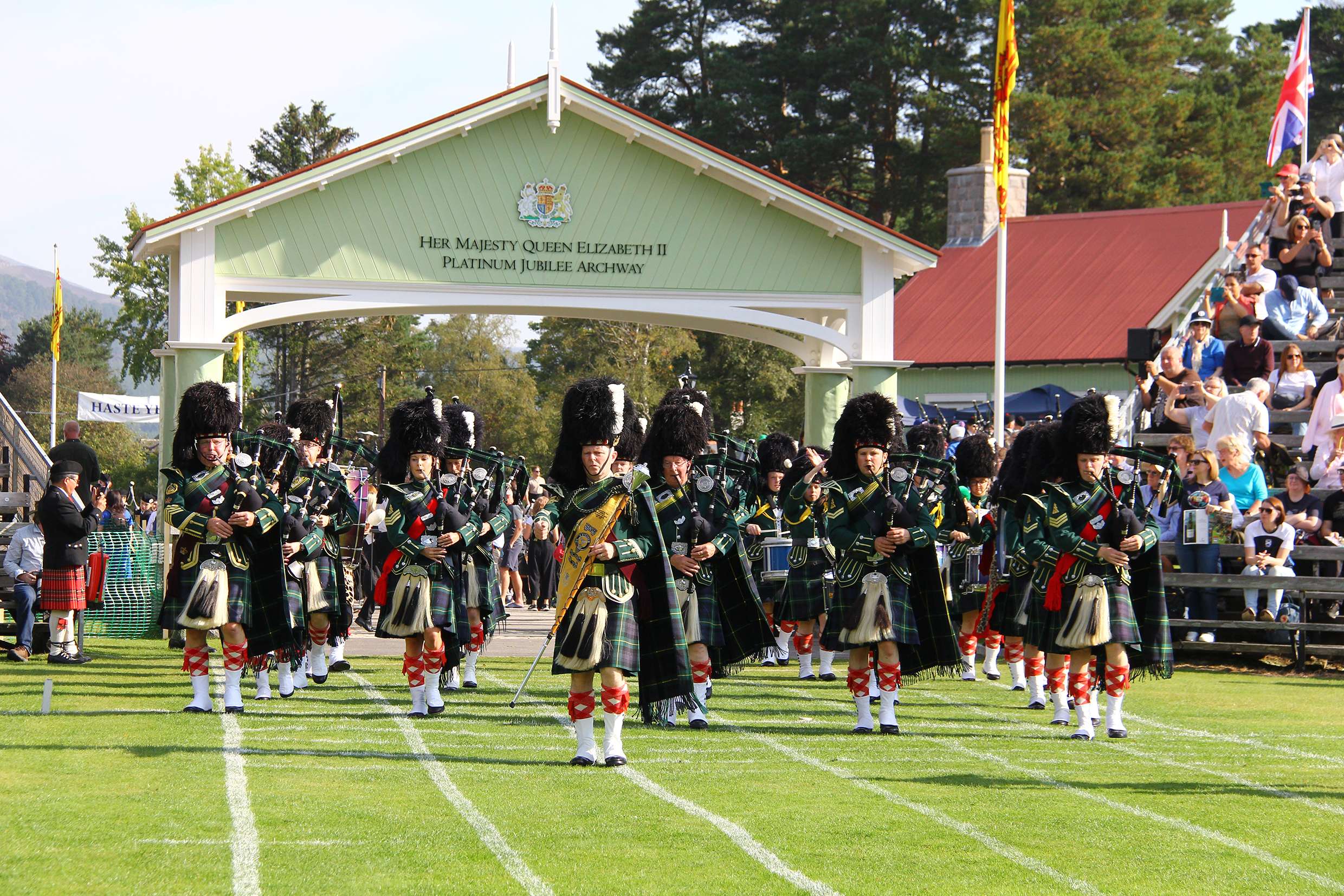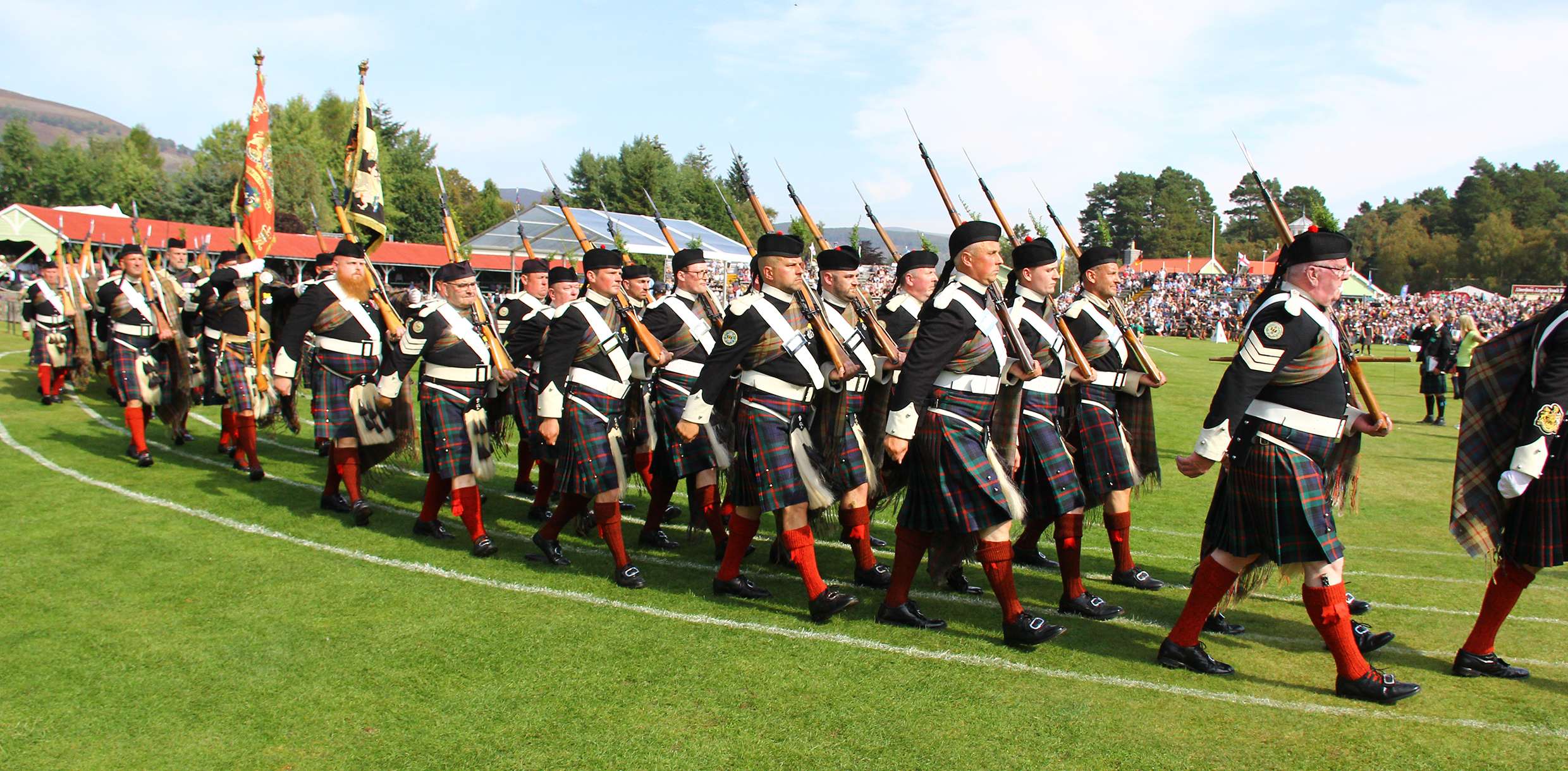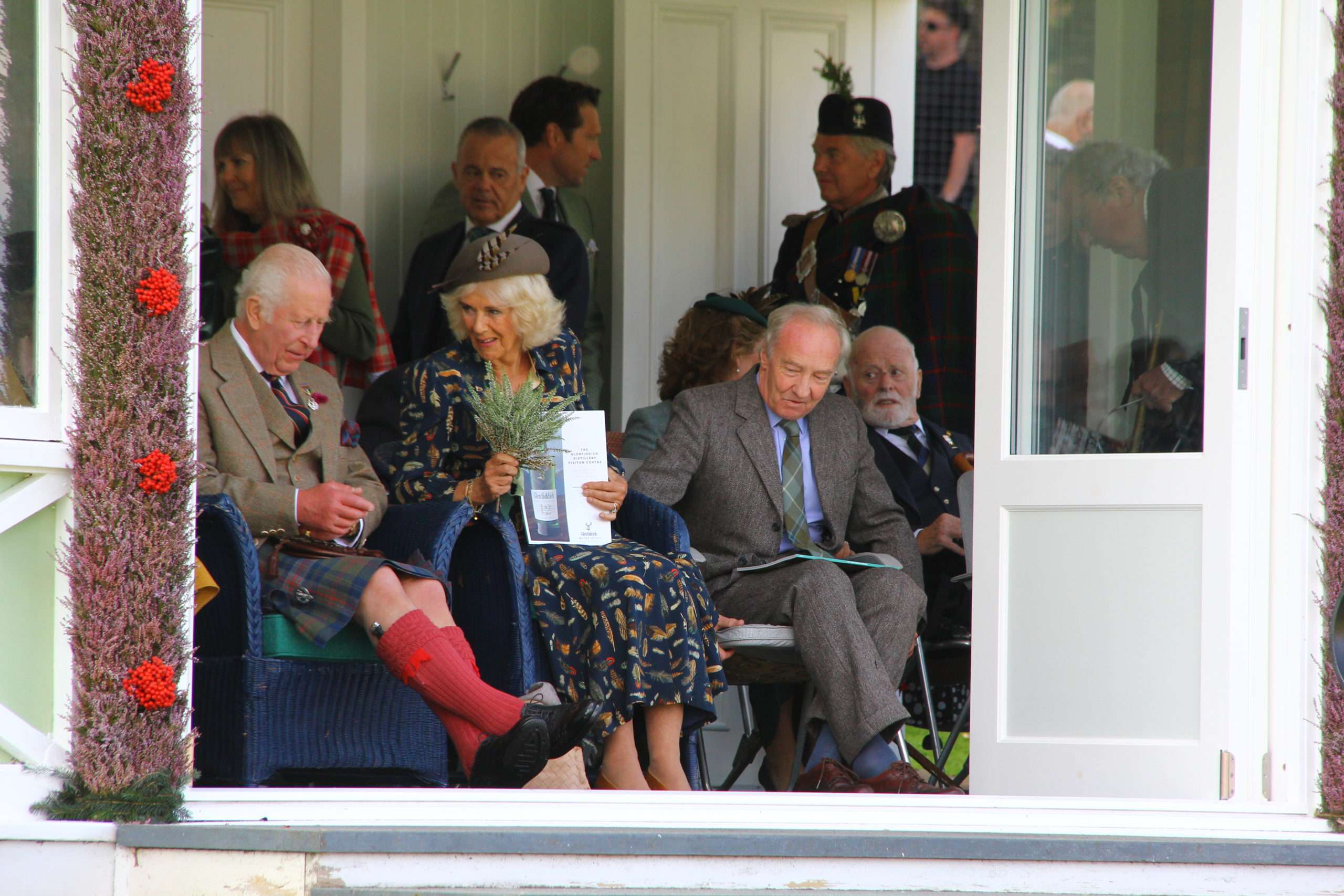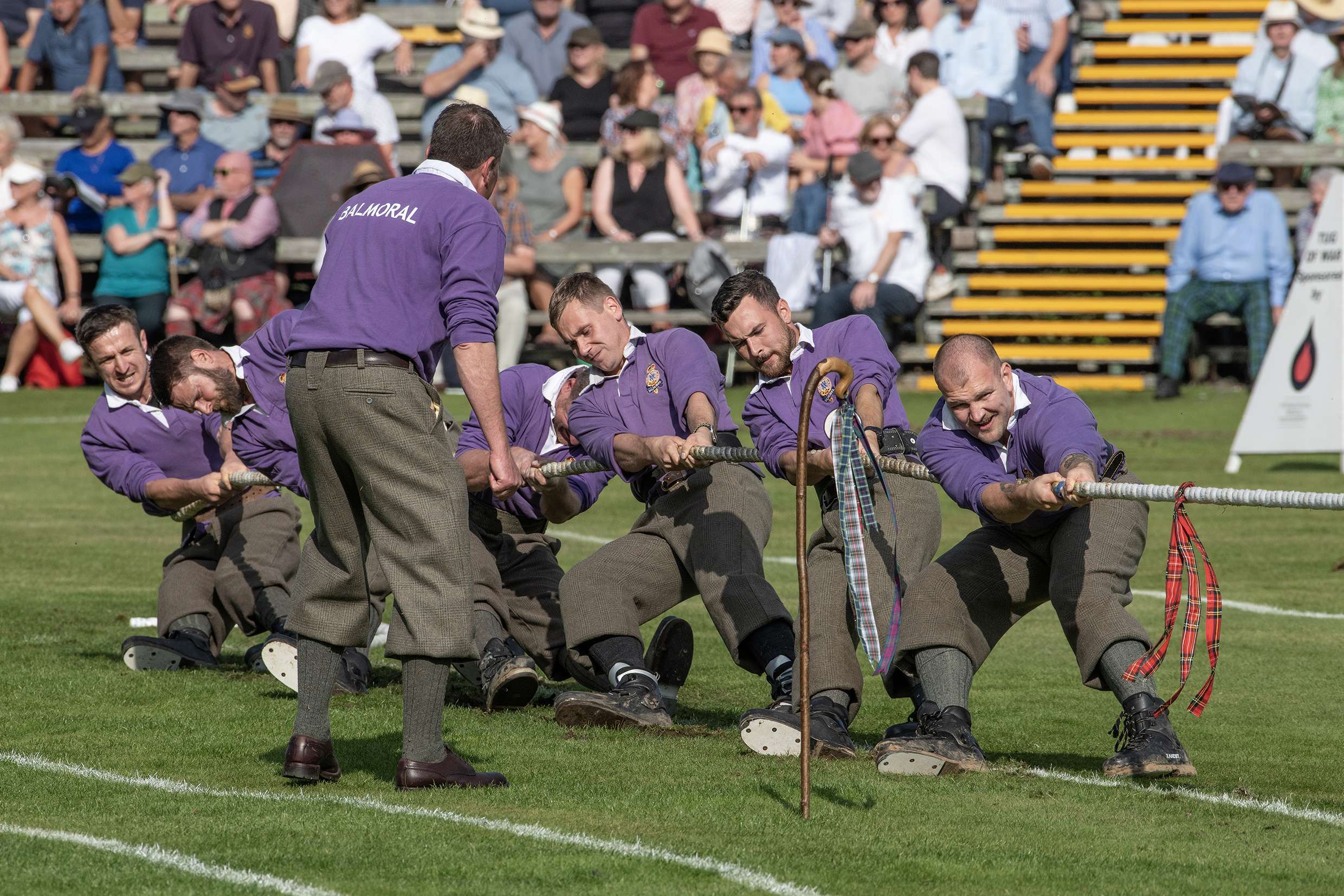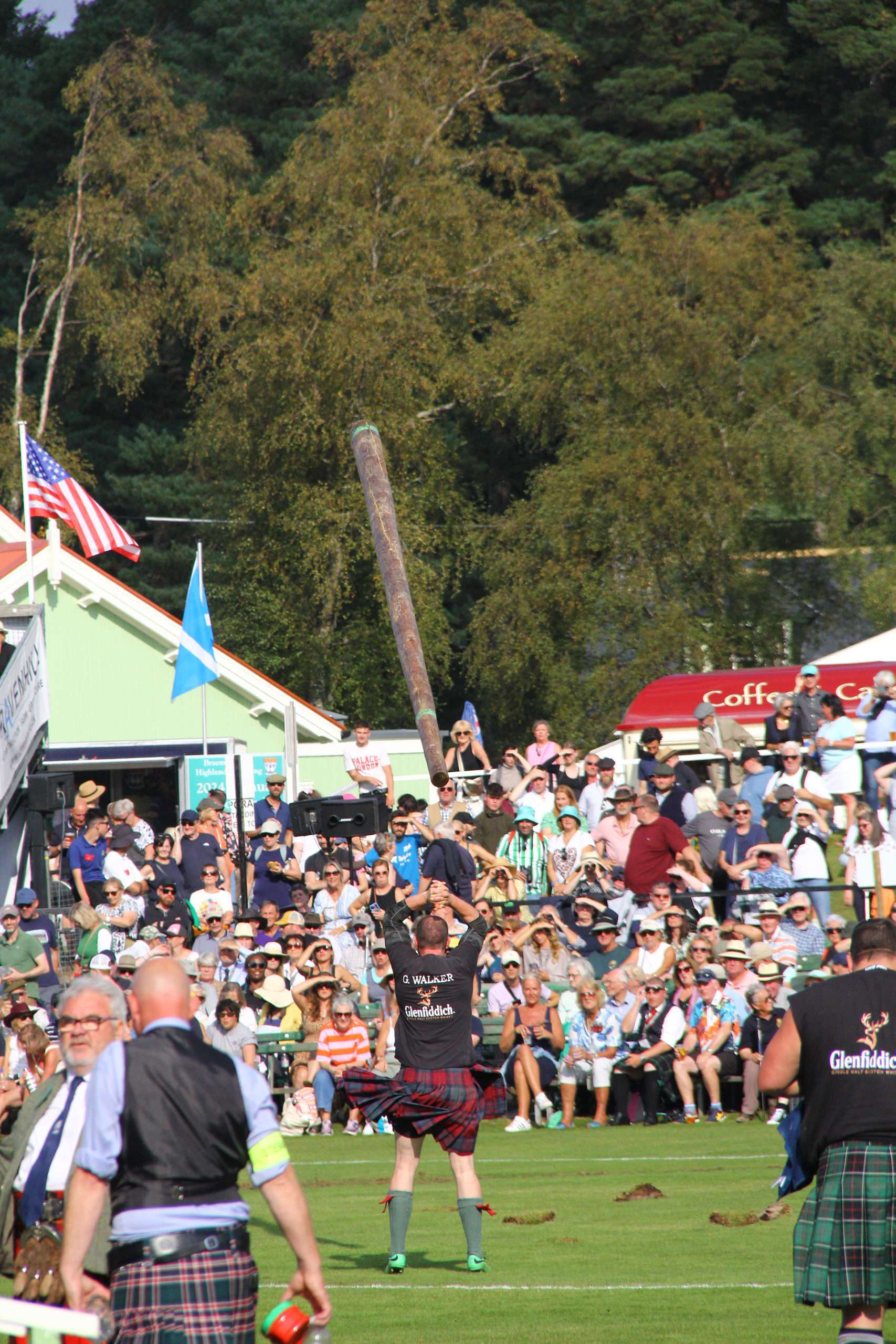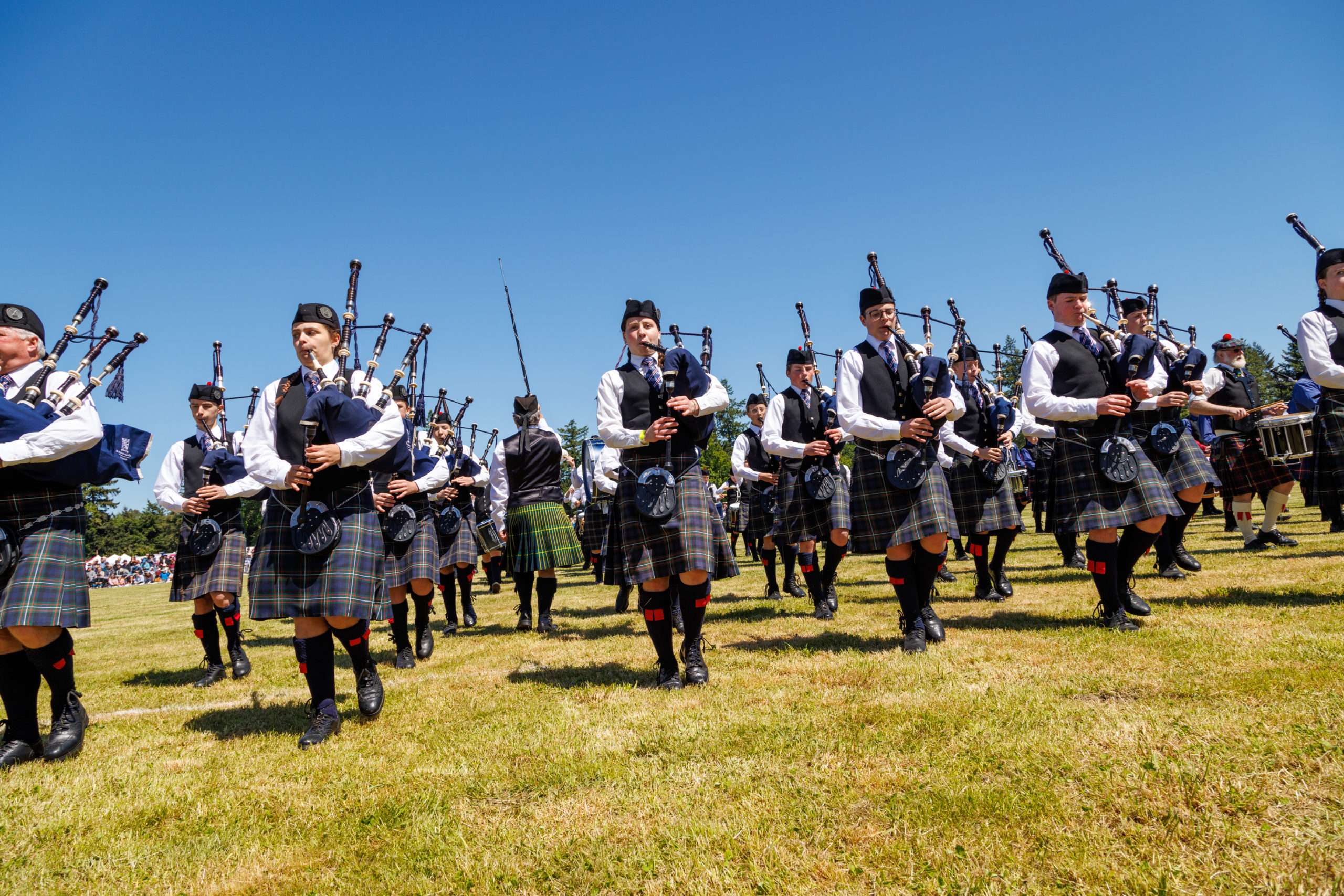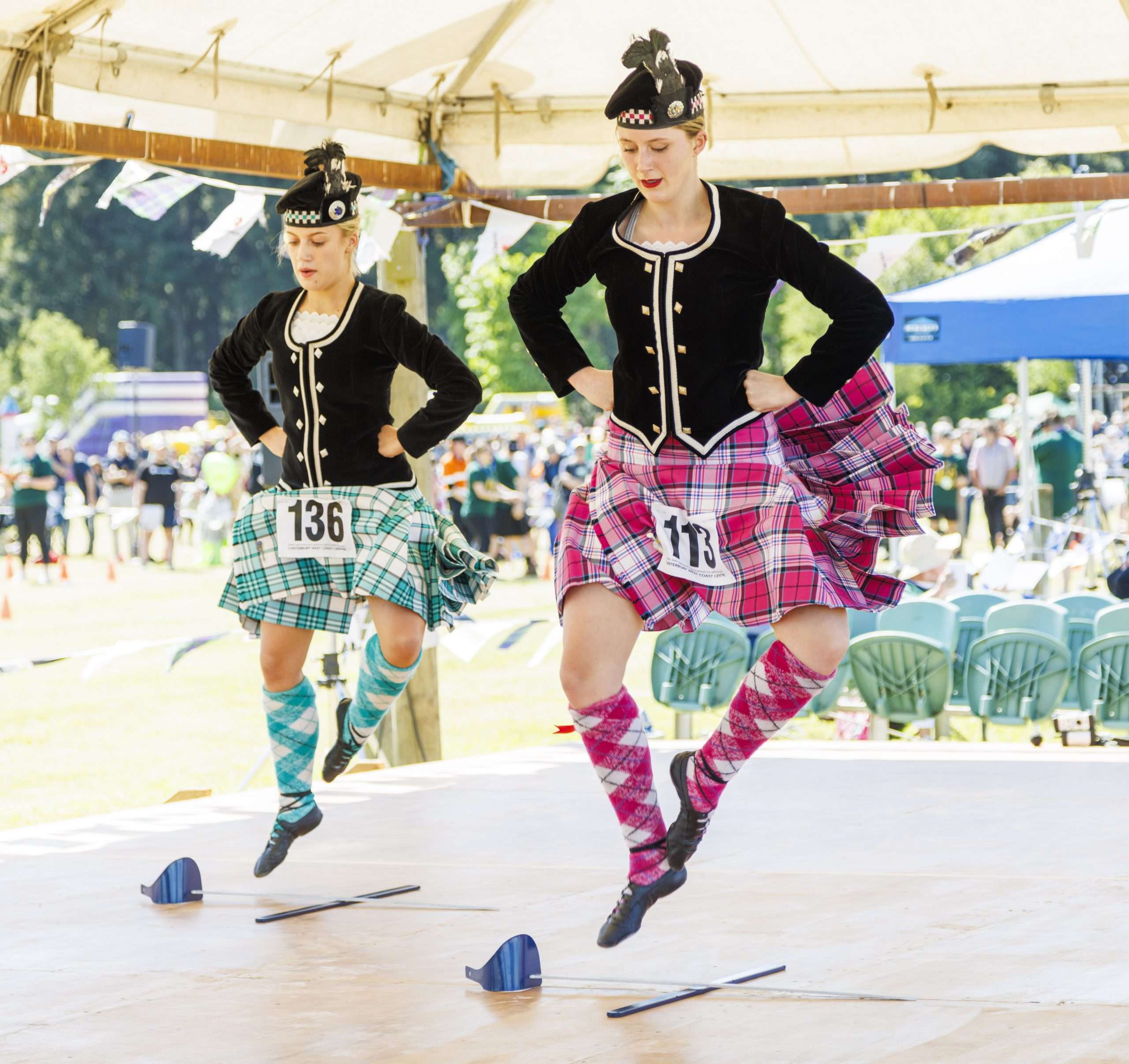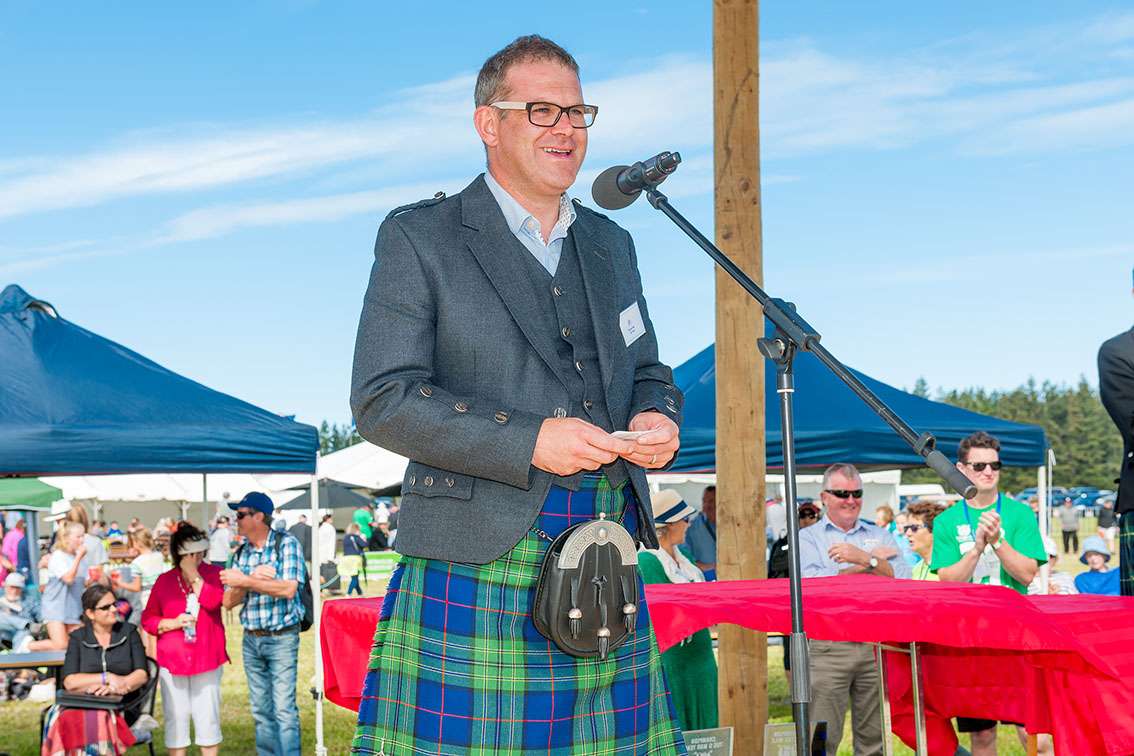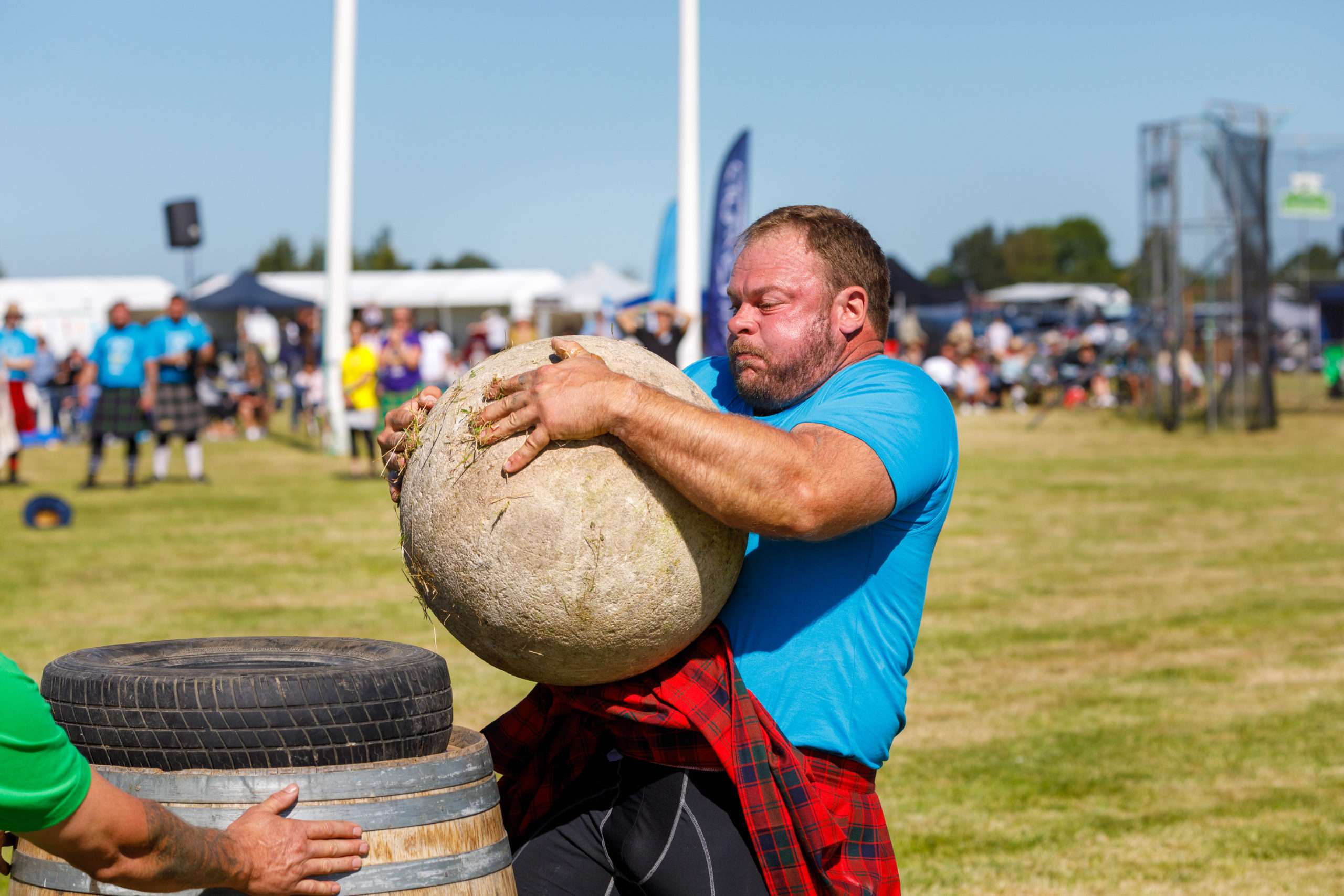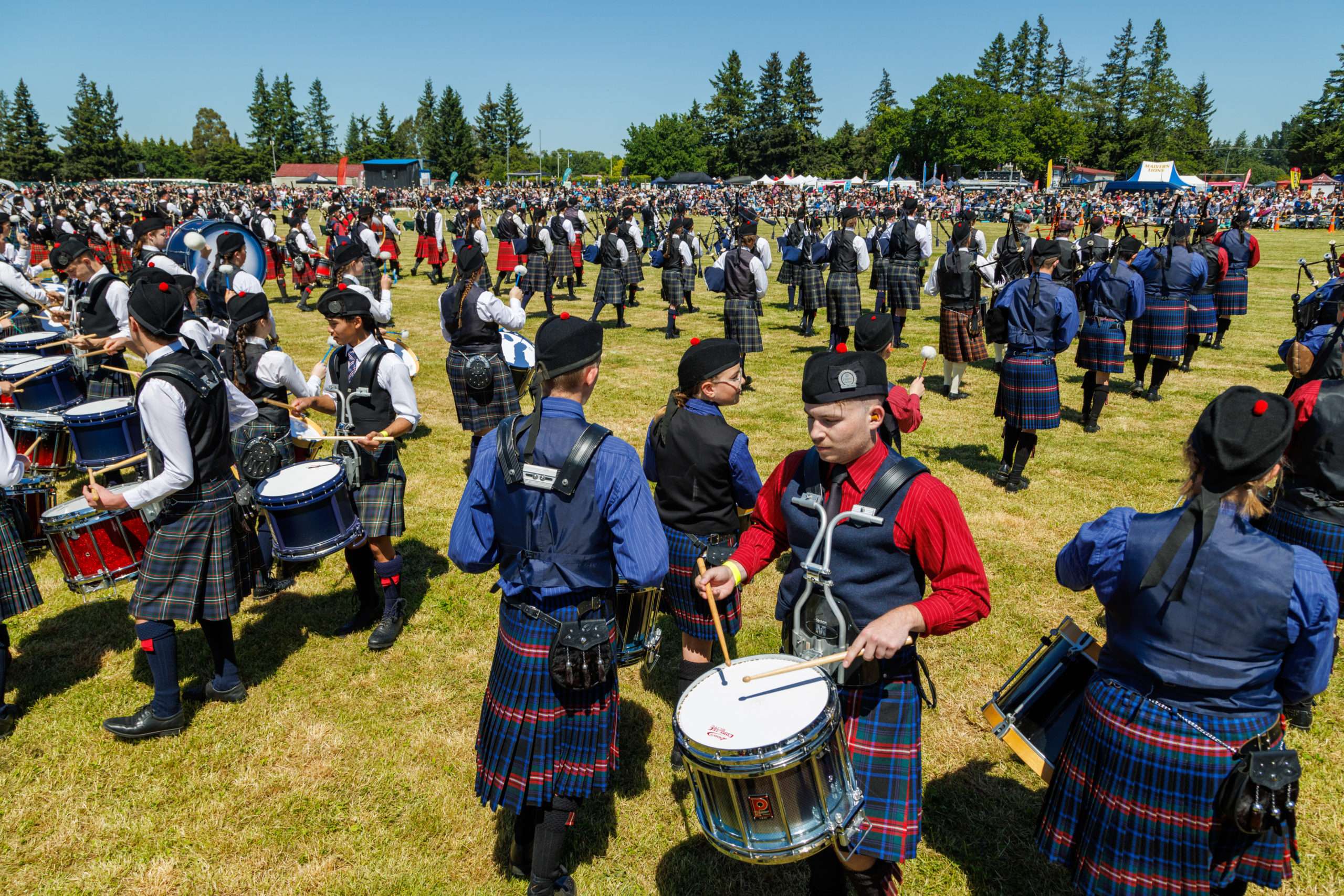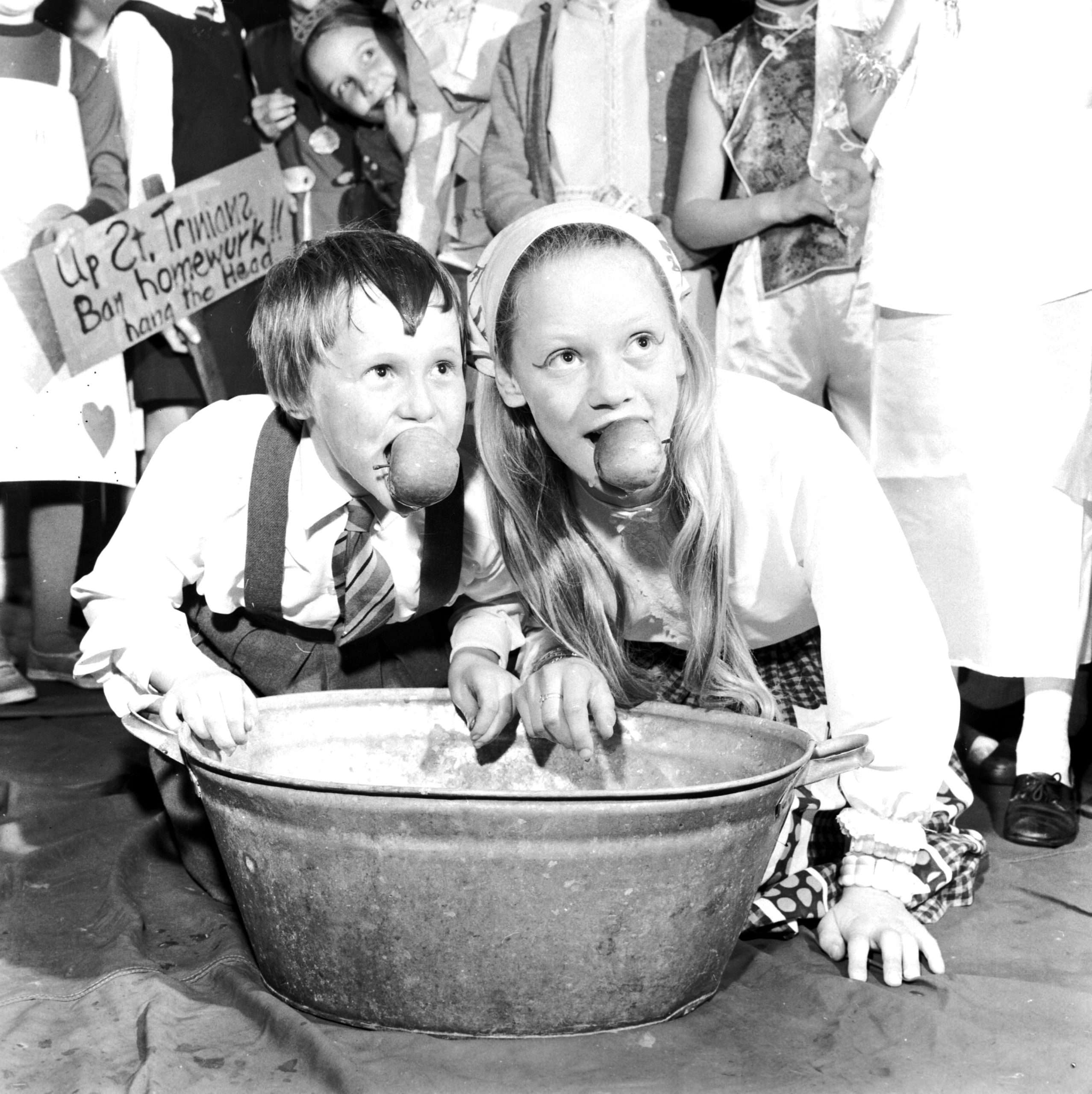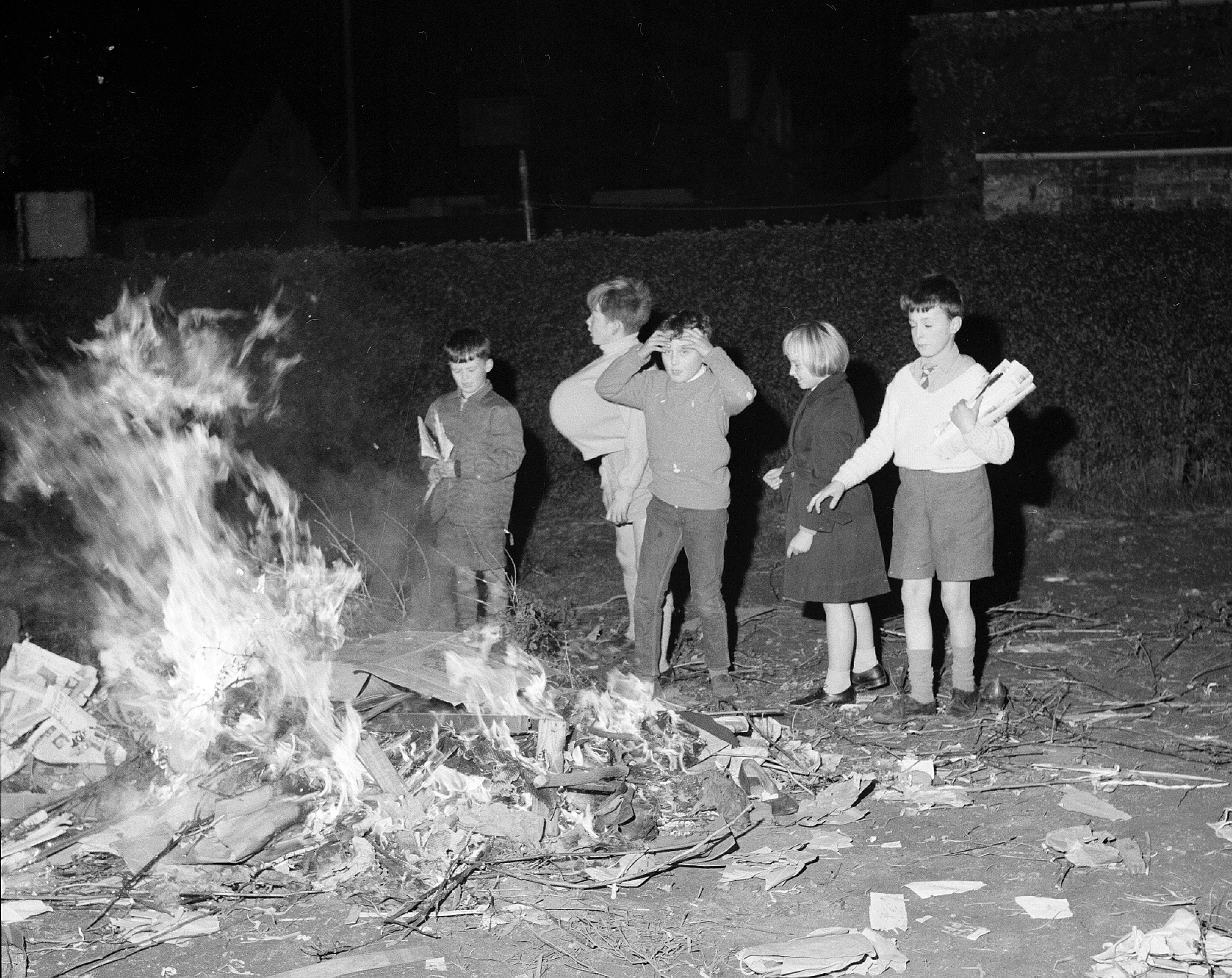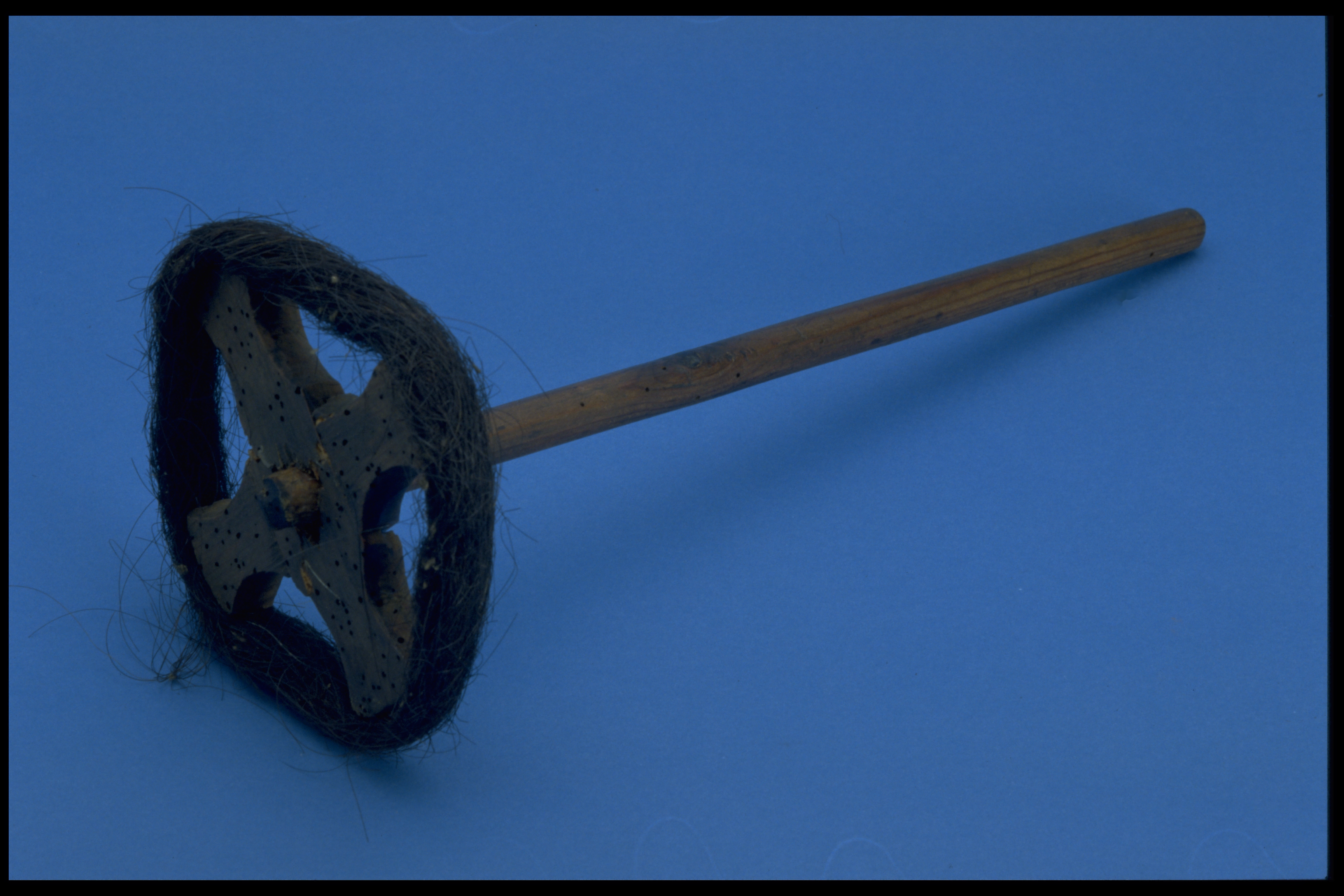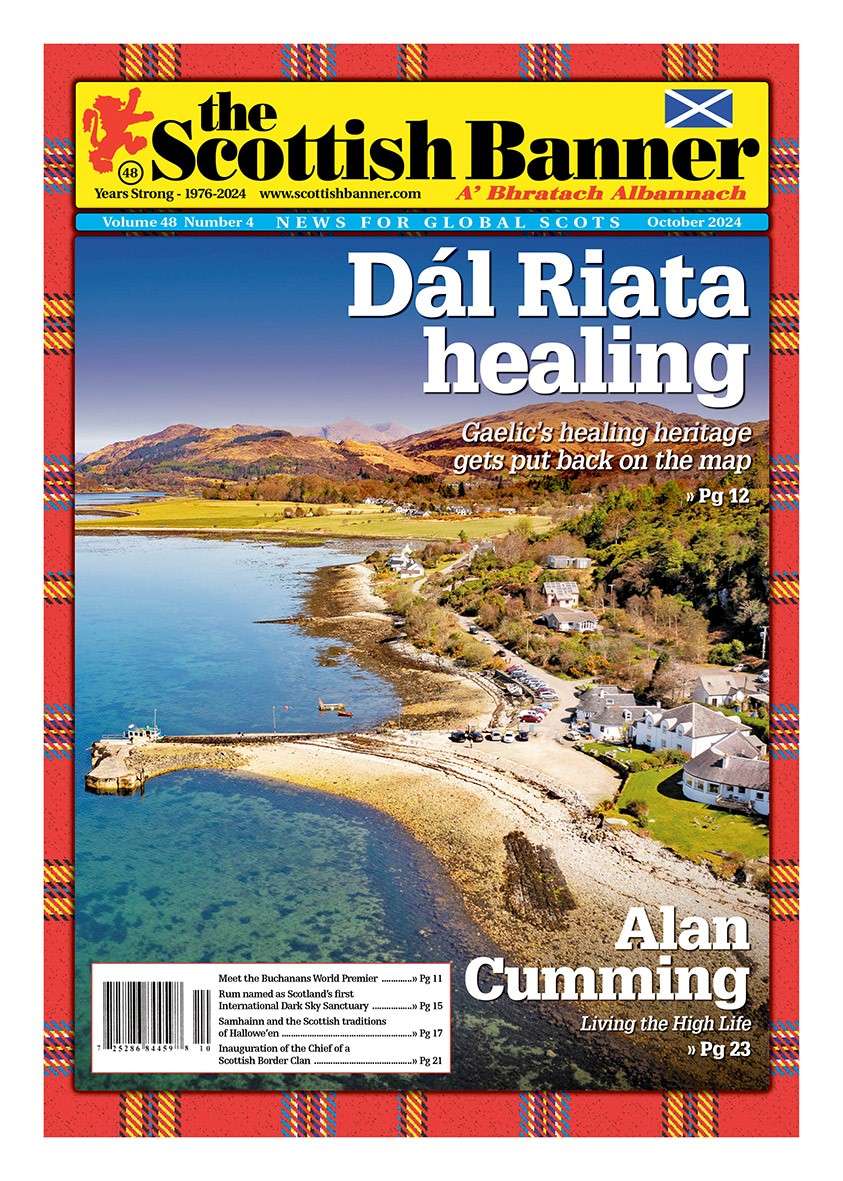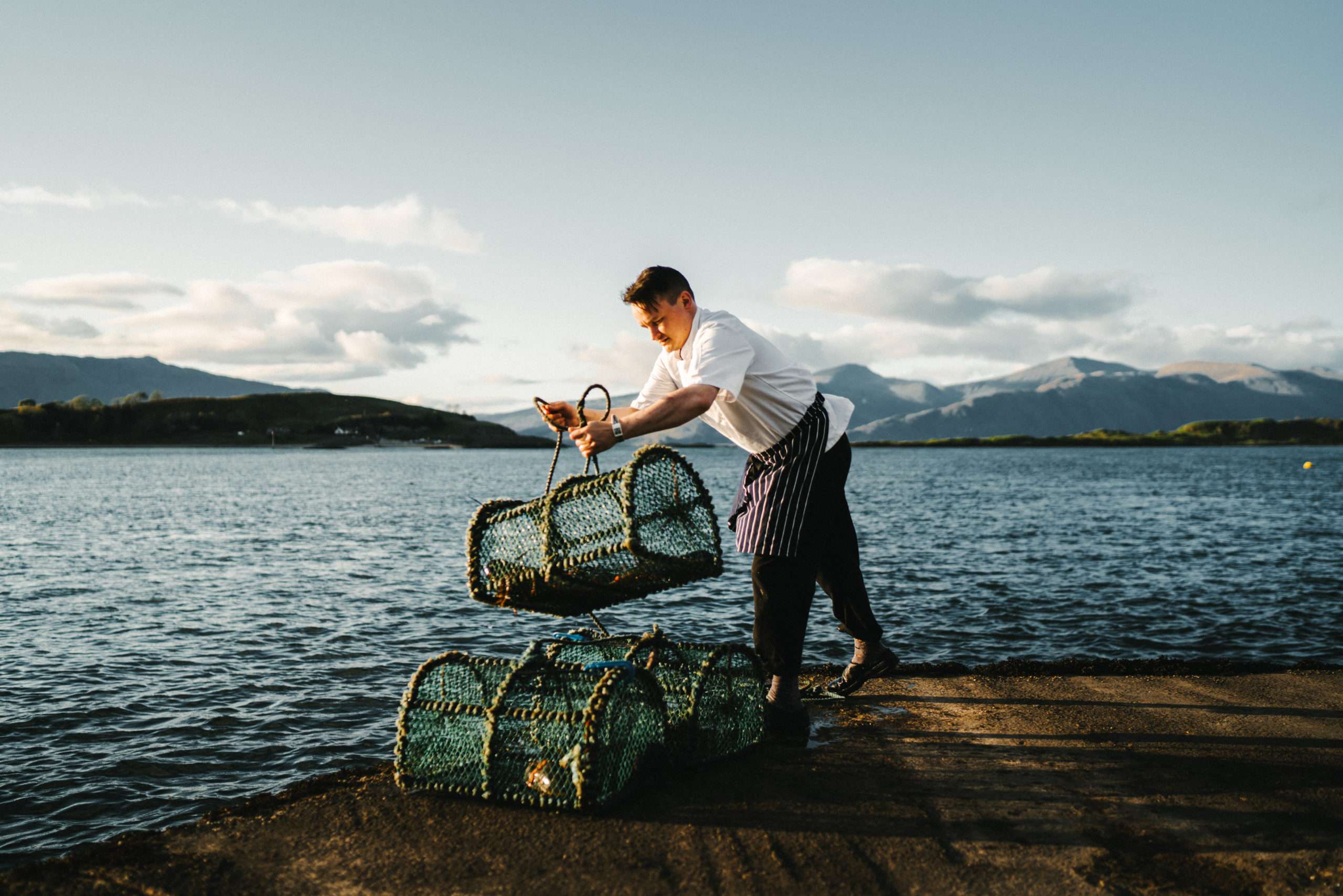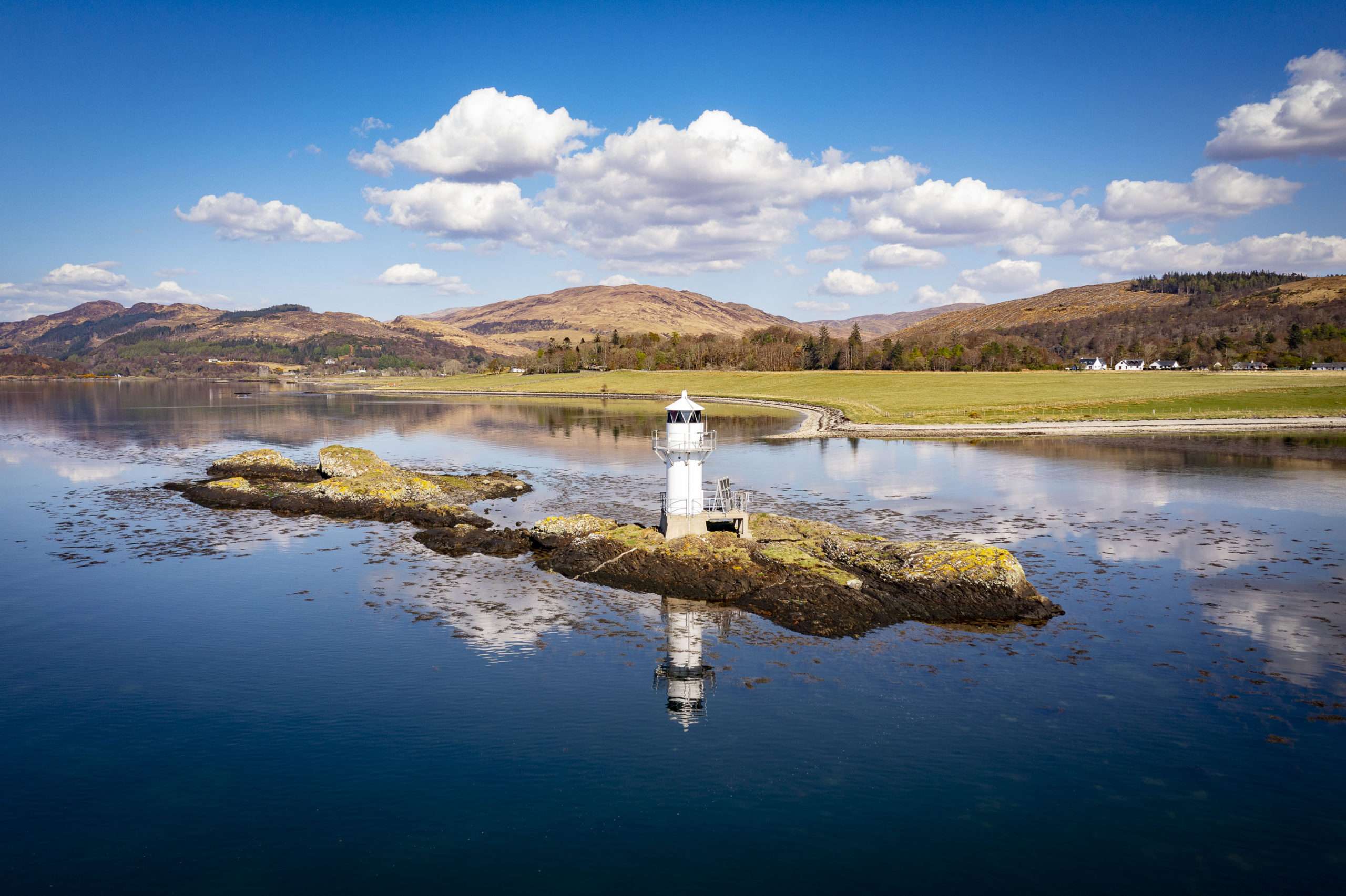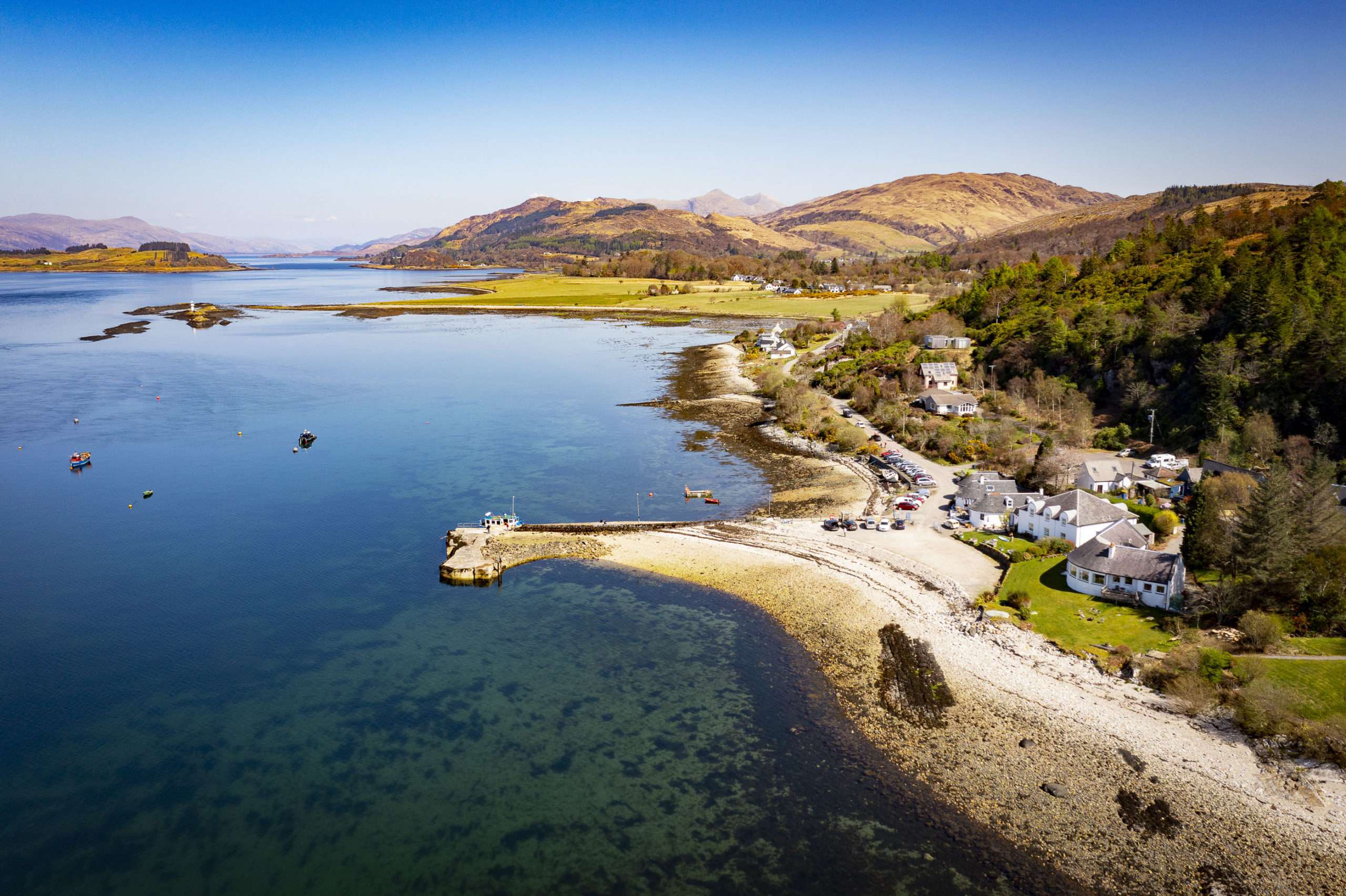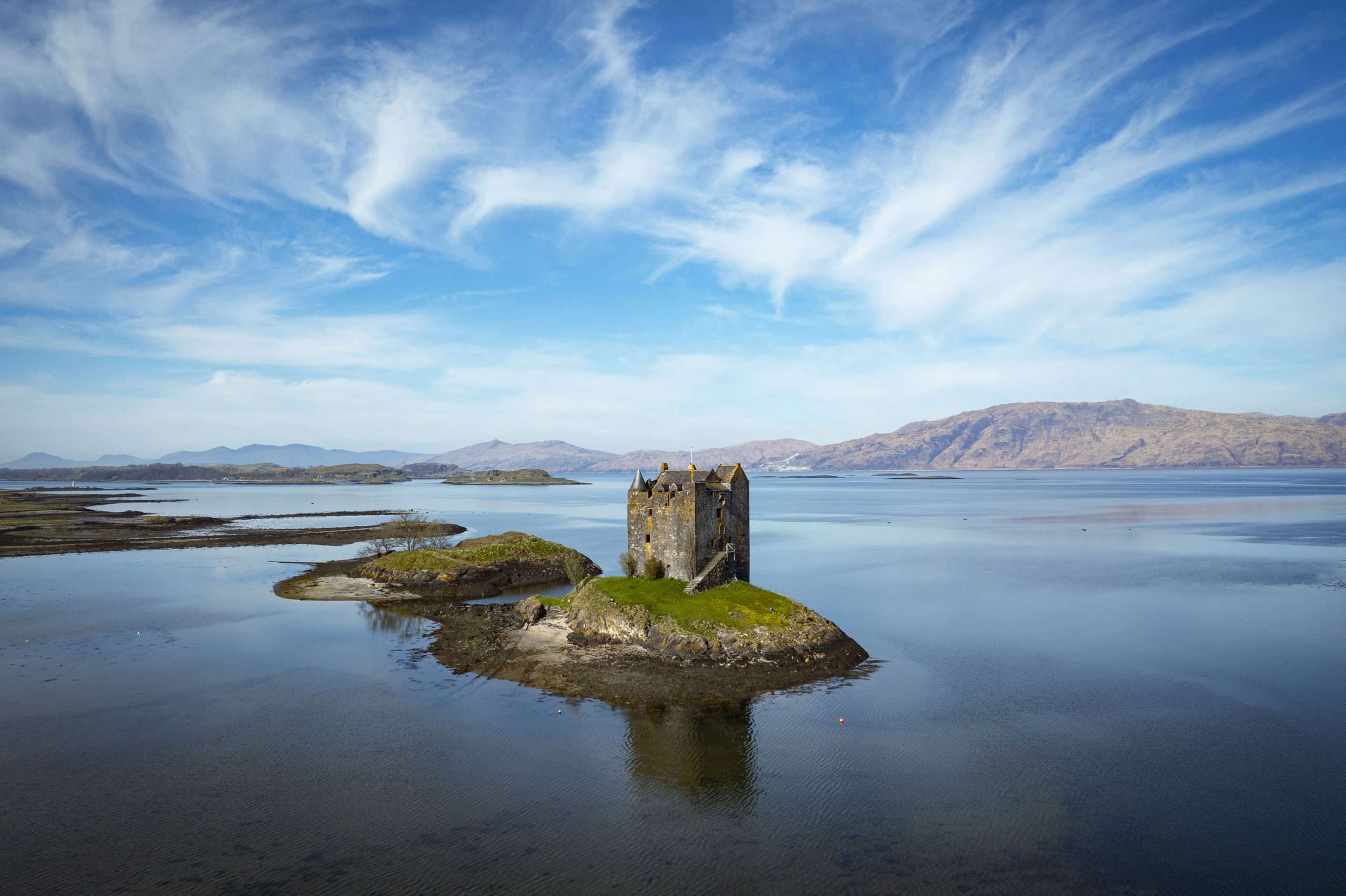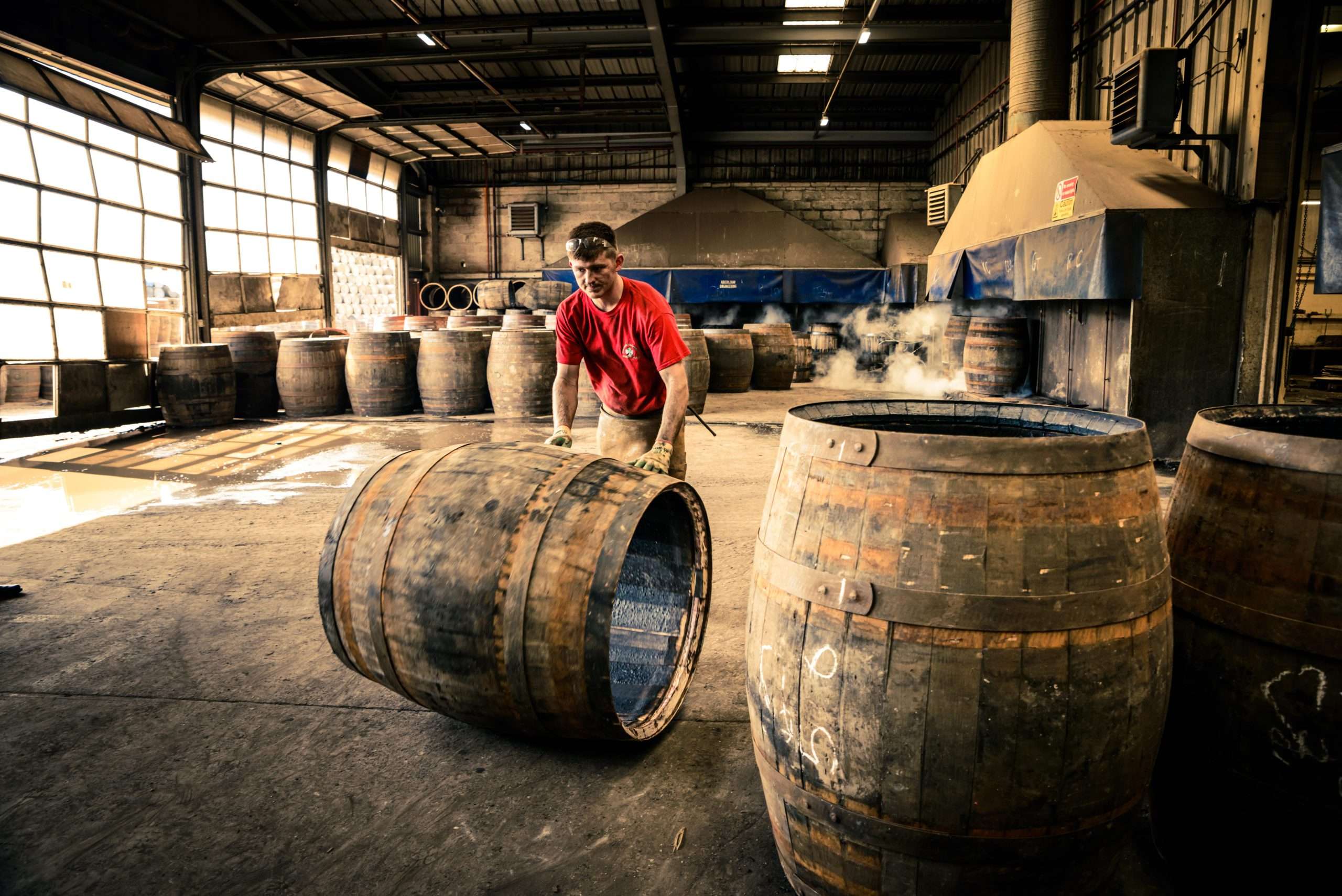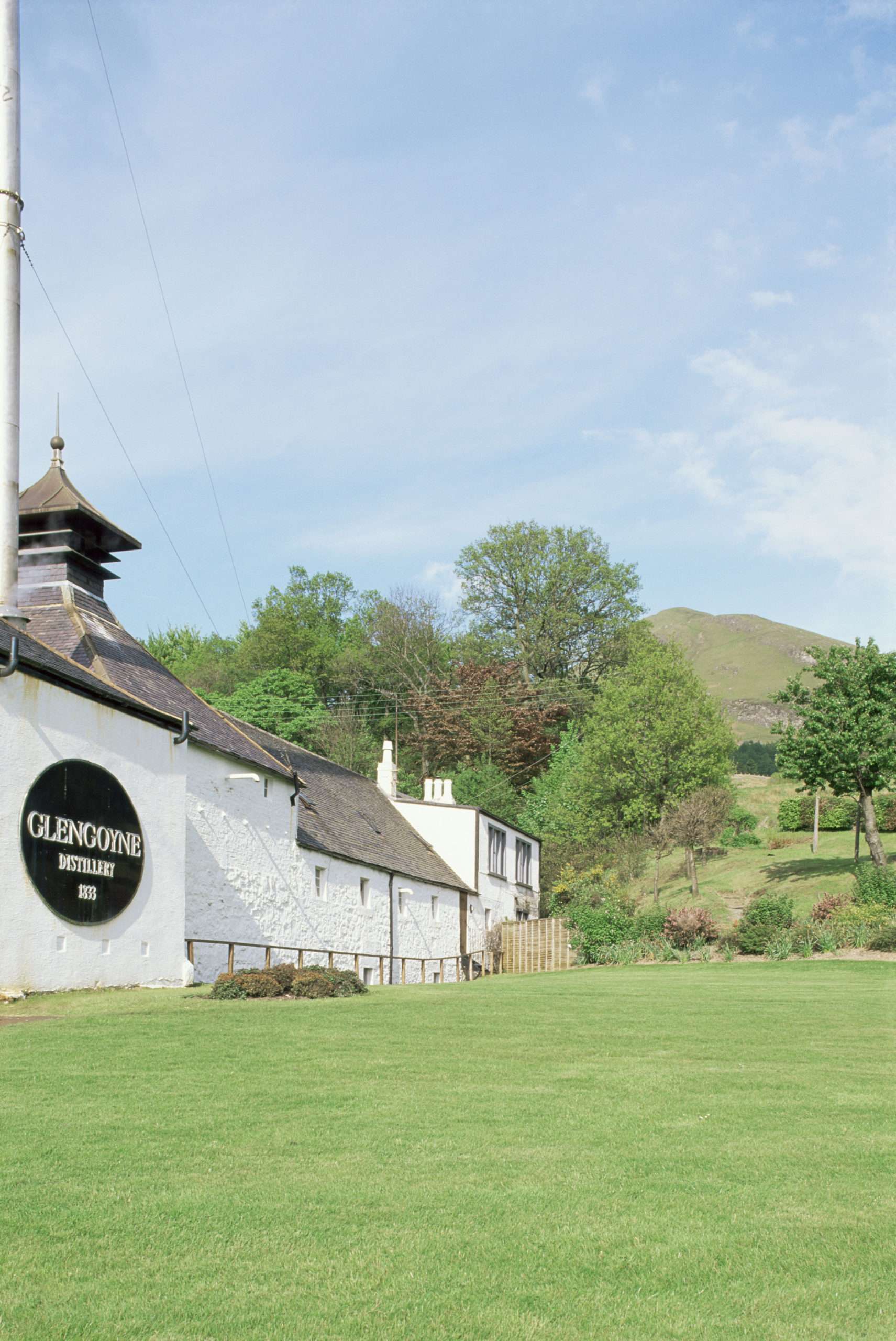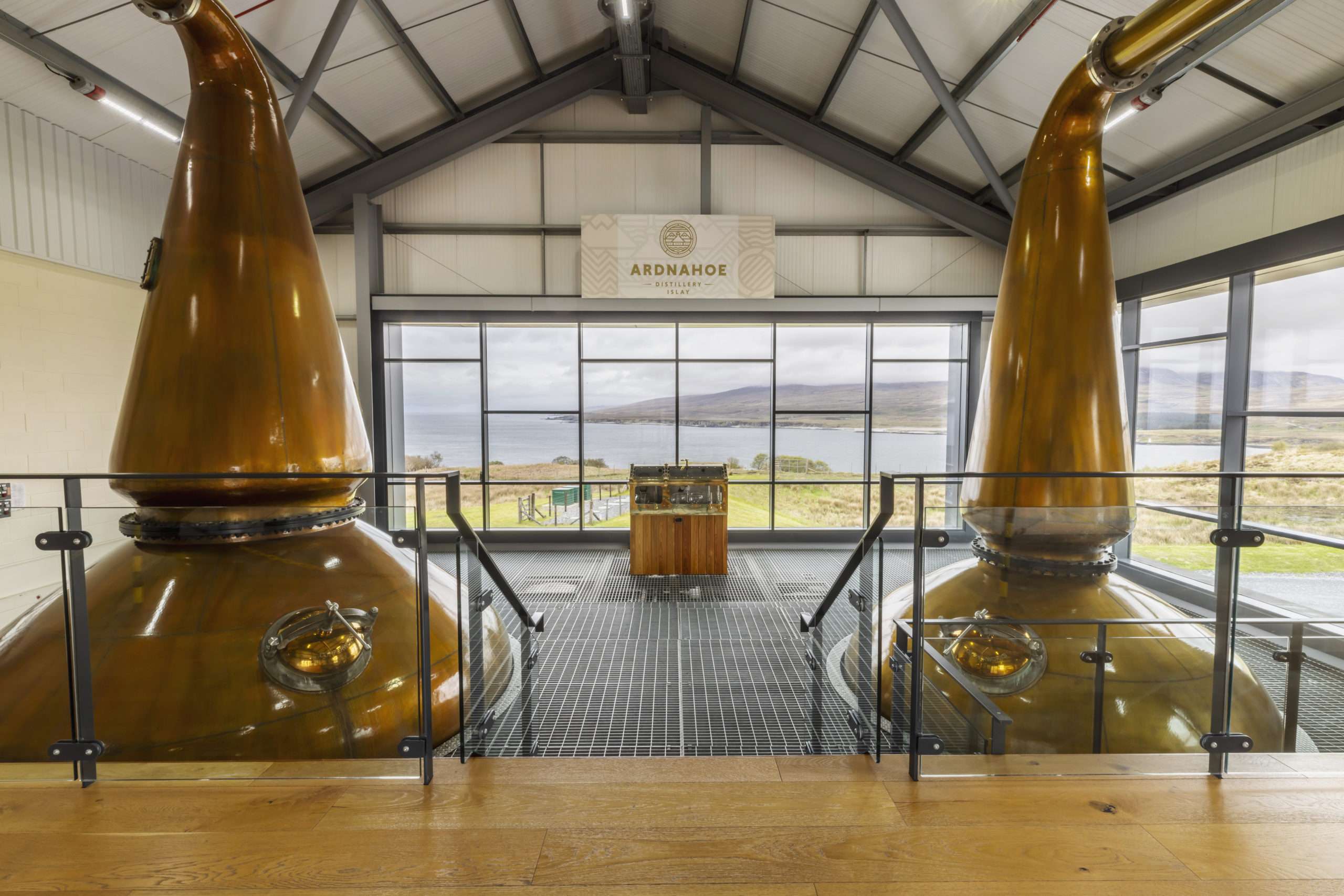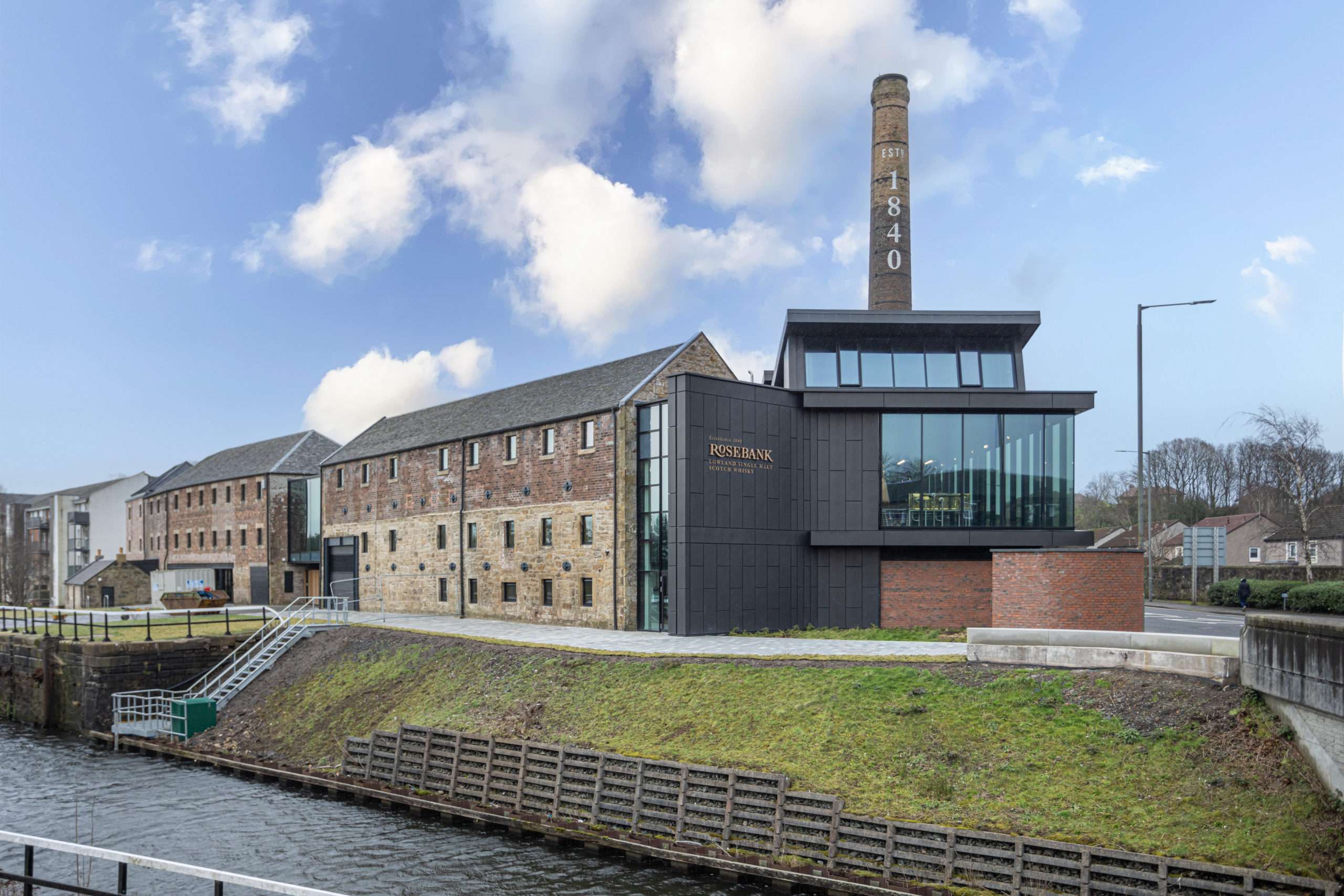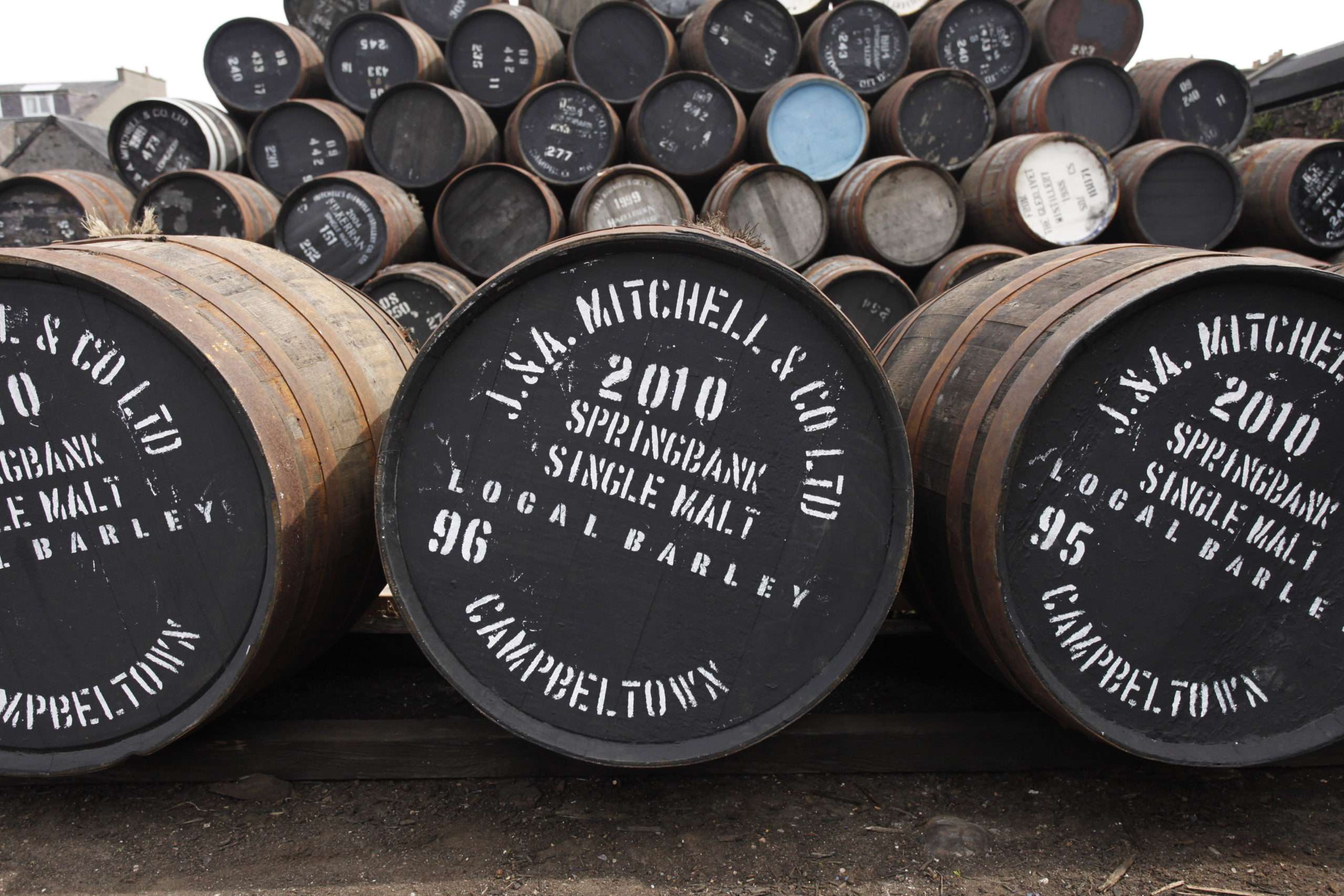Last year was a fantastic year of events across the piping and drumming world, with packed out audiences watching great performances across the breadth of the traditional music world. We are already looking ahead to 2025 and what it holds. The first piping and drumming event of the new year happens in the Southern Hemisphere, with New Zealand’s Waipu Highland Games, which takes place on 31st December to start the new year in style! The National Piping Centre’s home city of Glasgow comes alive at the darkest time of year, as the UK’s premier celebration of Celtic music, Celtic Connections. presents a full 17-day programme from 16th January – 2nd February celebrating 32 years of world music. Piping and drumming features across the programme, in so many forms from emerging talent on the Danny Kyle stage through to headlining traditional music concerts from Brighde Chaimbeul, Assynt, Imar, and Malin Lews, as well as a concert by 2024 world champions Inveraray and District Pipe Band and the Finlay MacDonald Band. Head over to the website now find out more – www.celticconnections.com.
As well as Celtic Connections, solo pipers are heading to Kansas City once again this January as Winter Storm, organized by MHAF, returns from 16th –19th January. The Competition League for Amateur Solo Pipers also returns in January, with an in-person event in Glasgow on 11th January. This league has an overall and online-only titles so you can compete as an amateur solo player from anywhere in the world. The latest online event saw competitors from Hong Kong to Hawai’i join the event! If you are an amateur player and would like to find out more go to www.theclasp.co.uk.

With summer in full swing in the Southern Hemisphere there is a plethora of pipe band events, solo competitions and more. After the Waipu Highland Games, comes the 160th Turakina Highland Games on the 25th January. From the 8th –12th January, the Royal New Zealand Pipe Band Association will host its summer school in Wellington for young musicians. This Summer School is the perfect opportunity to learn from world class tutors, and it showcases some of the best talent New Zealand has to offer.
On 22nd February the National Piping Centre Junior Piping Championship returns, one of a host of fantastic contest for young pipers aged Under 18 across the country every year. It aims to encourage all young players to compete, with chanter competitions through to Piobaireachd events.
In Australia, Ballarat Grammar School in Victoria will host its annual twilight pipe band contest on 1st March. Back over the Tasman Sea, the New Zealand Pipe Band Championships will take place in Queens Park in Invercargill with over 50 bands registered to take part in a huge two days of contest on 7th – 8th March. On 22nd March, the adult solo piping season kicks off in Scotland with the Duncan Johnstone Memorial Competition which is held at The National Piping Centre and managed by the Competing Pipers’ Association for B and C graded pipers. April 26th will see the Virginia International Tattoo host the American Pipe Band Championship in Norfolk, Virginia. This traditional Scottish contest features the largest gathering of the best pipe bands in the Eastern United States adjudicated by an international panel of judges. On 17th May the Victorian Pipe Band Championships take place in Maryborough, Australia.
Scottish summer
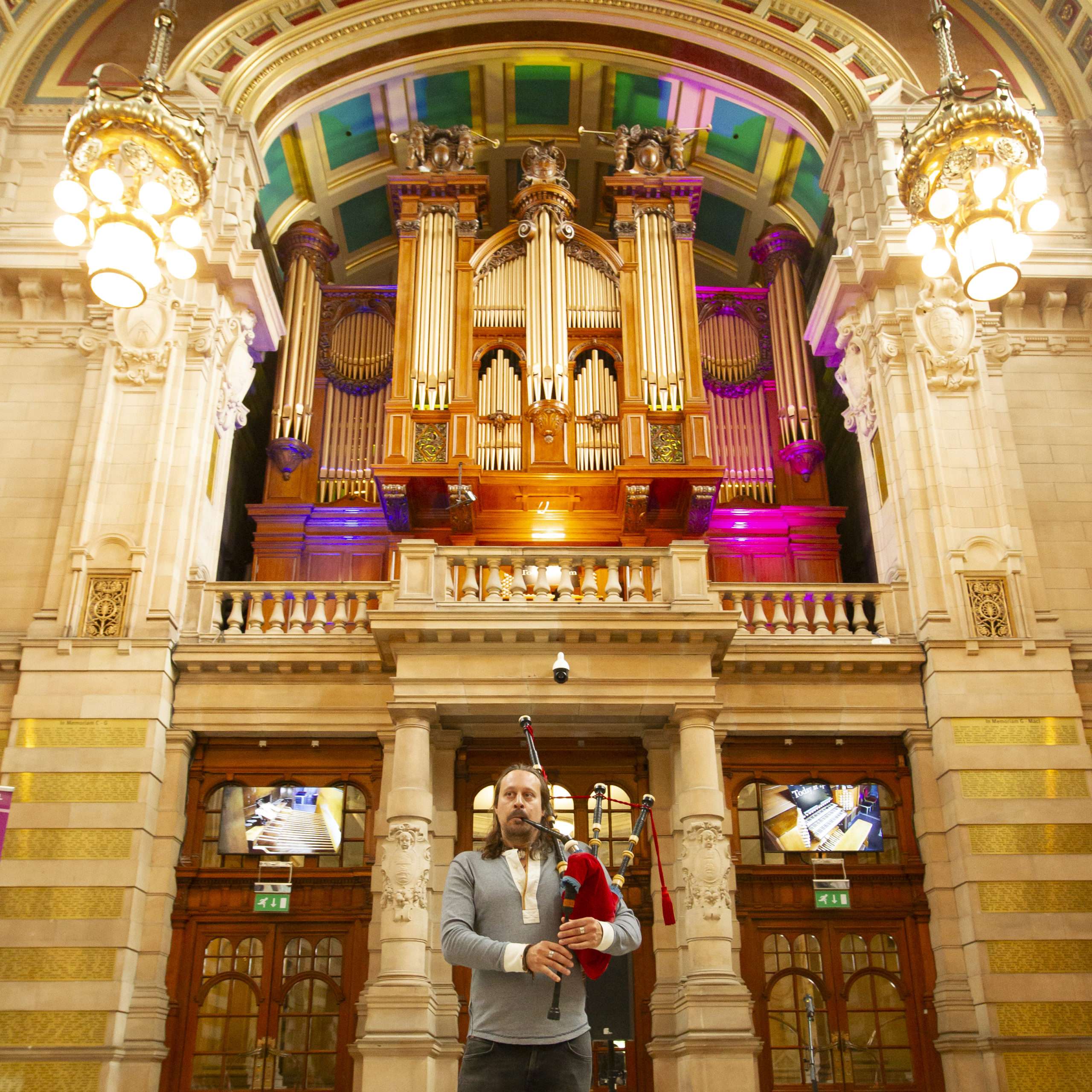
As we move into the Scottish summer (keeping everything crossed for some sunshine!) the piping season begins in earnest with a huge range of Highland Games across the country, all of which feature some kind of piping with pipe bands, solo piping and ceilidhs across Scotland. This year’s World Pipe Band Championships has been announced as the 15th and 16th August. Keep up with all the pipe band news at www.rspba.org
Piping Live! returns in full force to the streets of Glasgow in the run up to the World’s once again as Glasgow hosts the world’s biggest week of piping! This year, we are celebrating the 22nd edition of our festival running from 11th – 17th August, which attracts performers and audiences from across the world. In 2024, we welcomed performers from Sweden, Ireland, and Galicia in Spain performing on their own styles of bagpipes, as well as Scottish Pipe Bands from Australia, USA and Canada as well as from across Scotland. We can’t wait for this year’s festival – keep up with what’s happening and register for email updates at www.pipinglive.co.uk
The first weekend of August in Maxville, Ontario the Glengarry Highland Games will again host the North American Pipe Band Championships. At the end of August, the piping world turns its focus to top level solo competition, with the Argyllshire Gathering taking place in Oban on 27th and 28th August, and the Northern Meeting in Inverness happening on 11th–12th September. These see the world’s best solo performers gather to compete for the most prestigious solo piping prizes, as well as a chance to qualify for the Glenfiddich Piping Championship. The Glenfiddich Piping Championship takes place at the end of October each year, and in 2025 will celebrate its 52nd event on Saturday 25th October. 10 competitors will gather at Blair Castle to compete in Piobaireachd and March, Strathspey and Reel disciplines to be crowned champion. Tickets to join us in person at Blair Castle or to watch through the livestream will go on sale around mid-July through the National Piping Centre website.
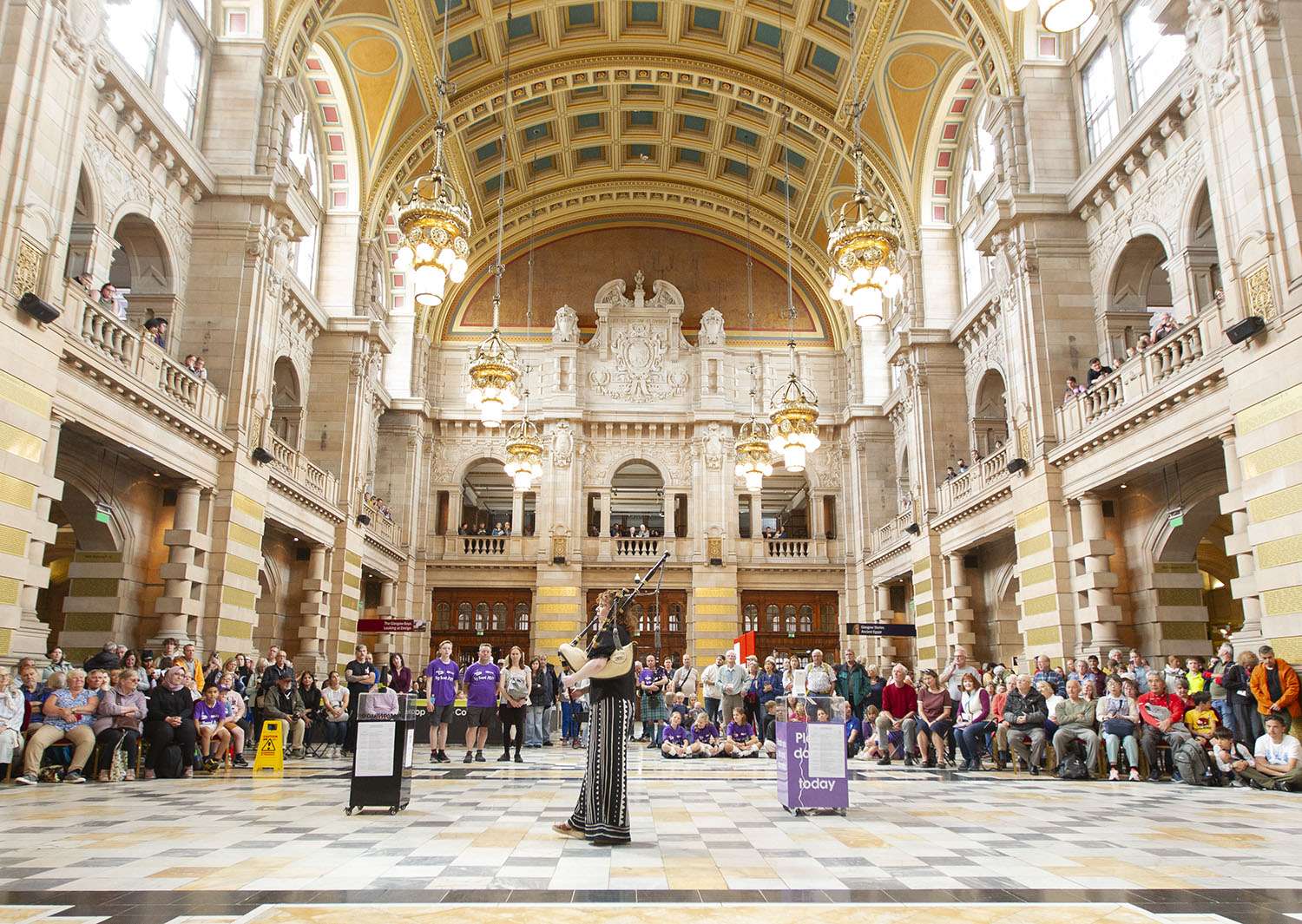
But October isn’t all about solo piping, as on Saturday 18th October, the World Solo Drumming Championship takes place, here in Glasgow, with the best drummers gathering to compete of several rounds to be crowned the best. It was a year of double celebration for Inveraray & District as their Lead Drummer Steven McWhirter was crowned champion for the 12th time at 2024’s championship. This will be a hotly contested event in 2025, that’s for sure! The Glenfiddich Piping Championship marks the end of the 2025 season, only for the 2026 season to start shortly after in London with the Scottish Piping Society of London’s annual competition, which celebrates its 87th year in 2025. Also, in the USA and Canada there are a number of piping events through November, with the An Crios Gréine – Sun Belt Invitational Solo Piping Competition taking place in Florida and the George Sherriff Memorial Invitational for amateur players taking place in Hamilton Ontario. Dates for these events will be confirmed later this year.
So, if you are travelling this year, come and hear piping in Scotland – or look out for it around the world!
You can find out more about all The National Piping Centre’s projects at www.thepipingcentre.co.uk or get the latest news and results from the piping world at www.bagpipe.news which will give you details of events happening across the globe.
Main photo: Scotch College Pipe Band on Buchanan Street, Glasgow.
Text and images courtesy of The National Piping Centre.

